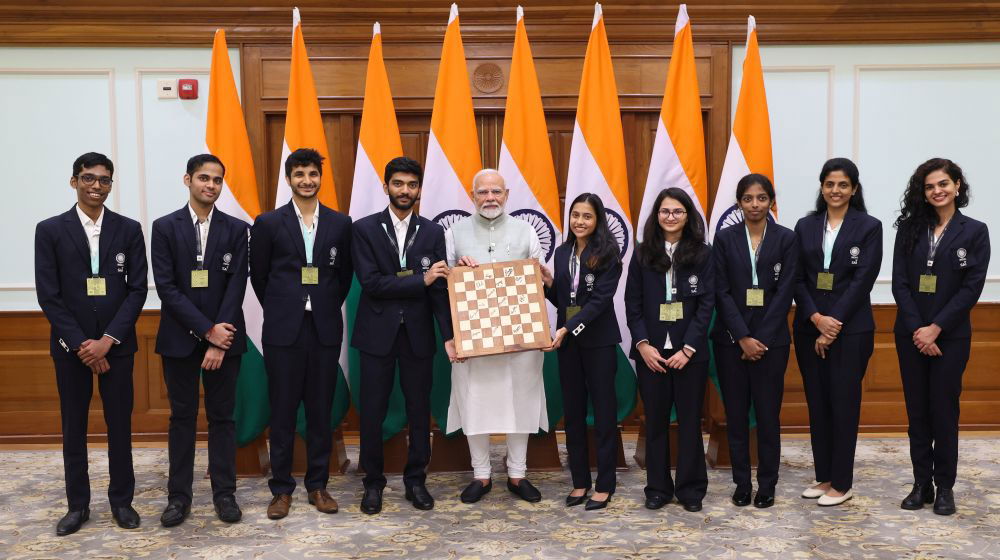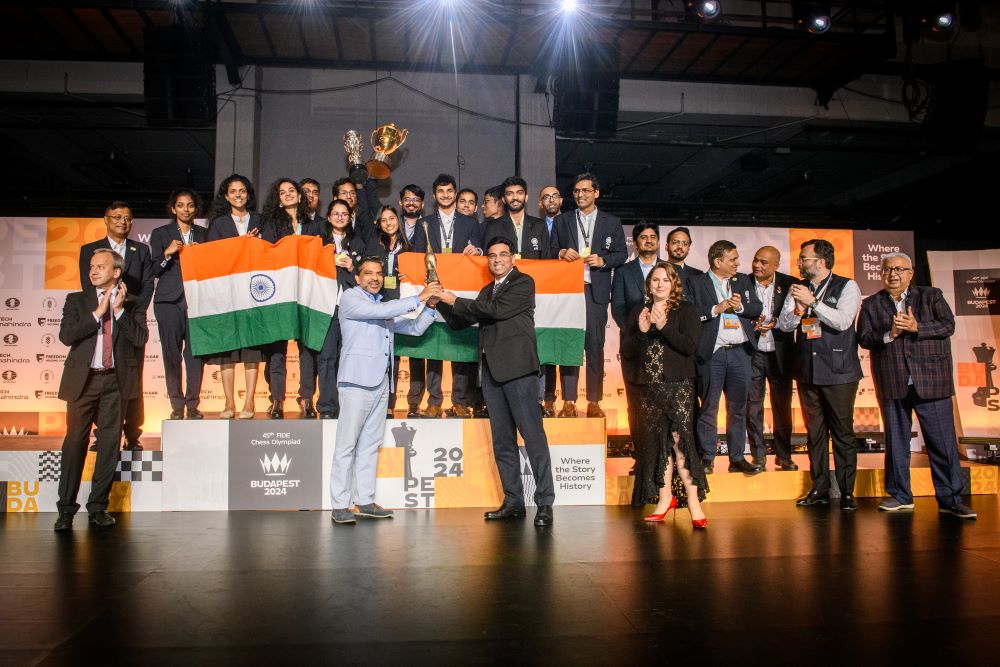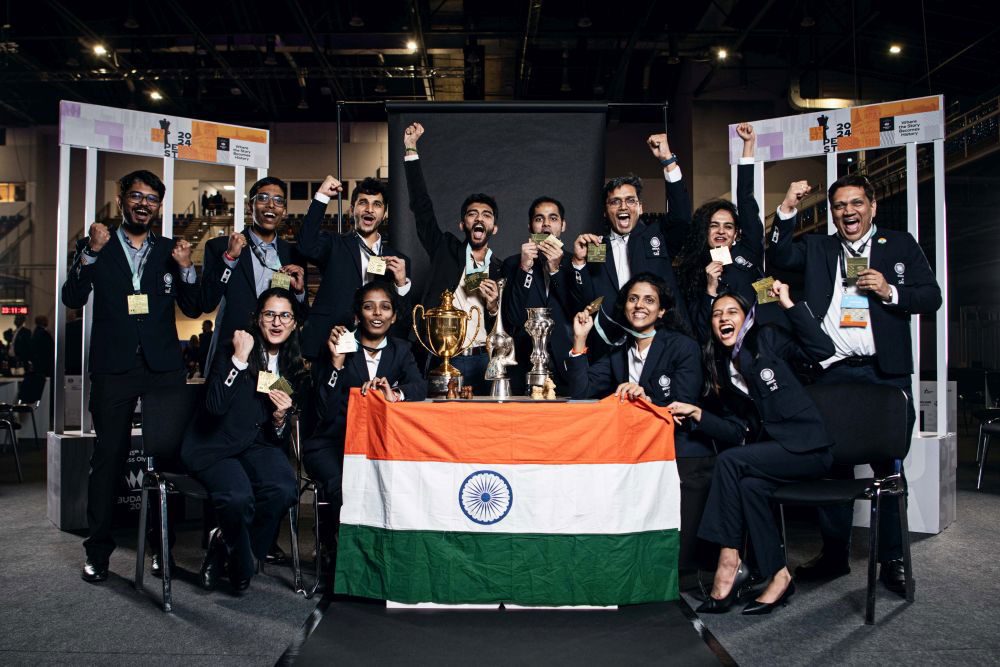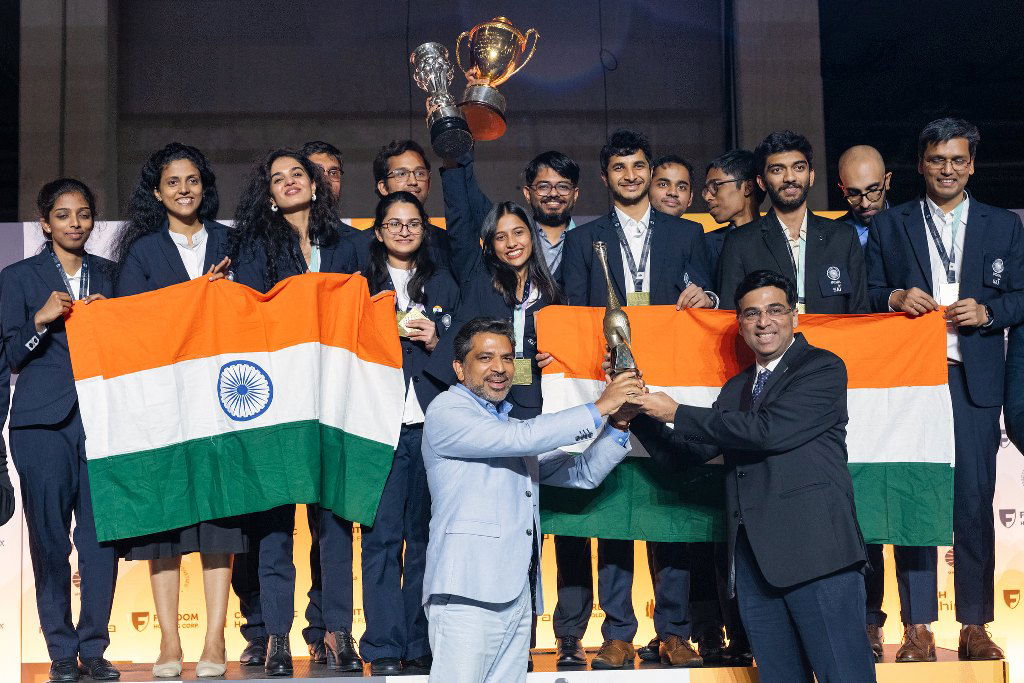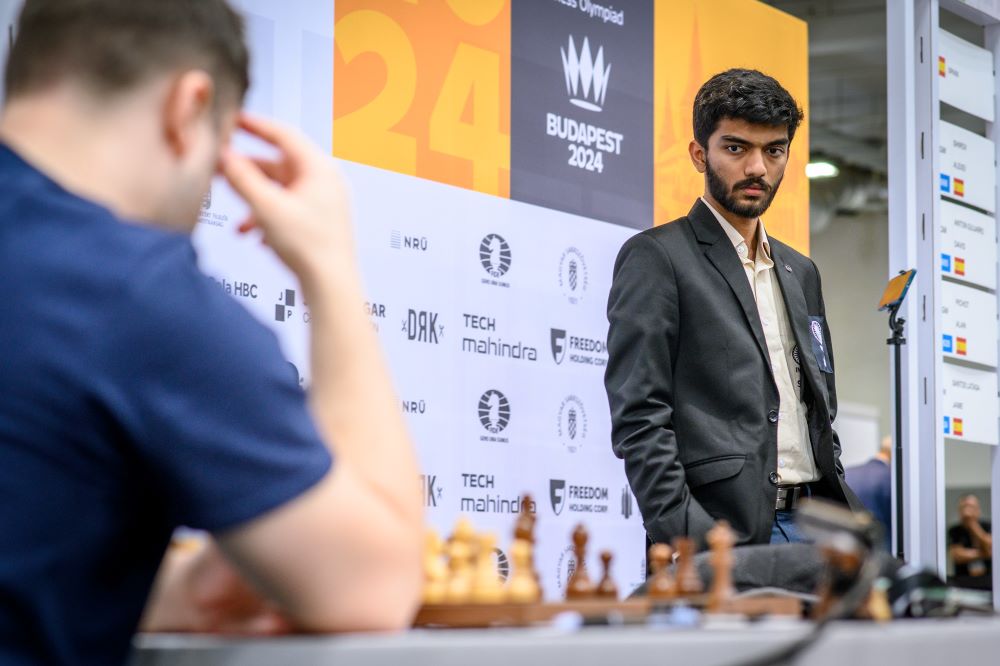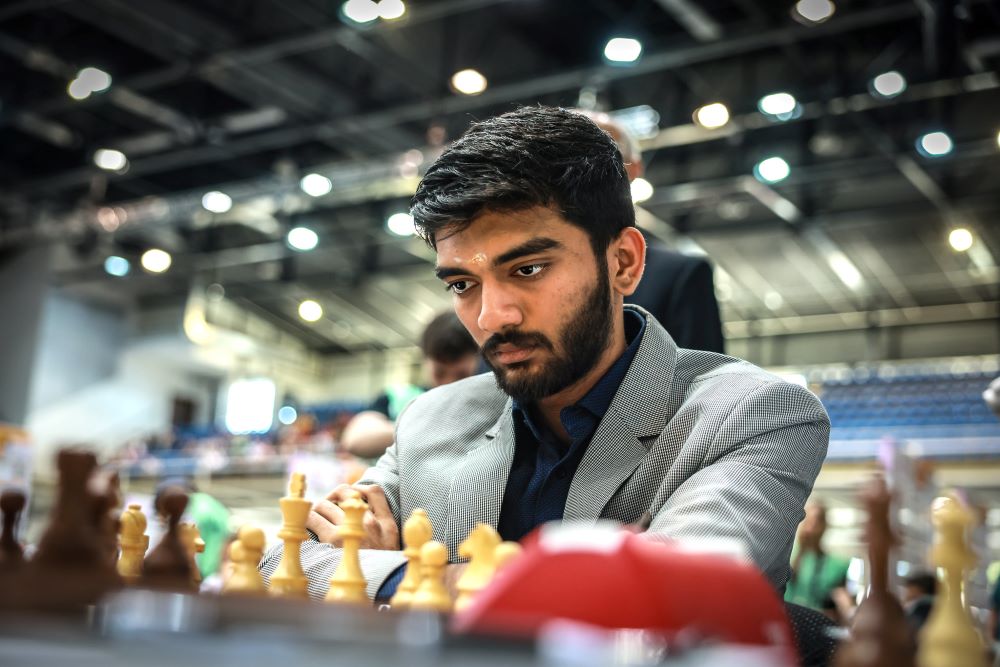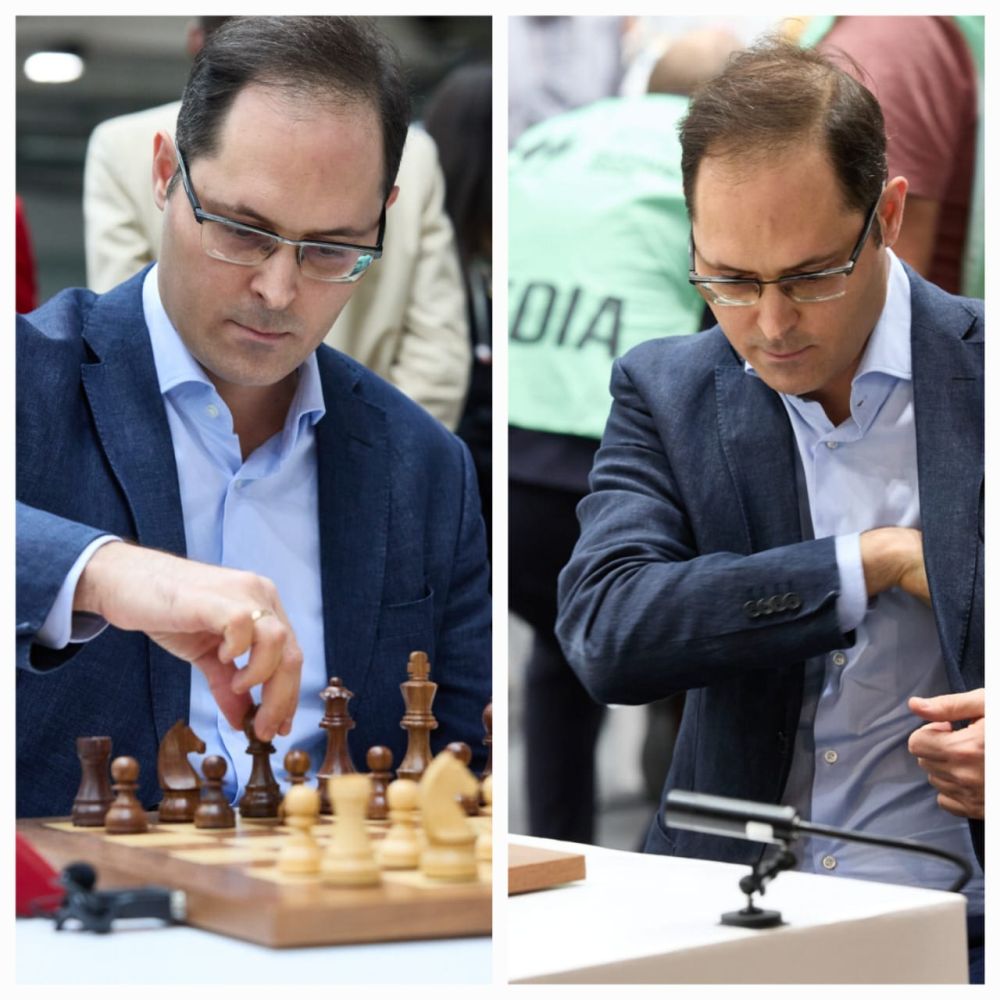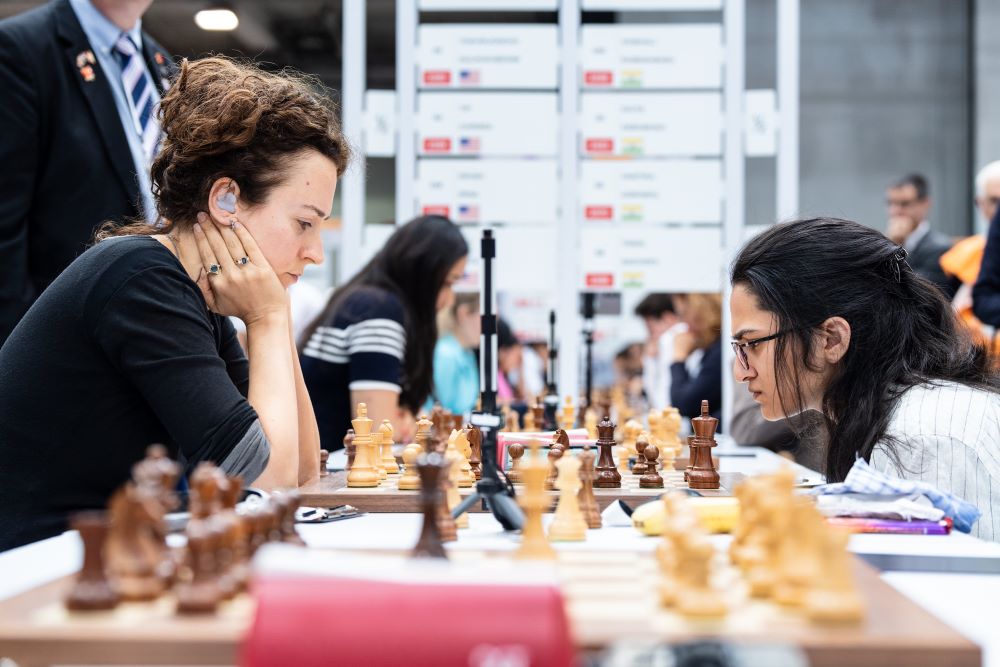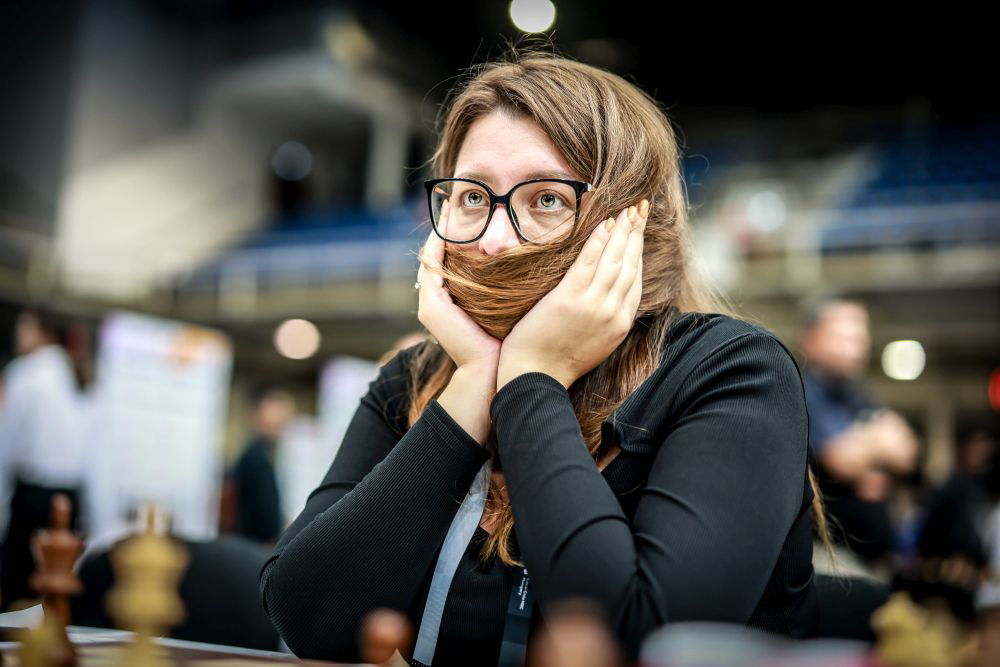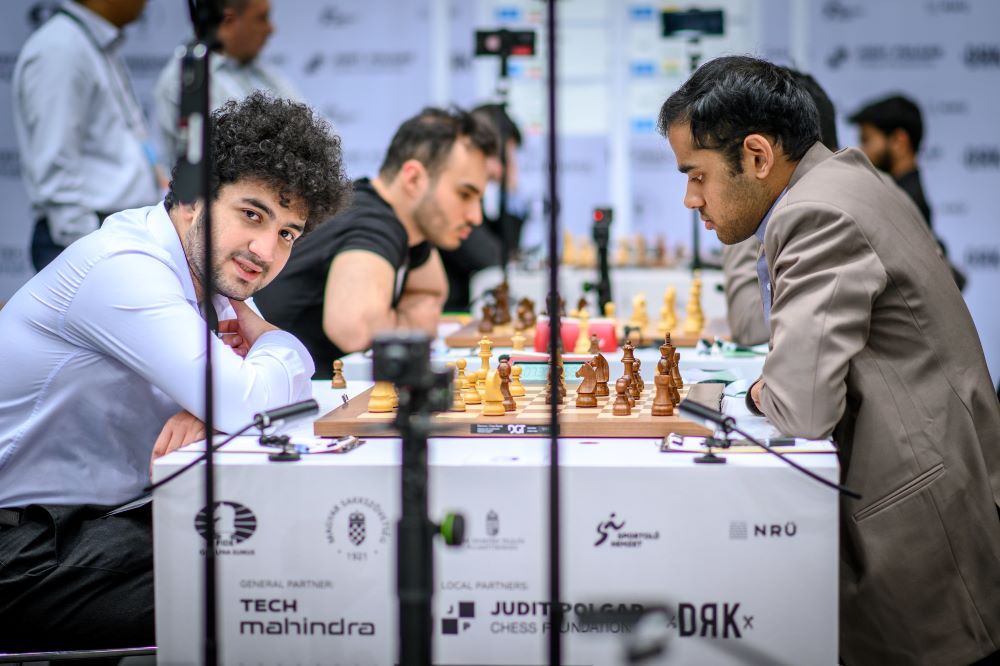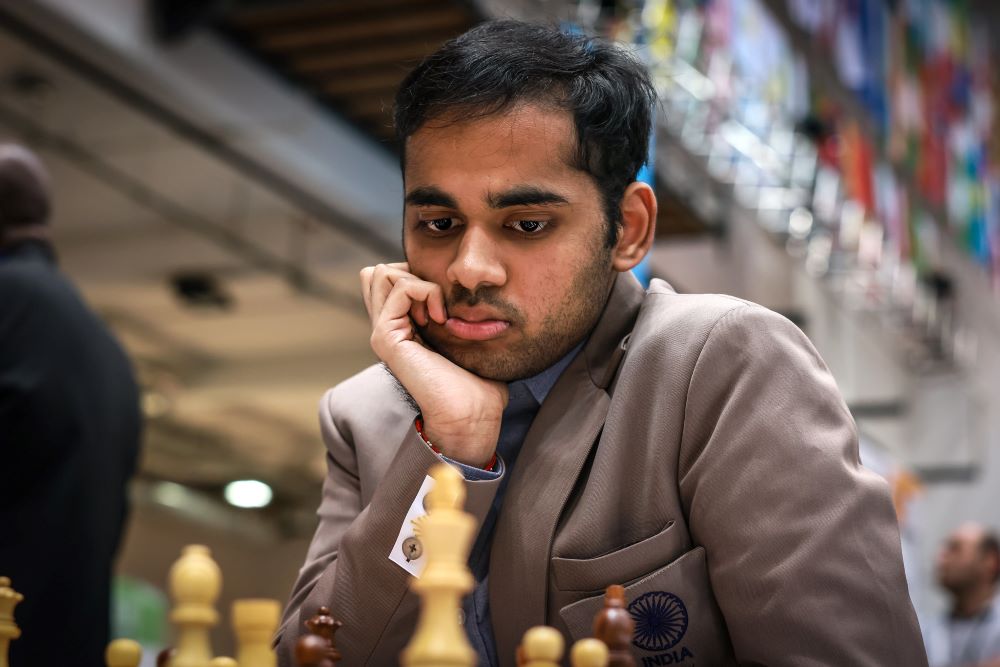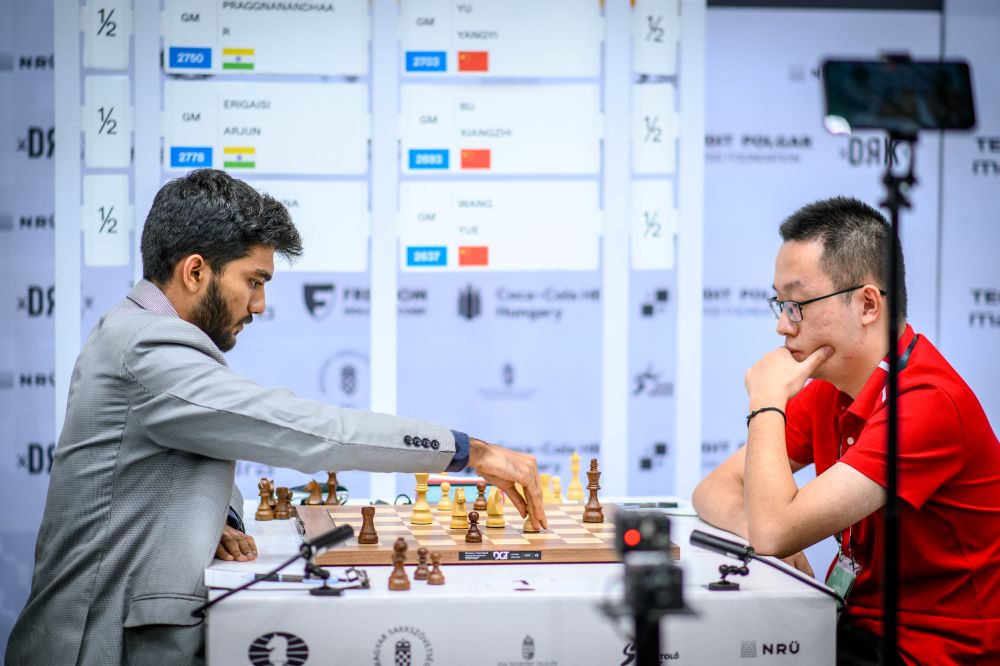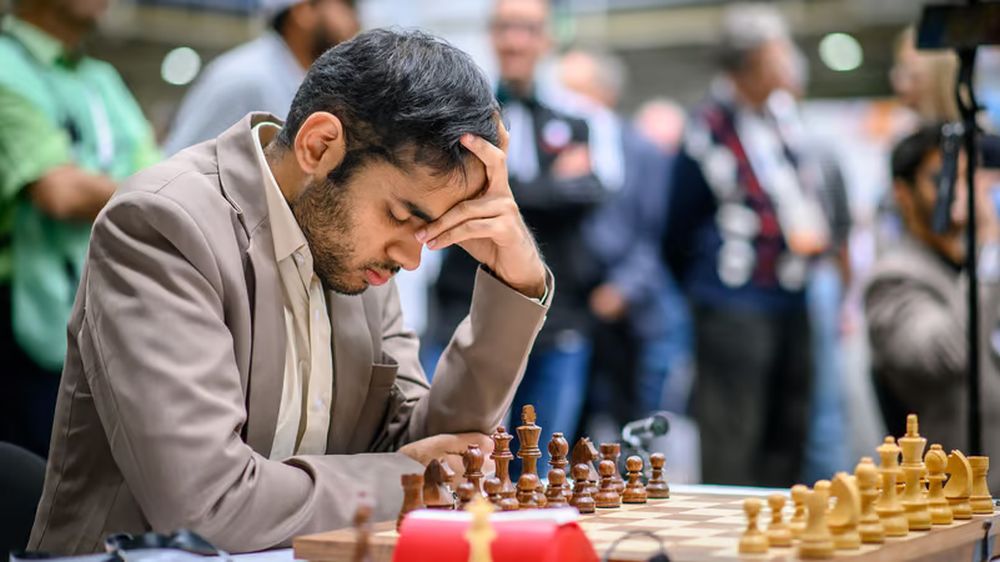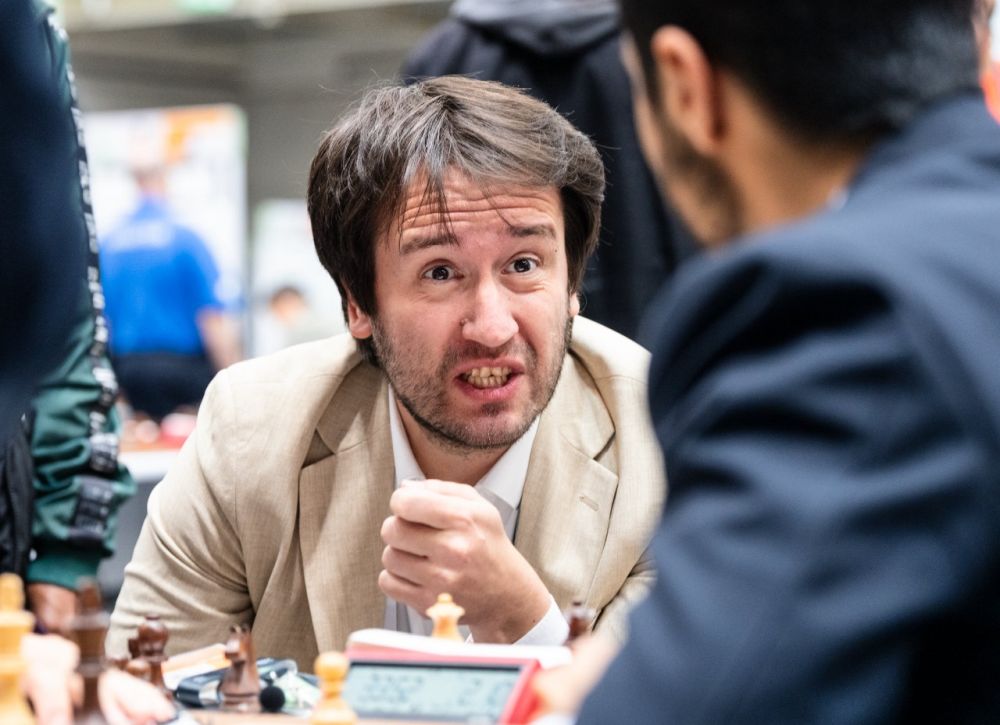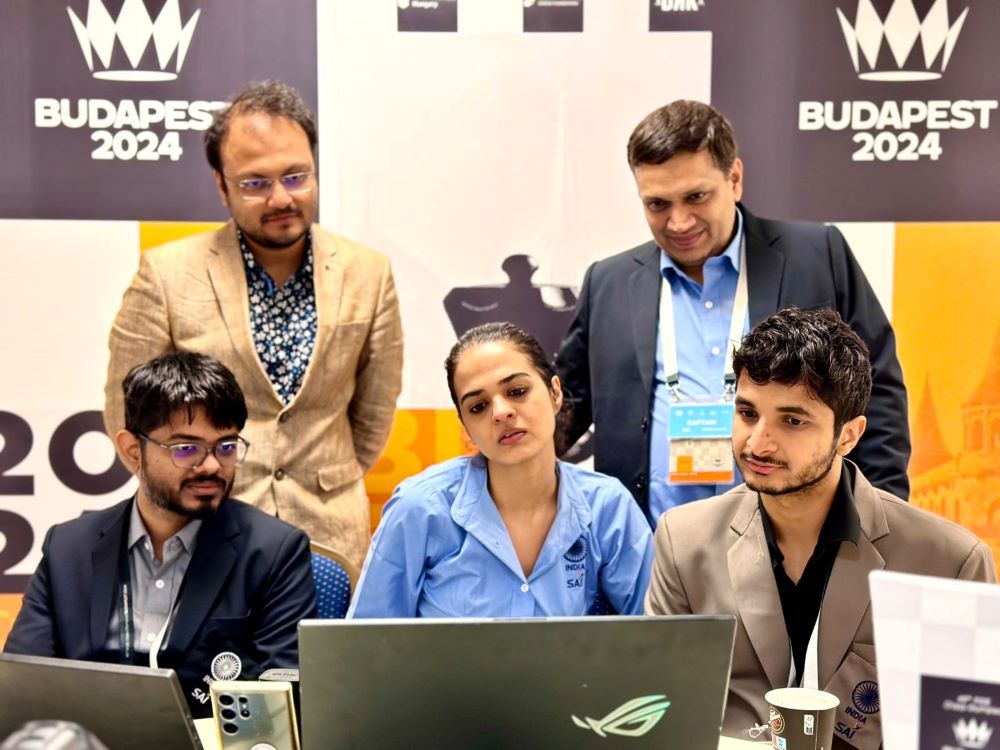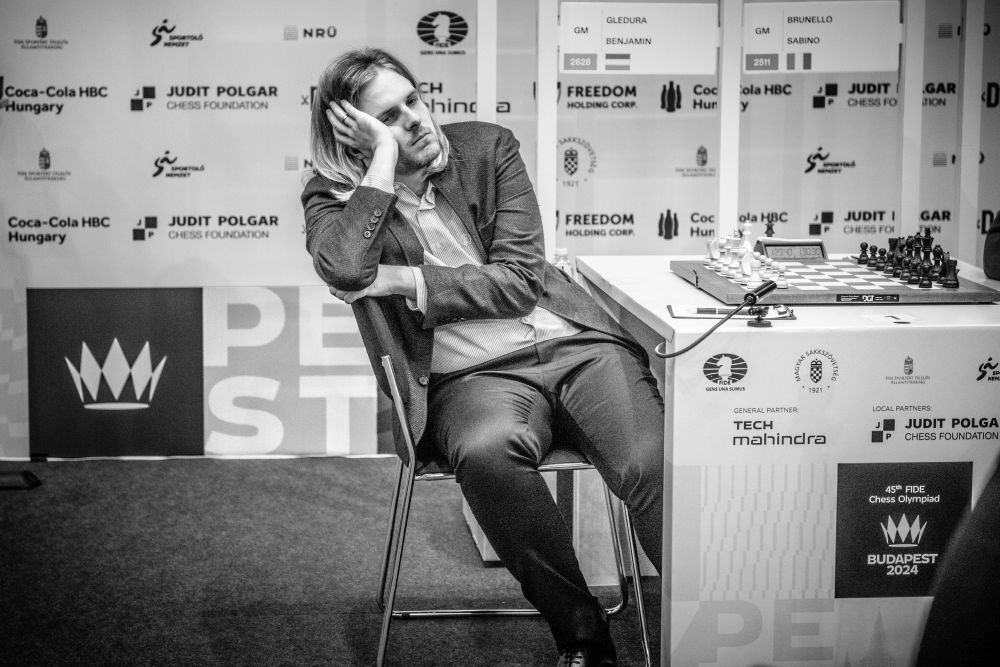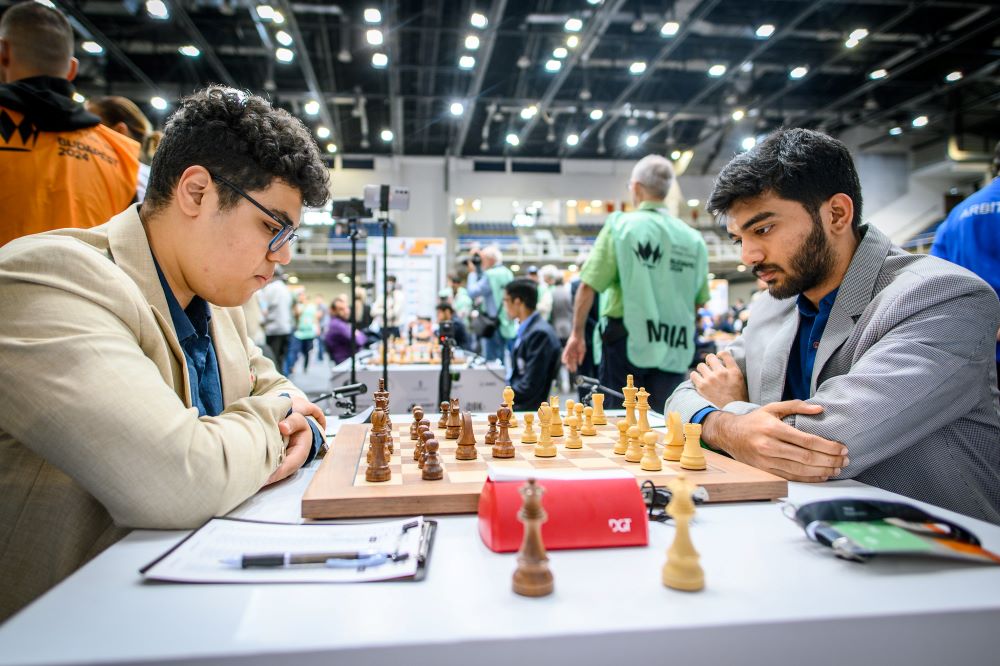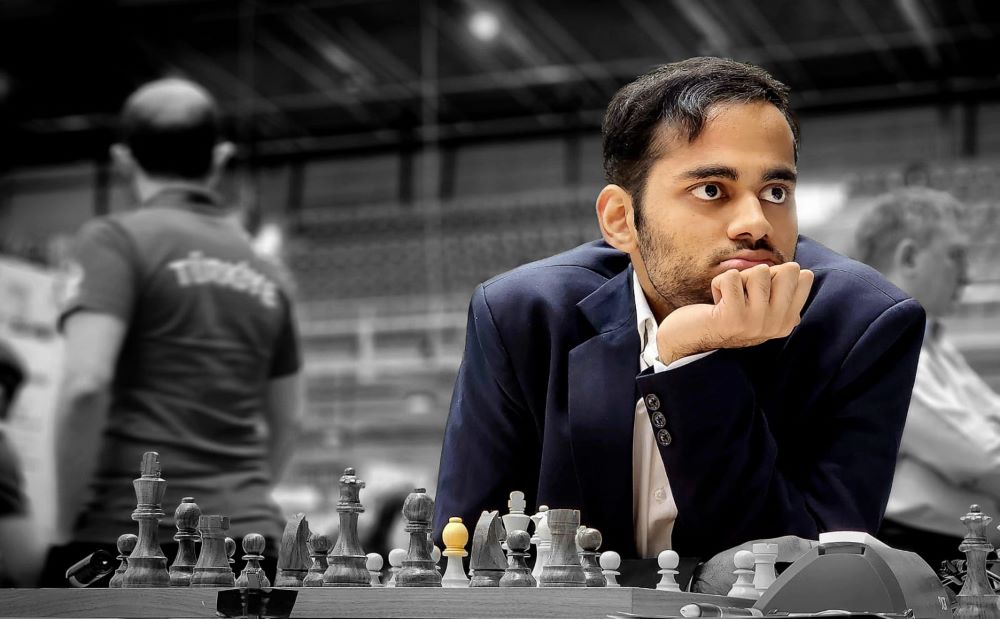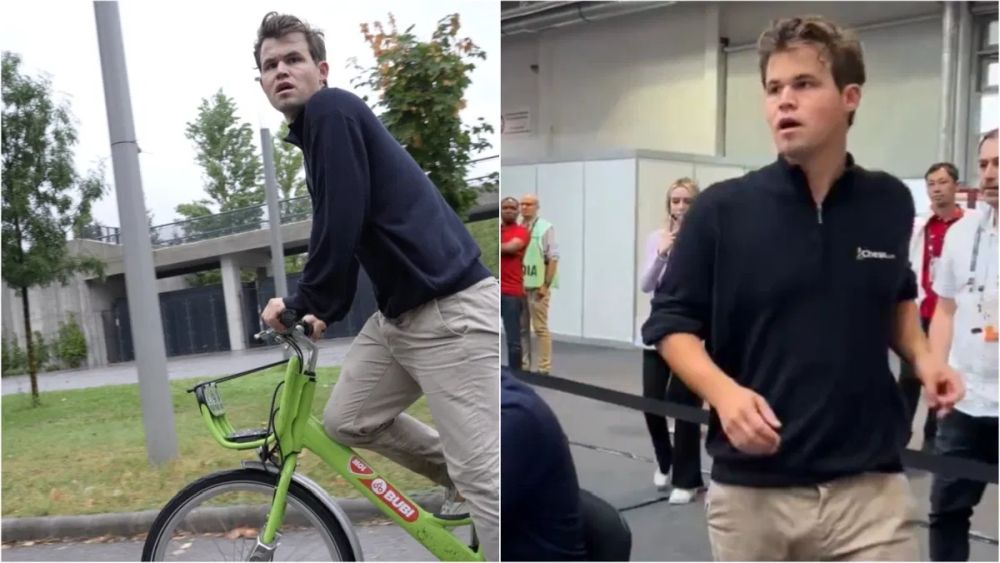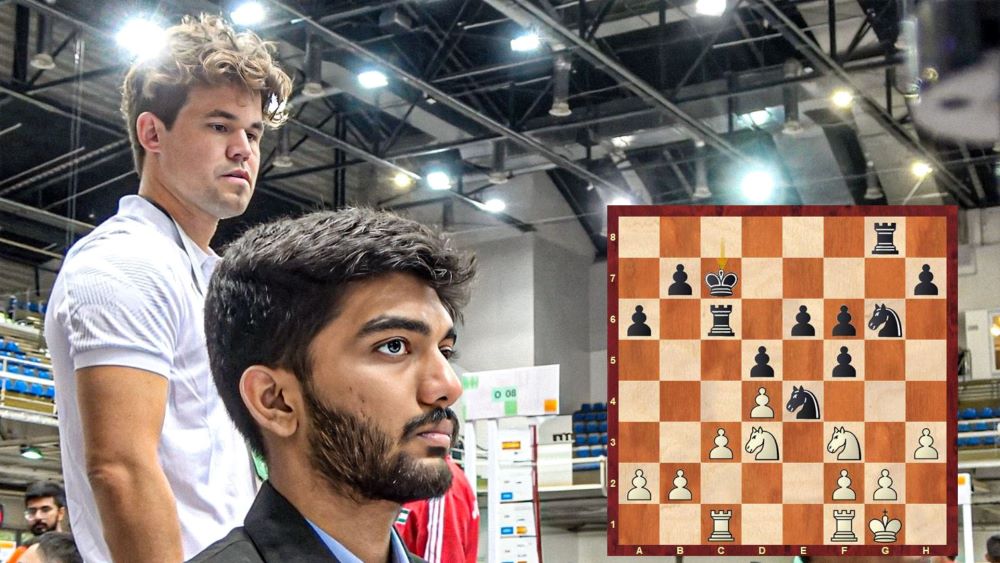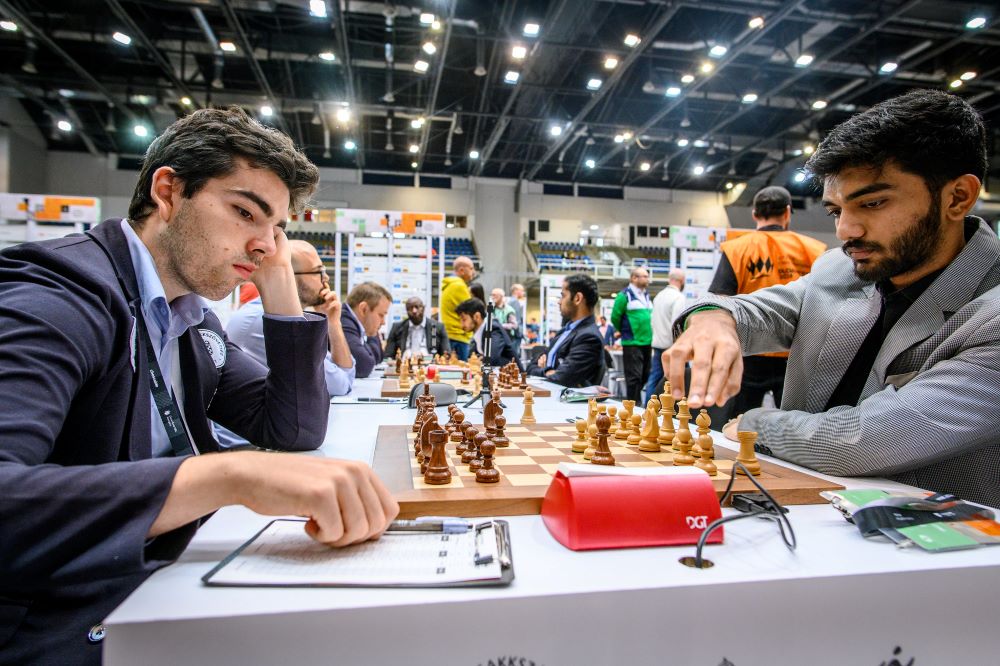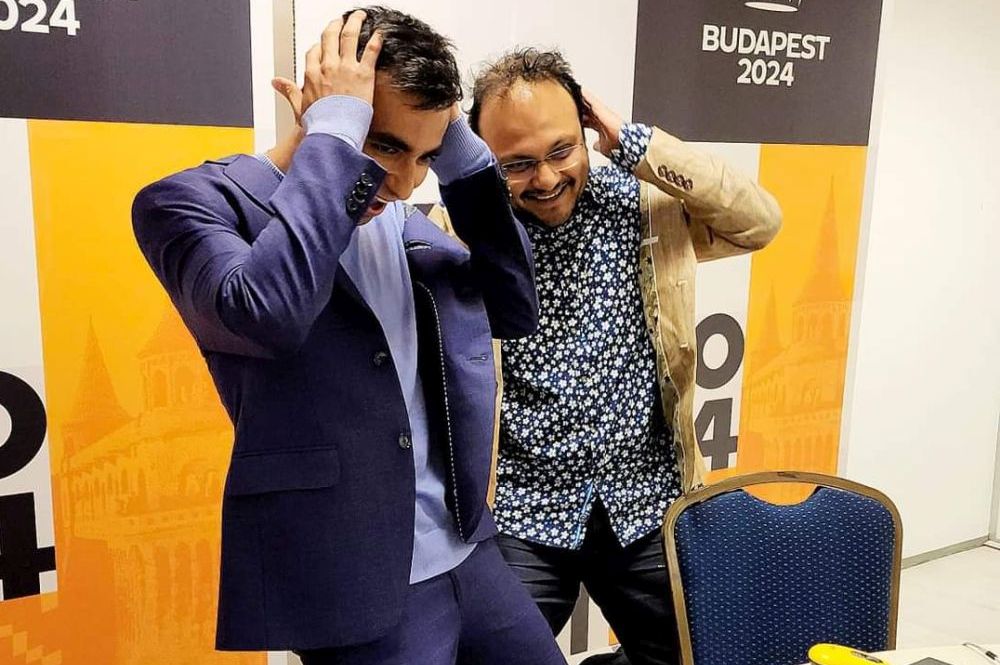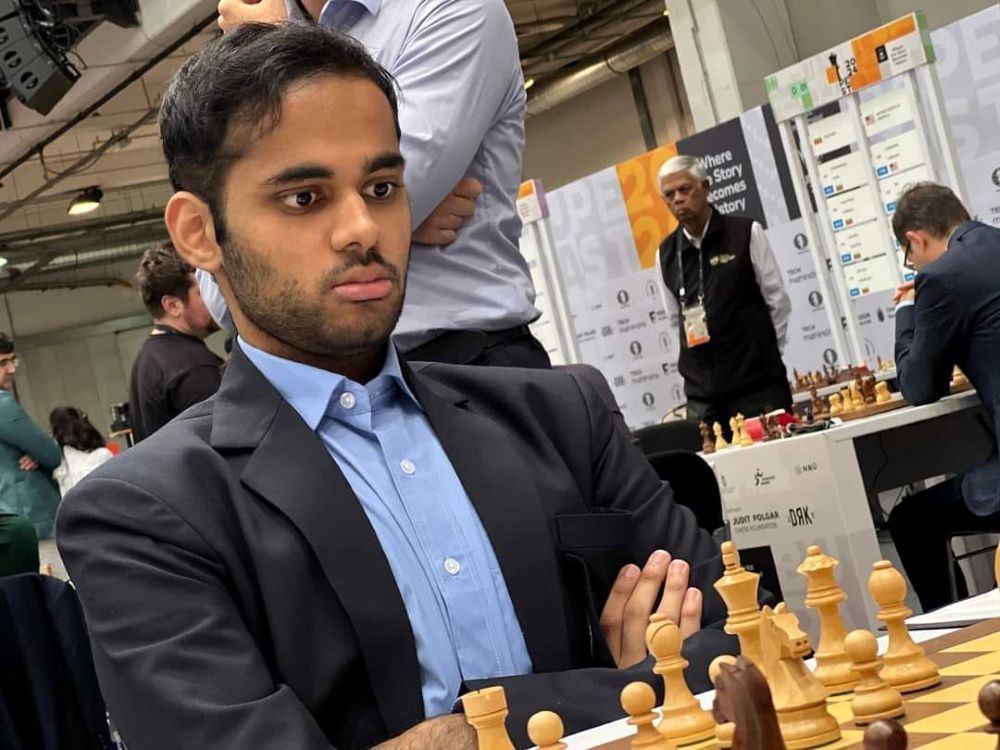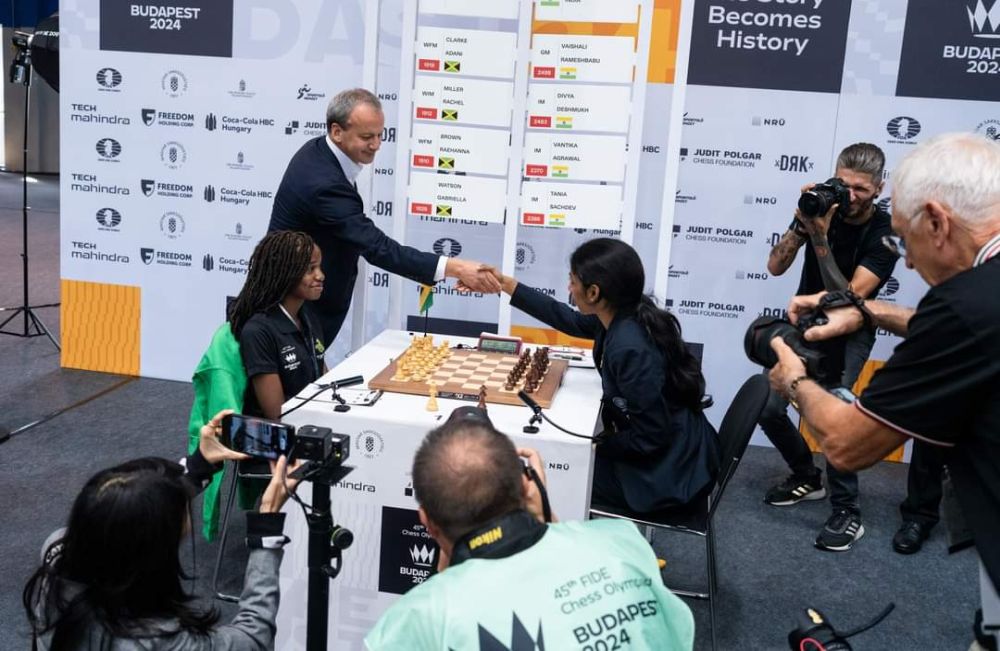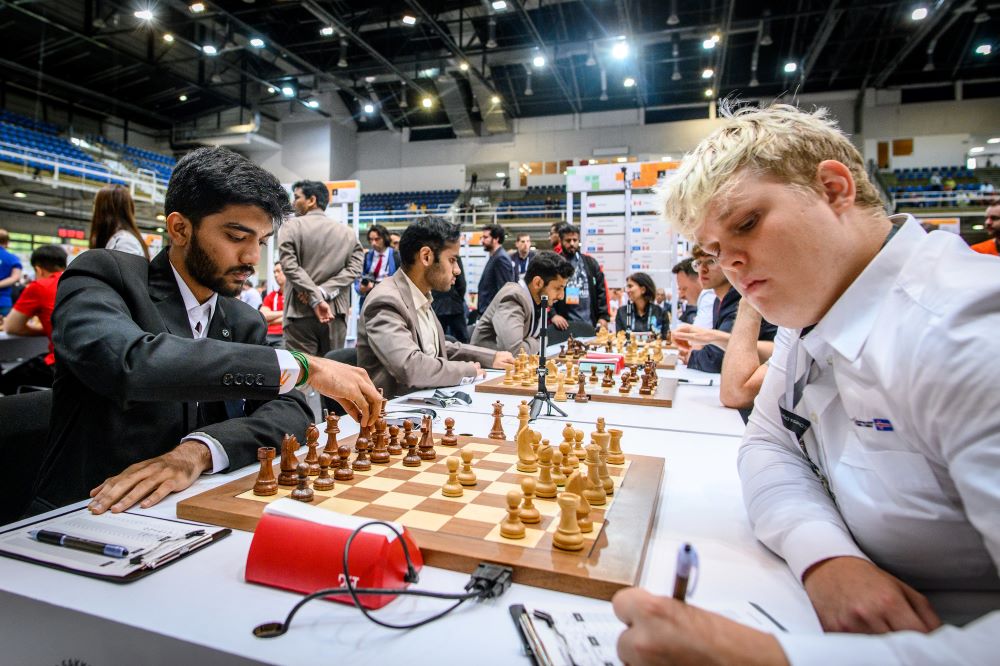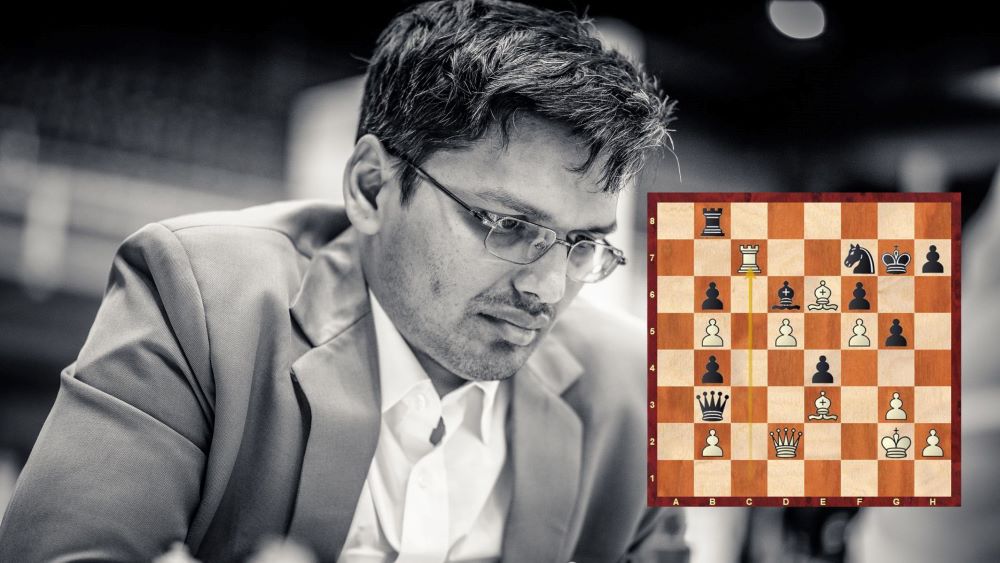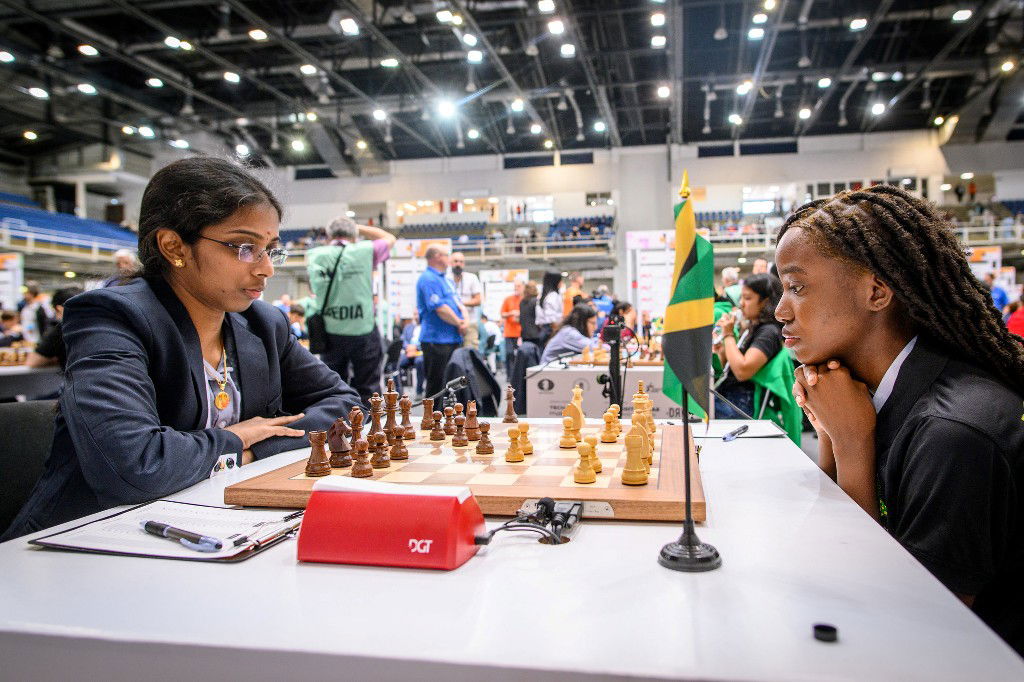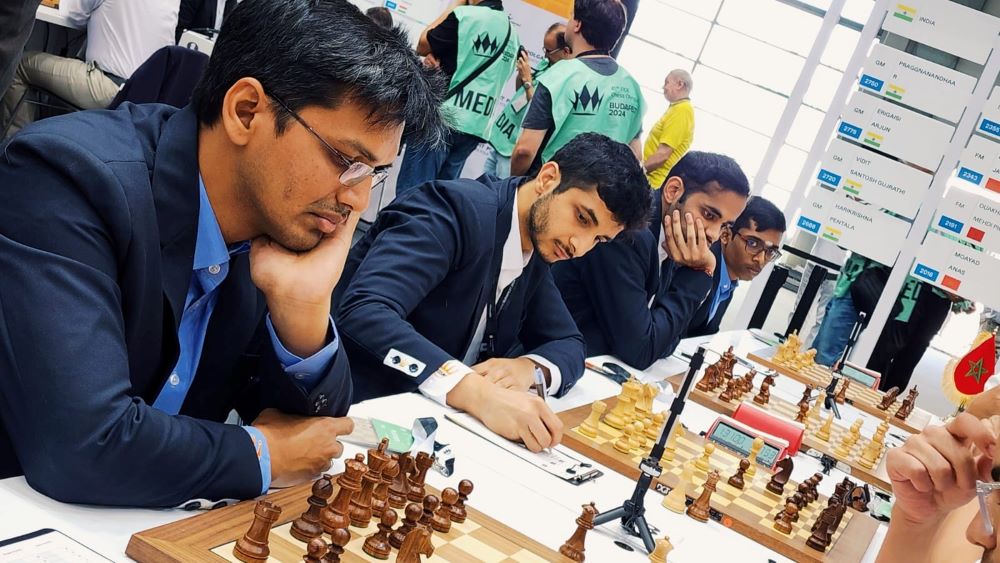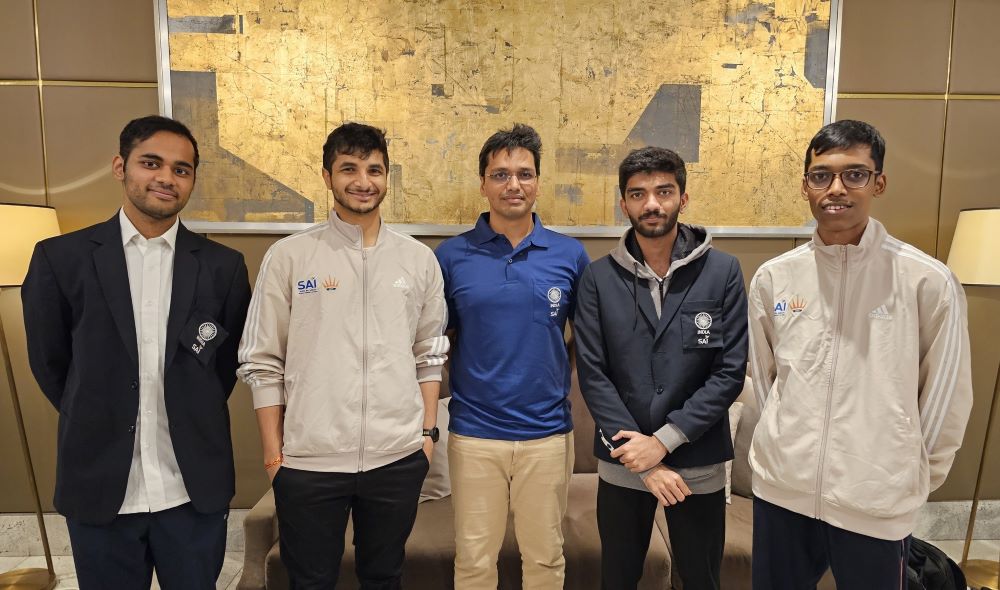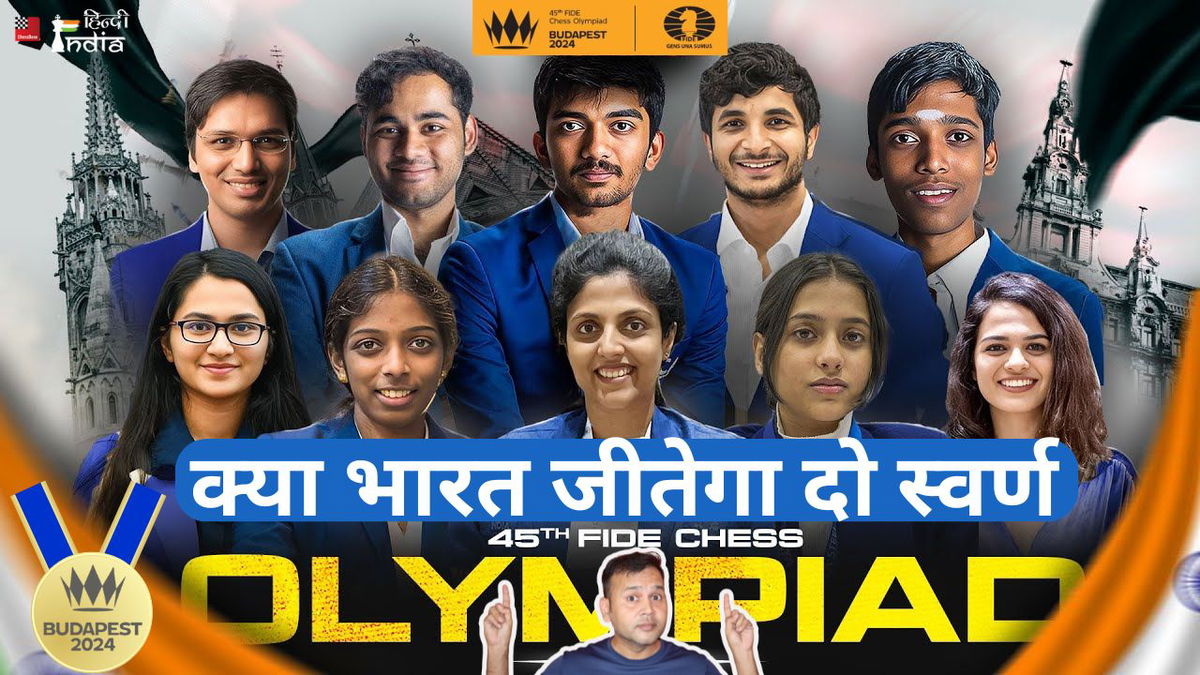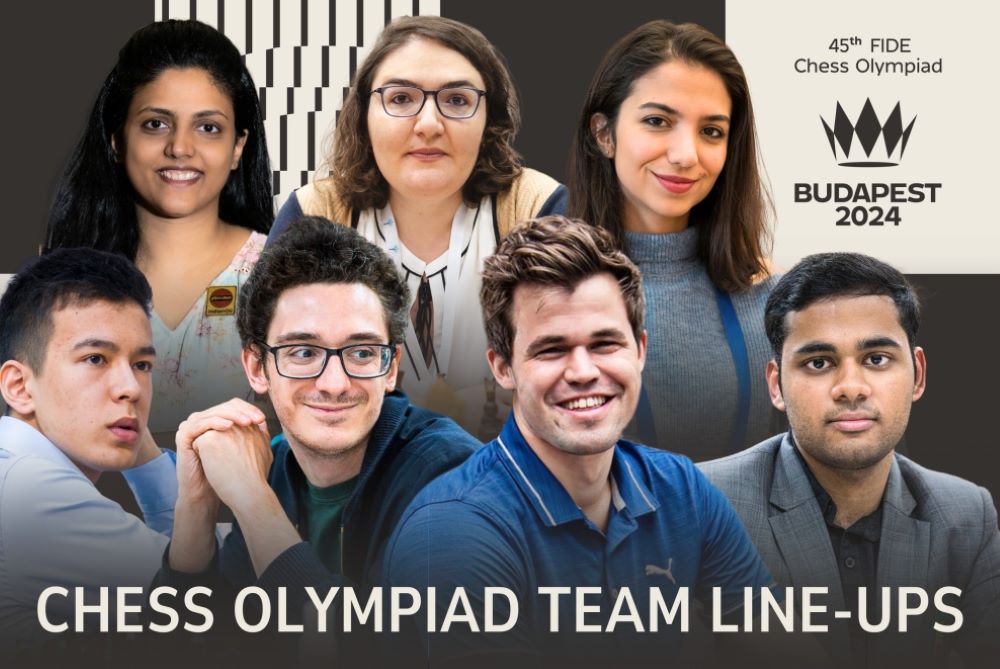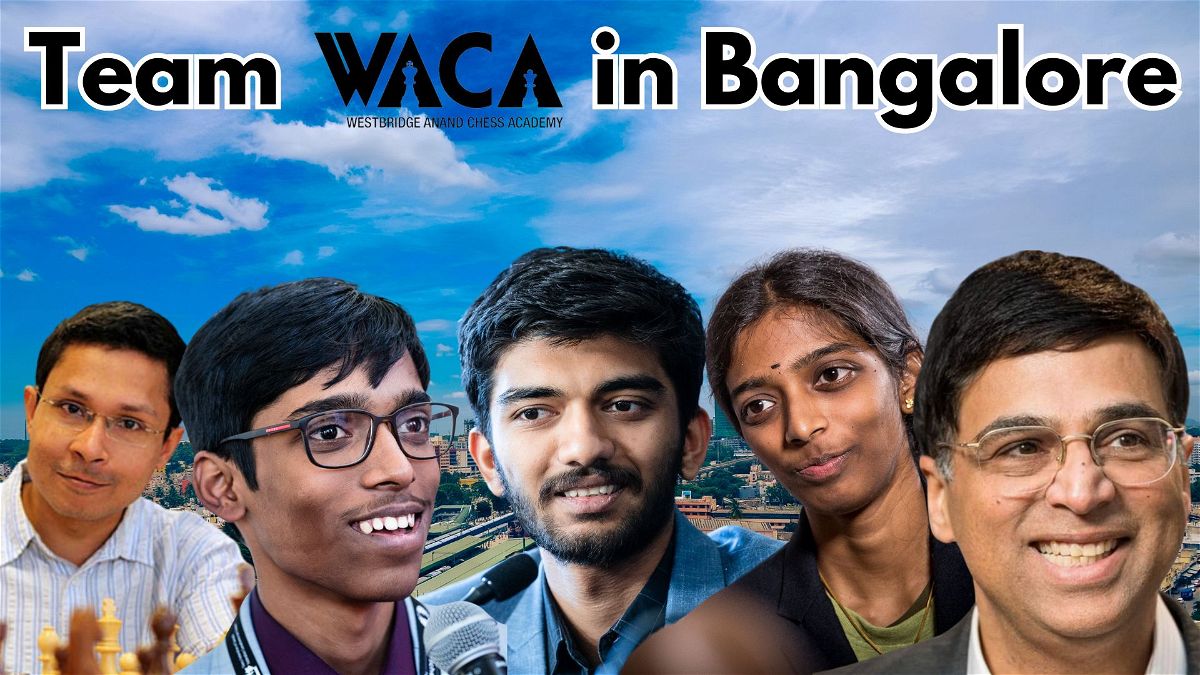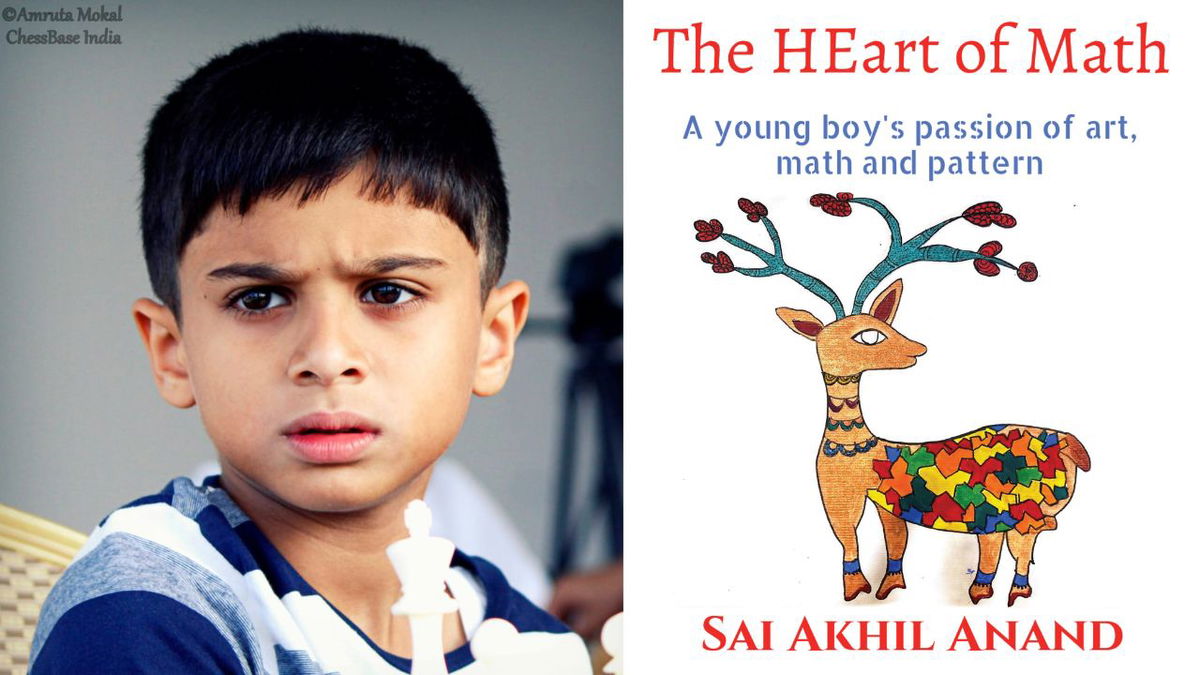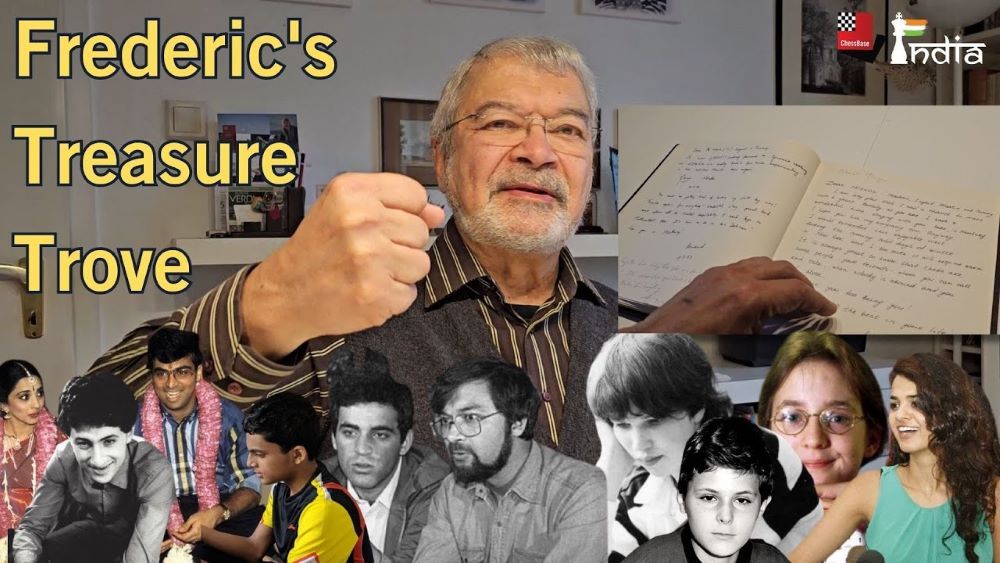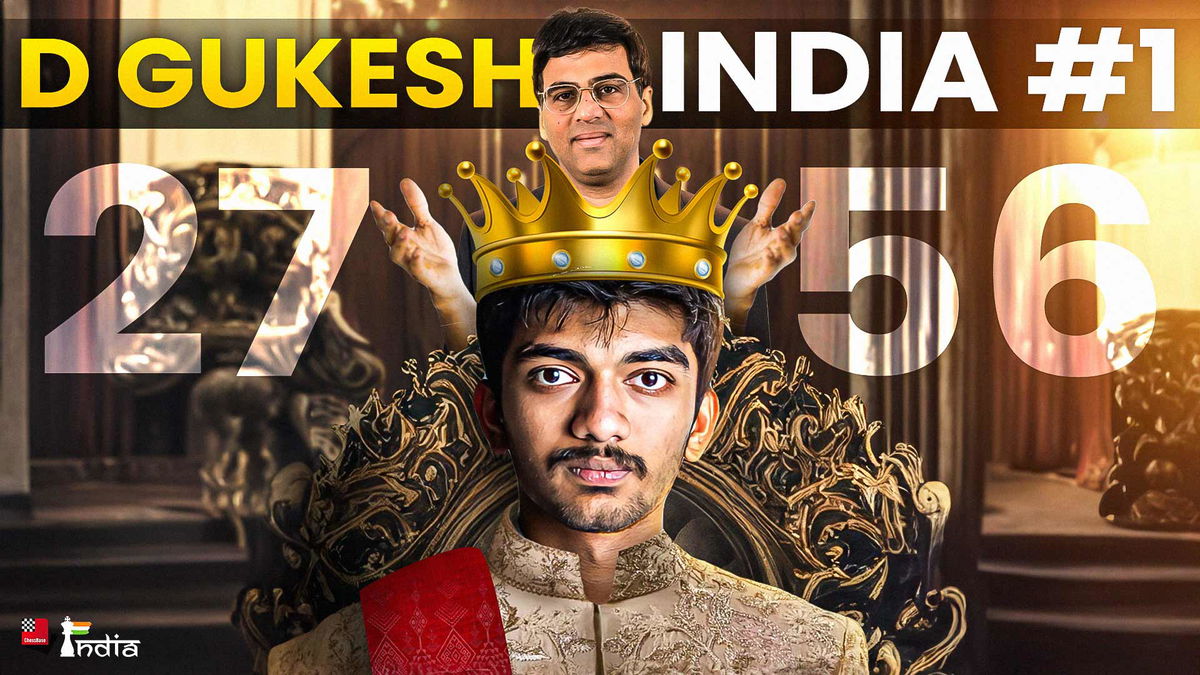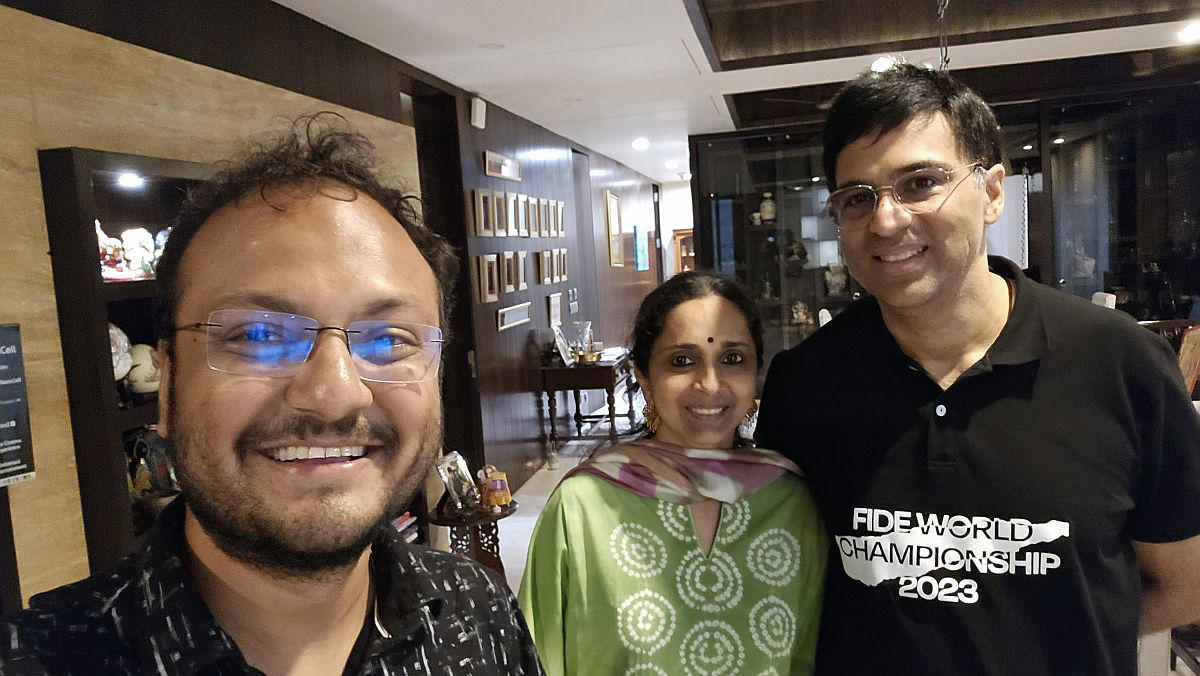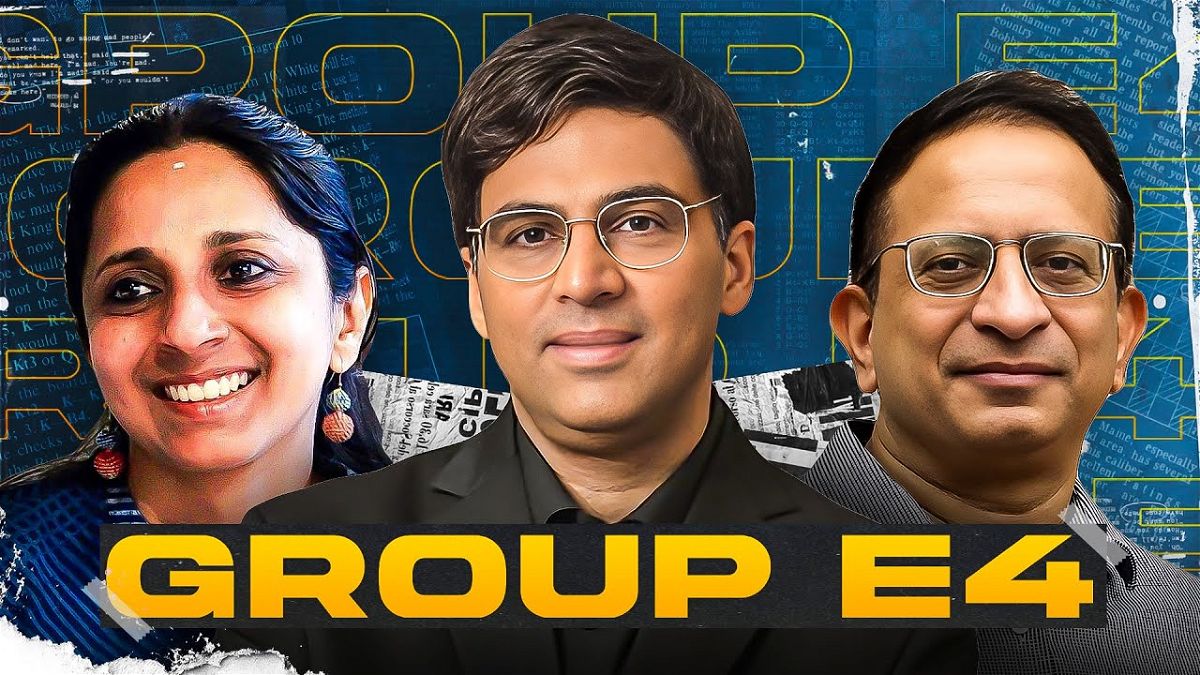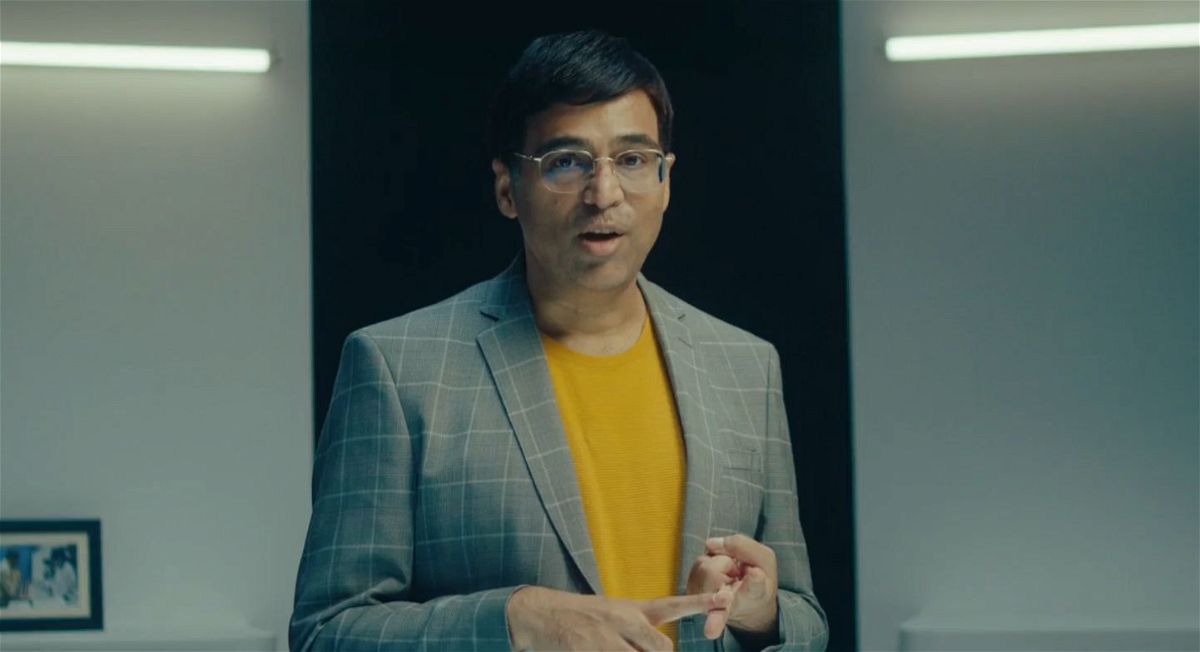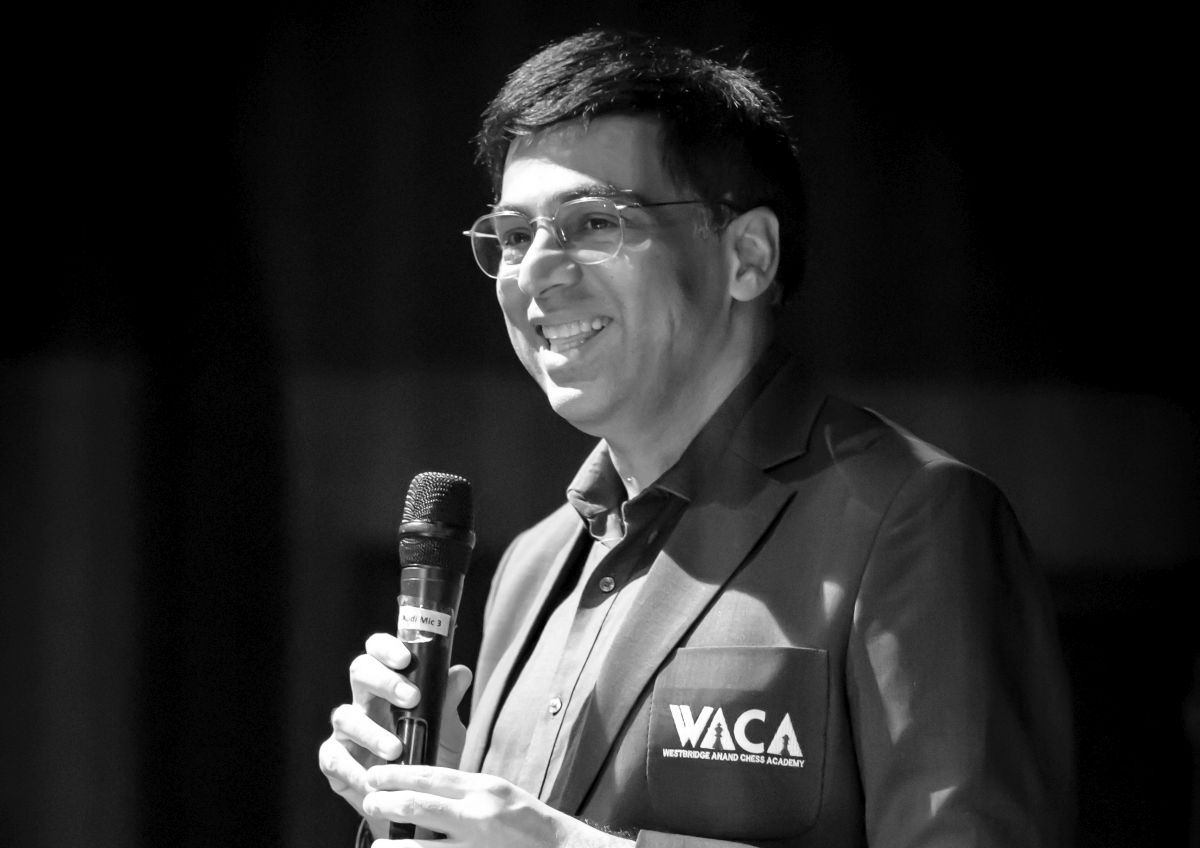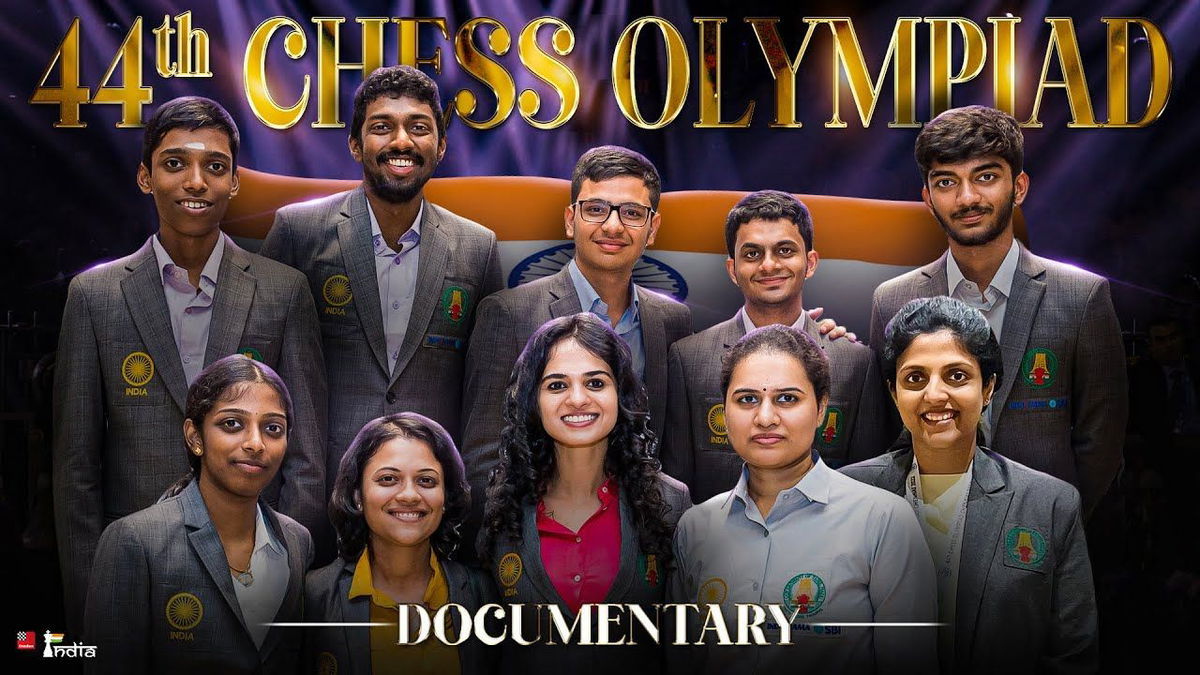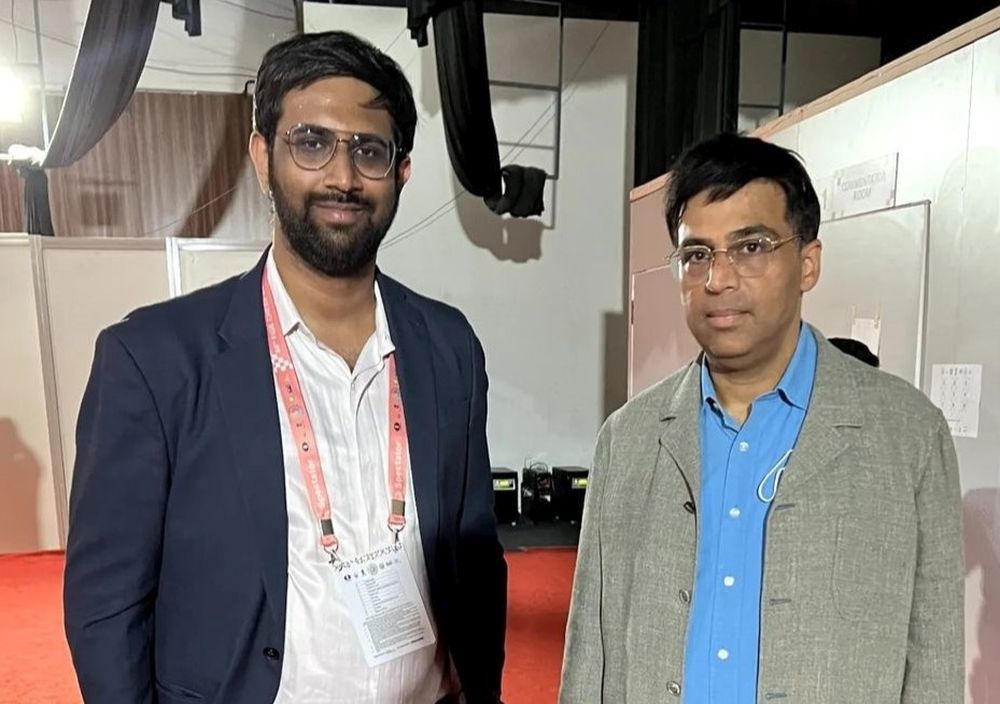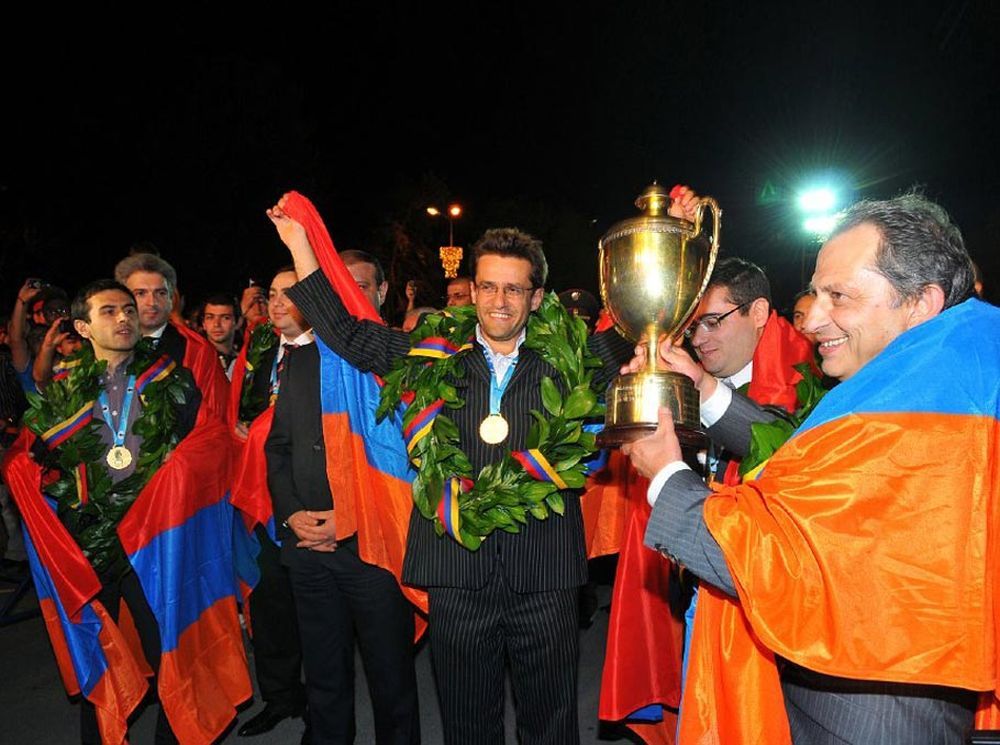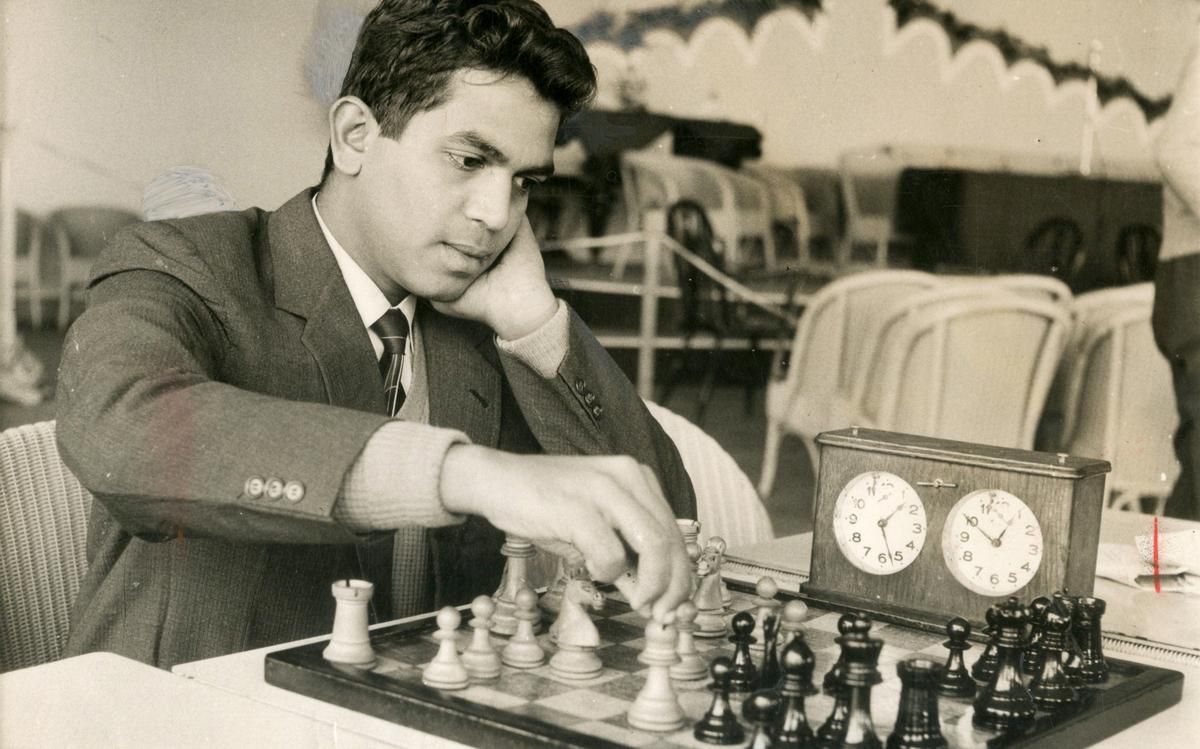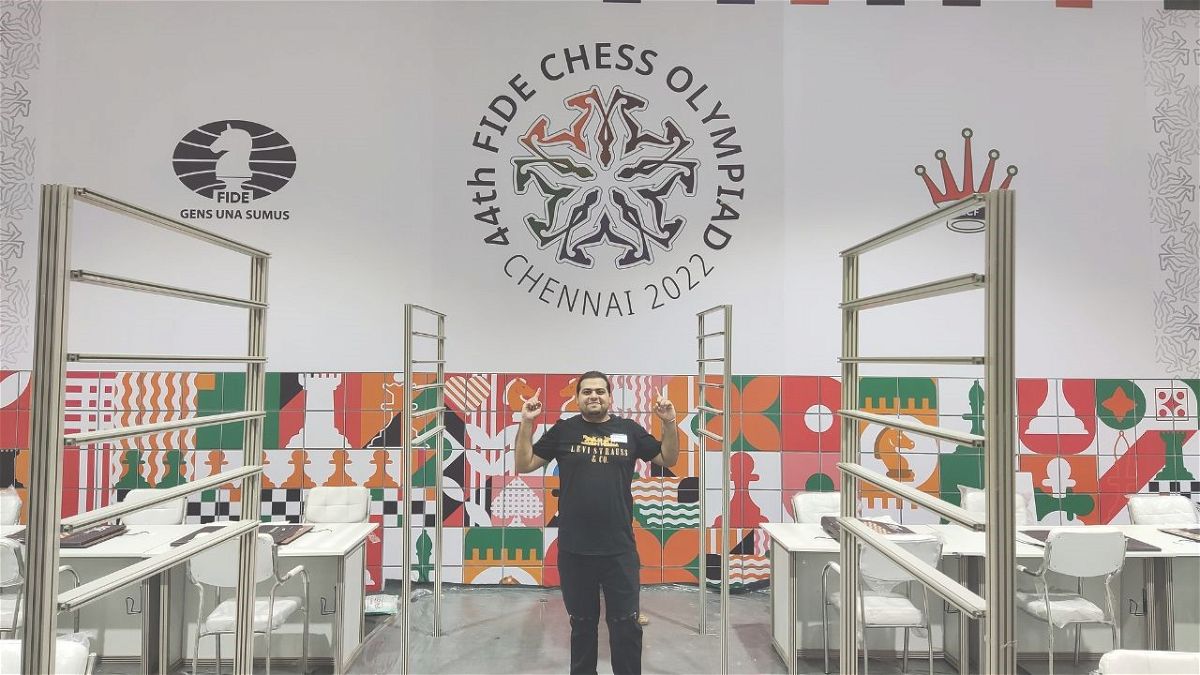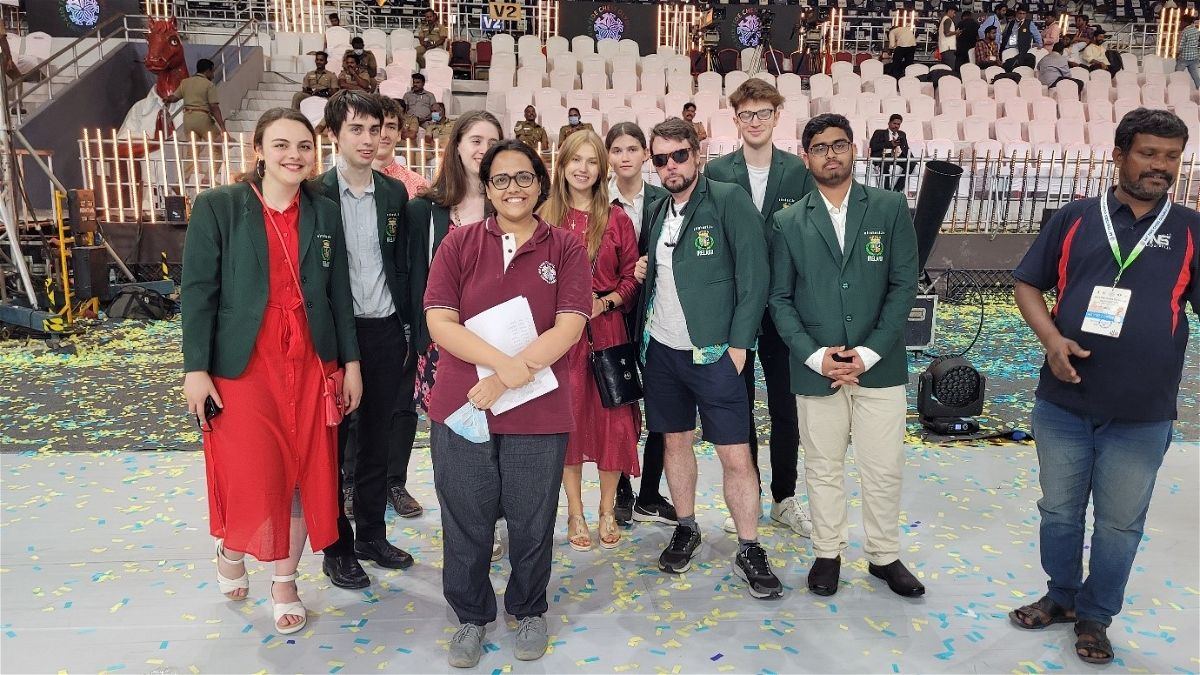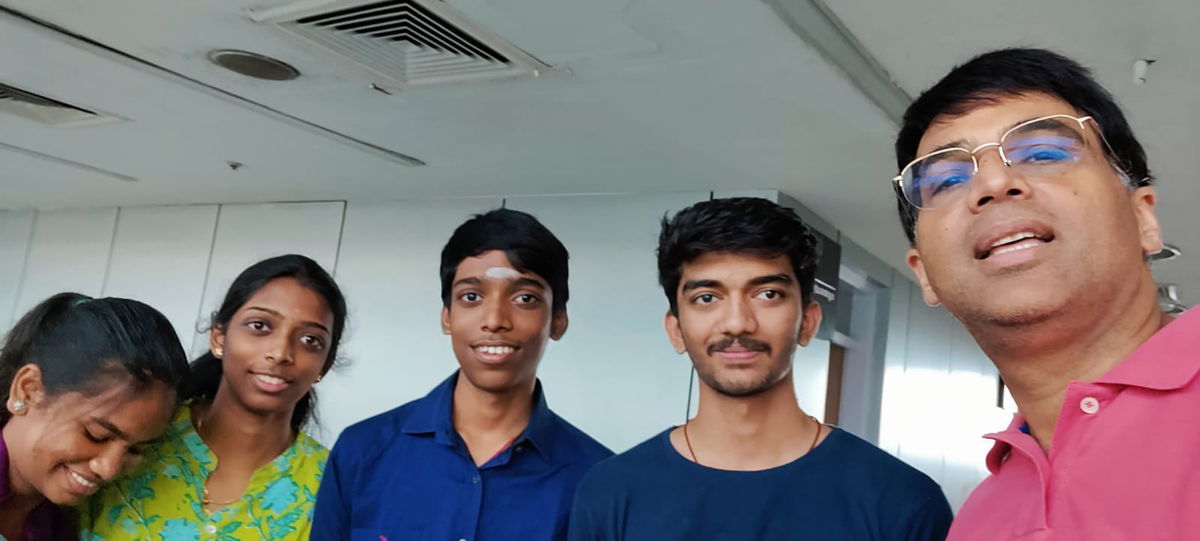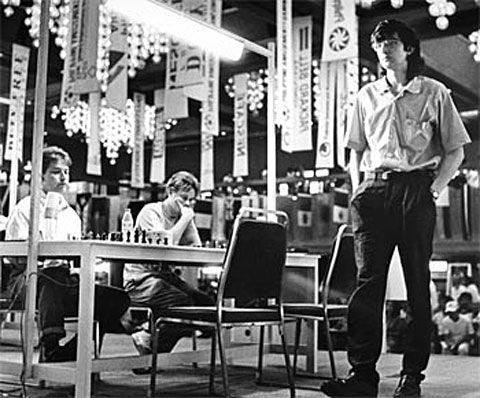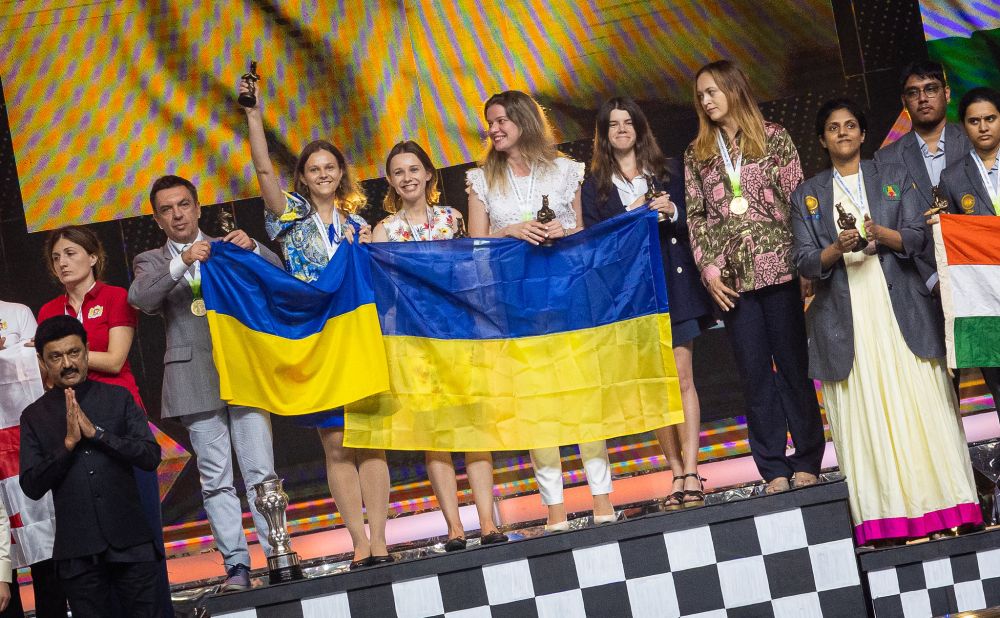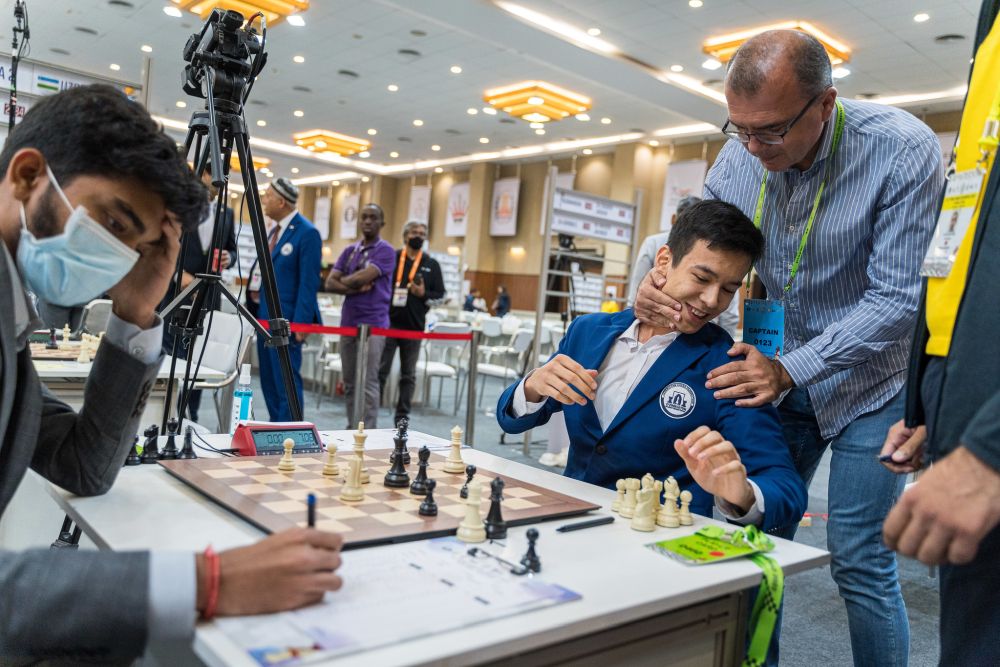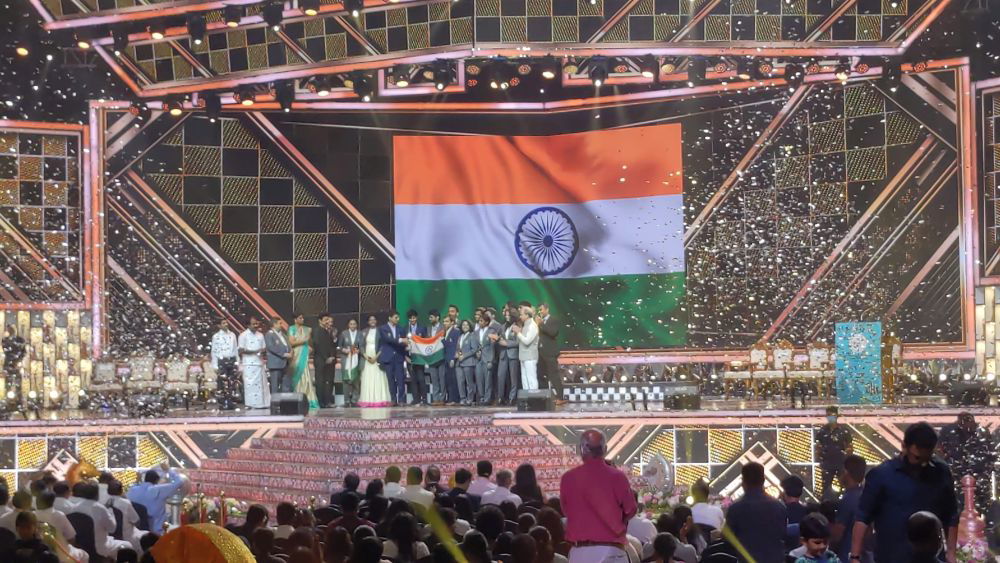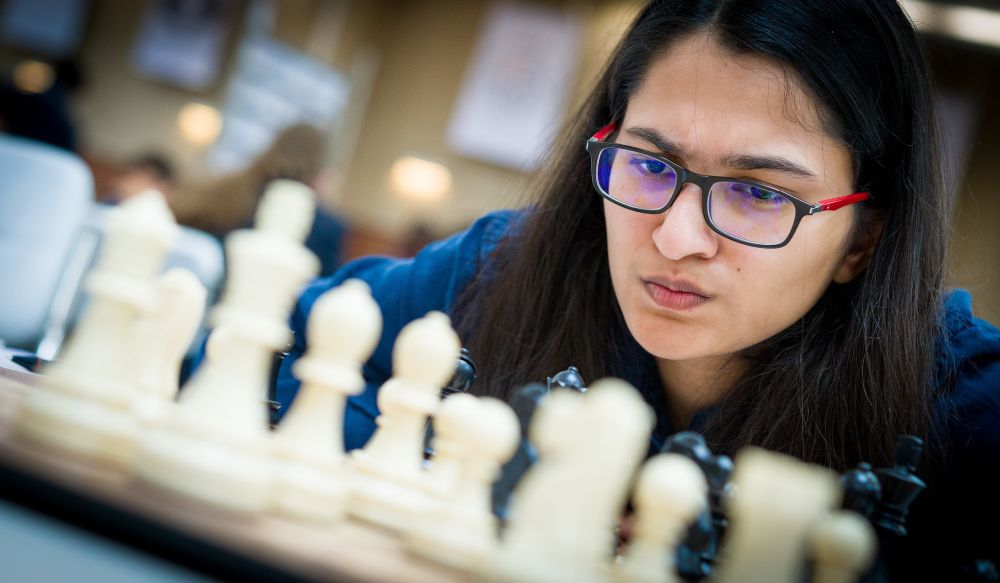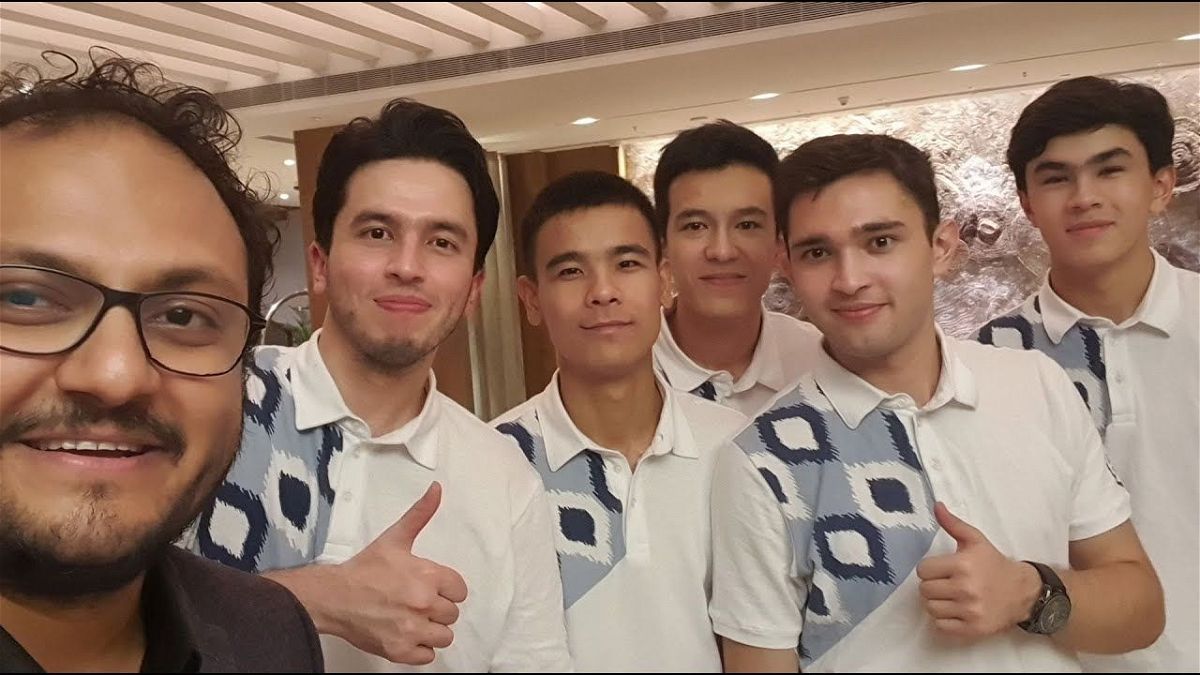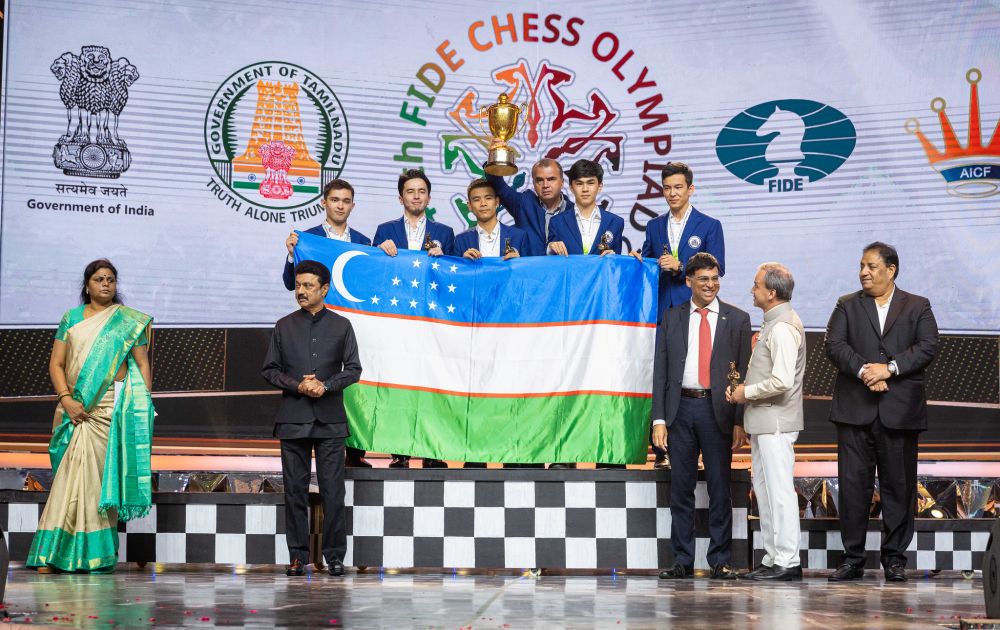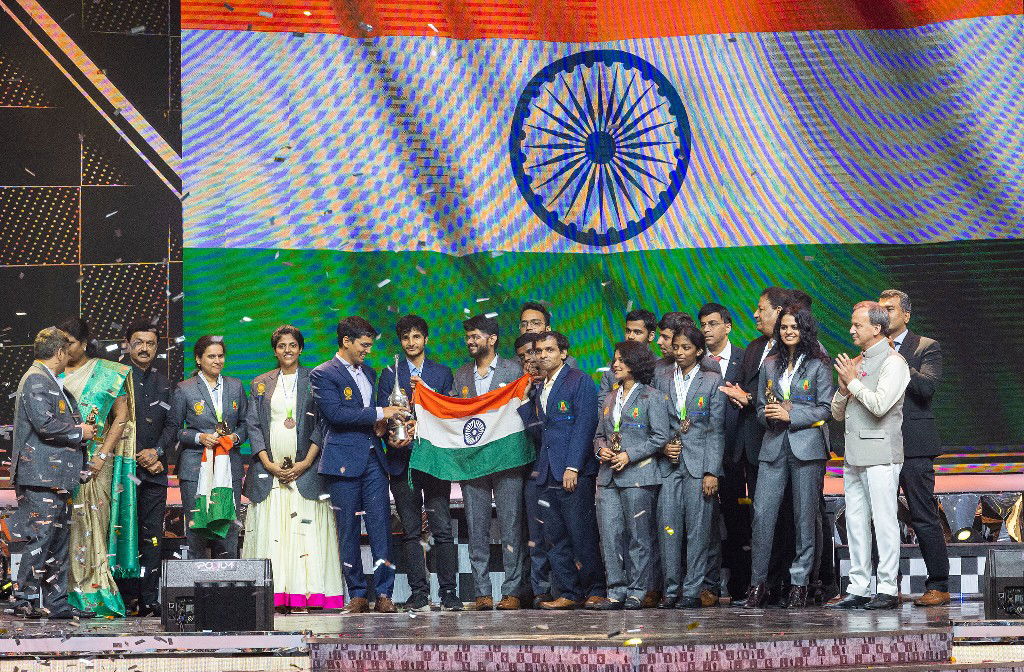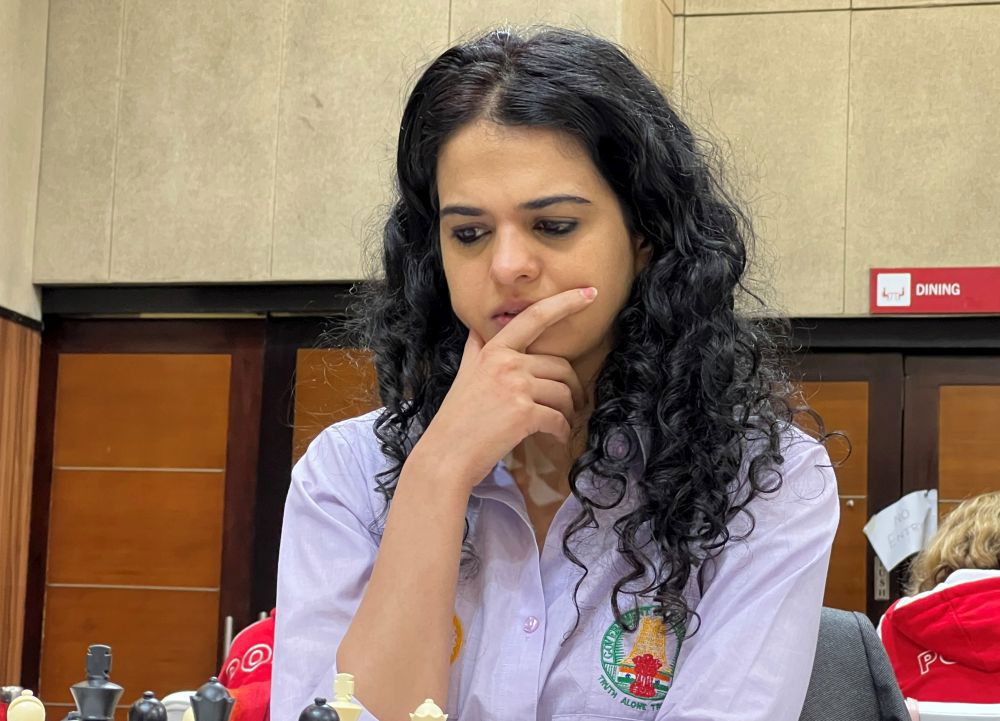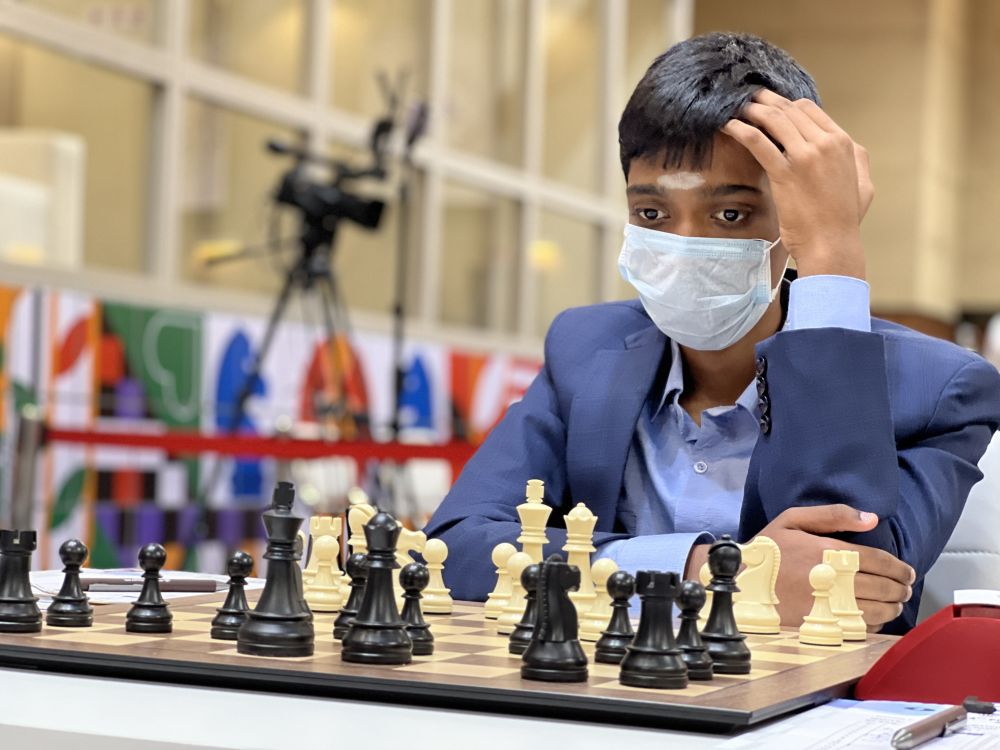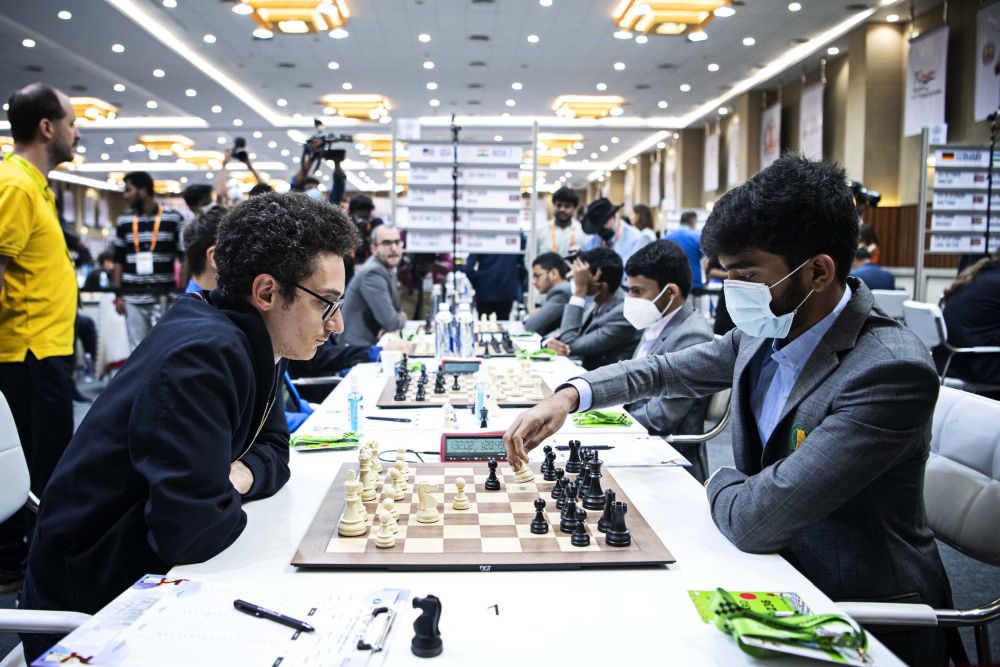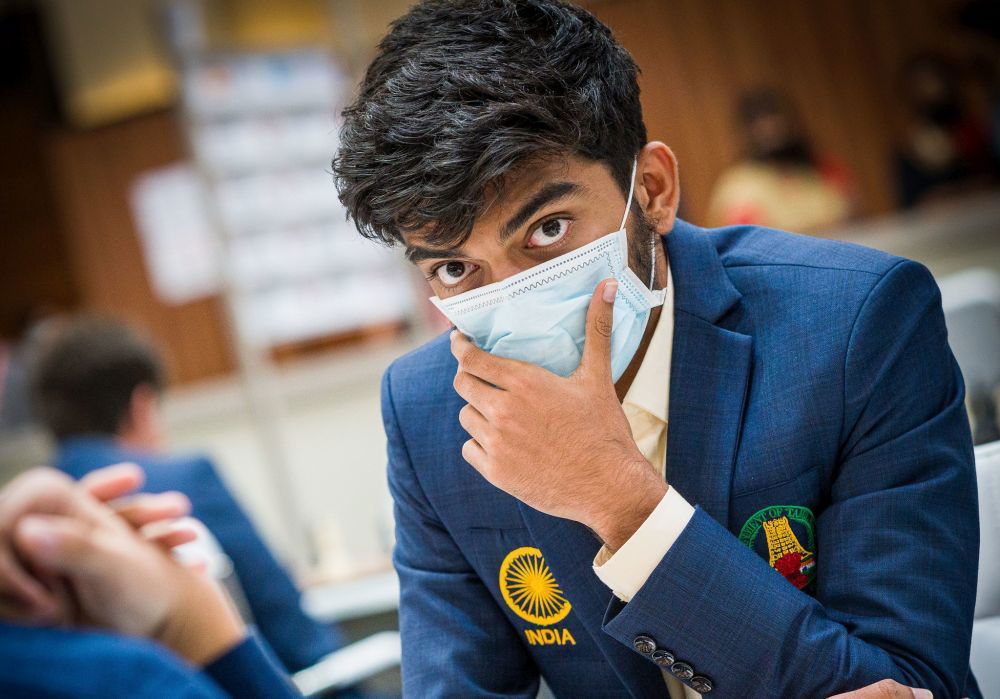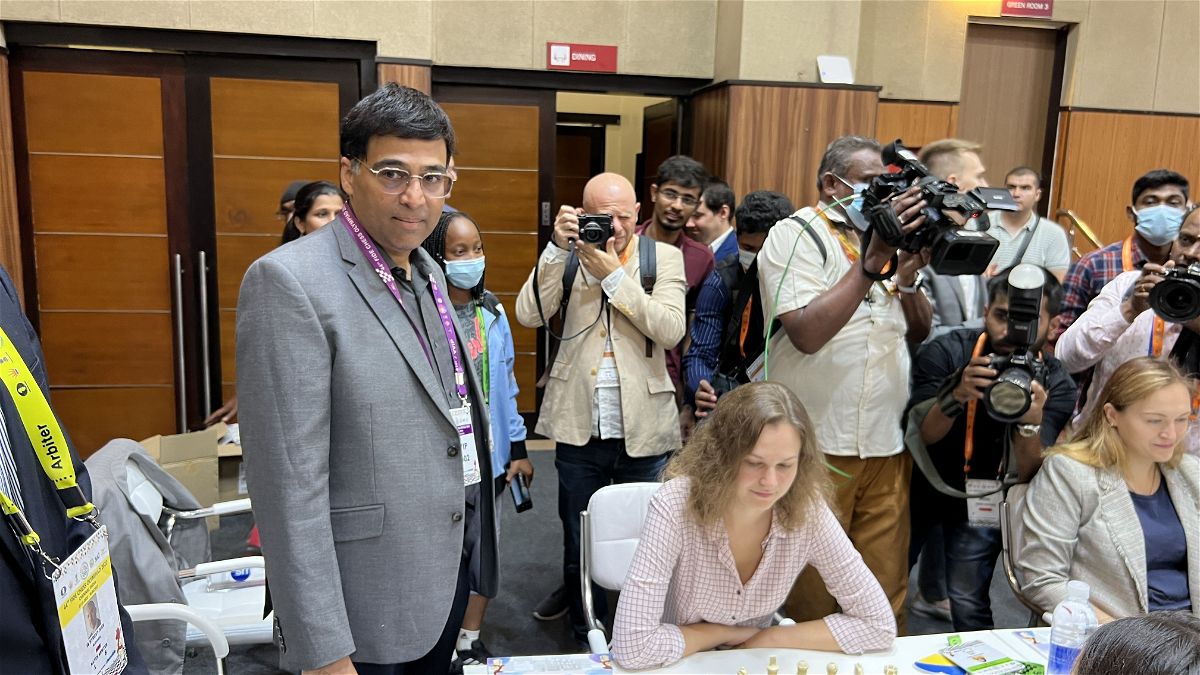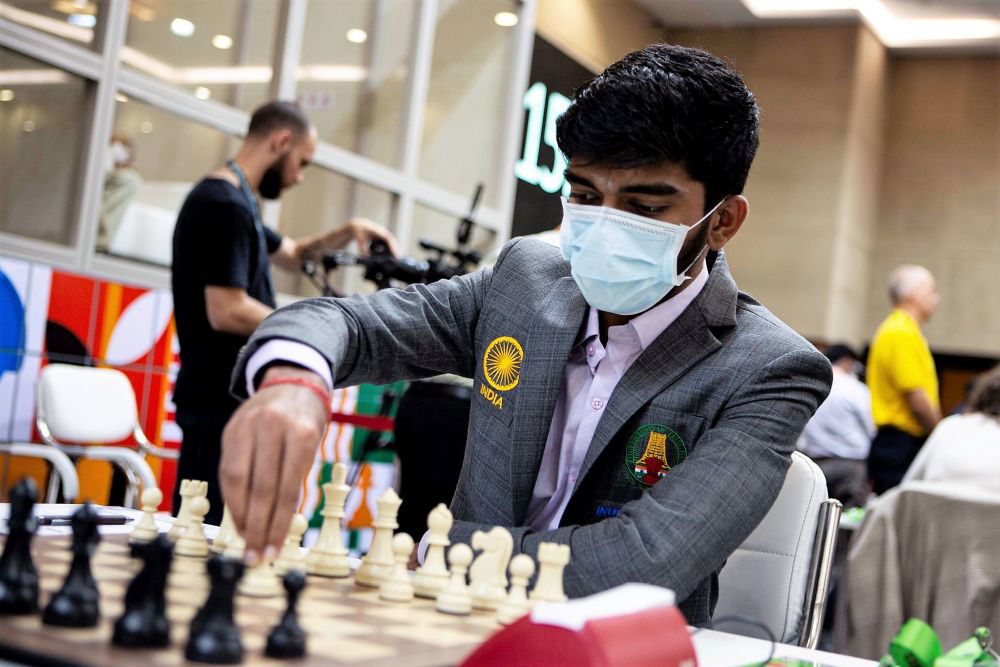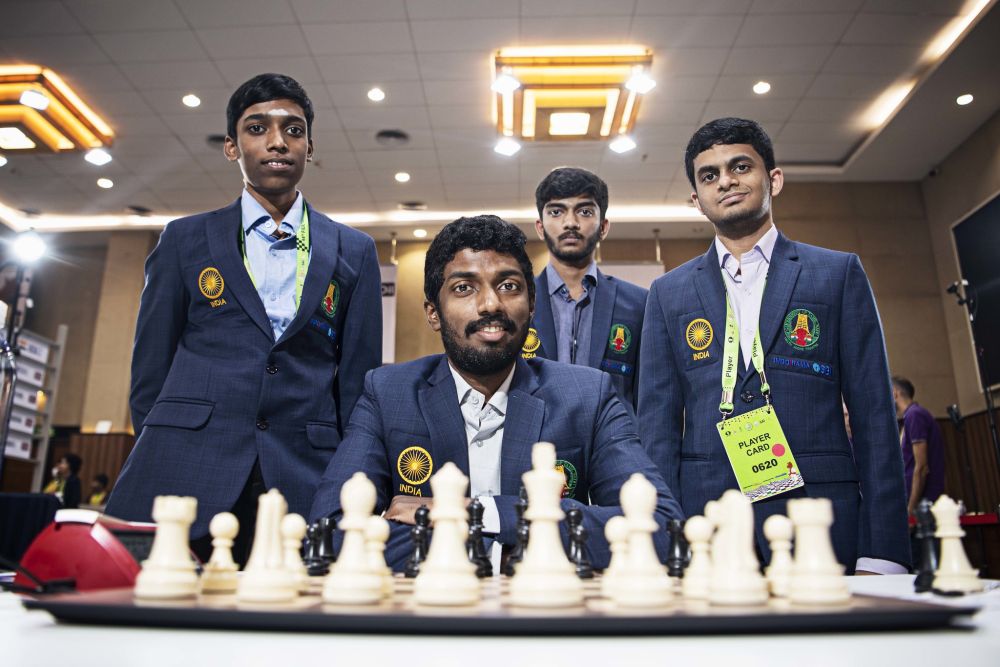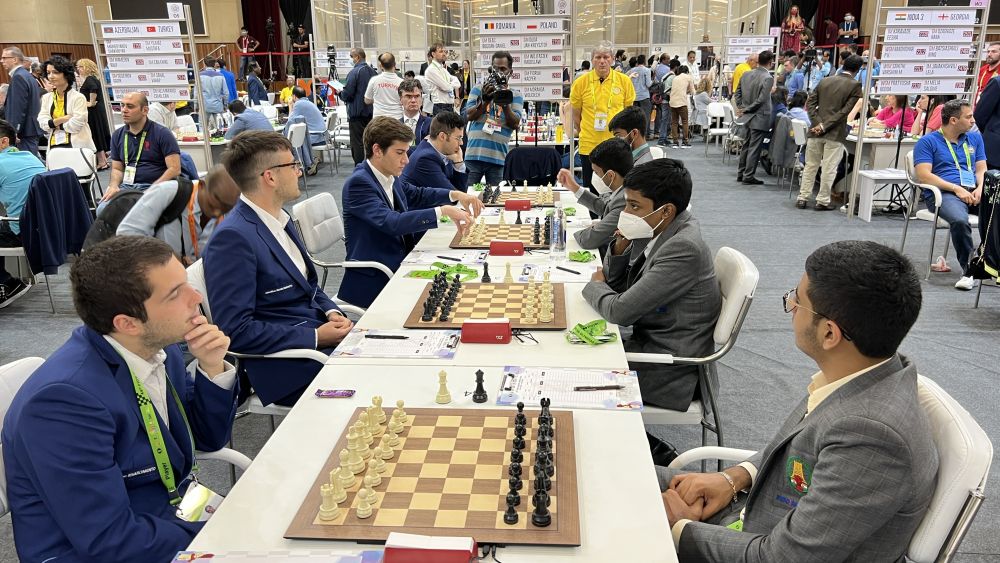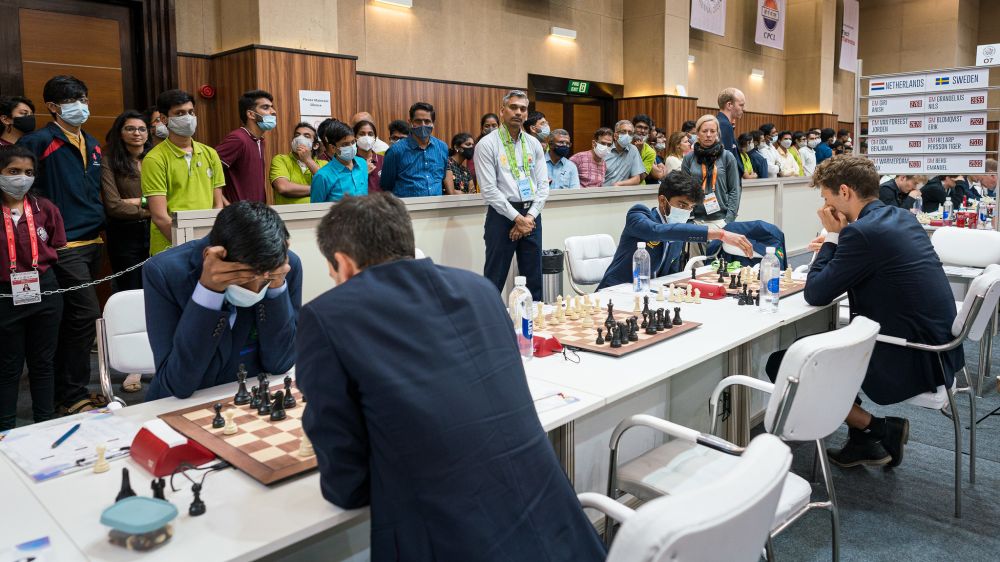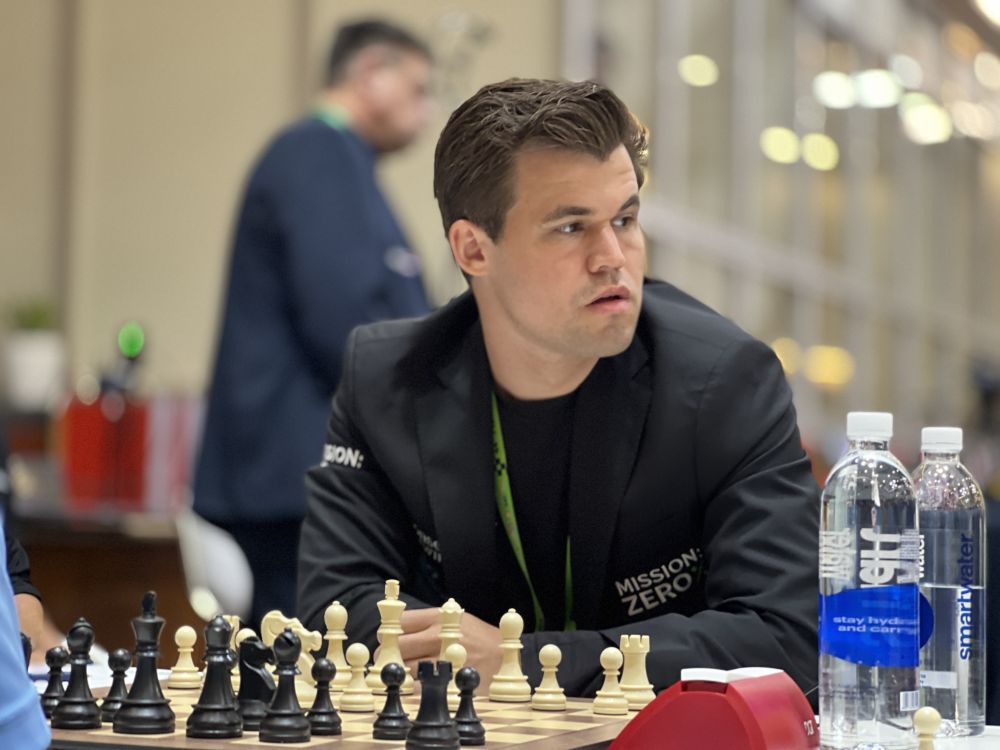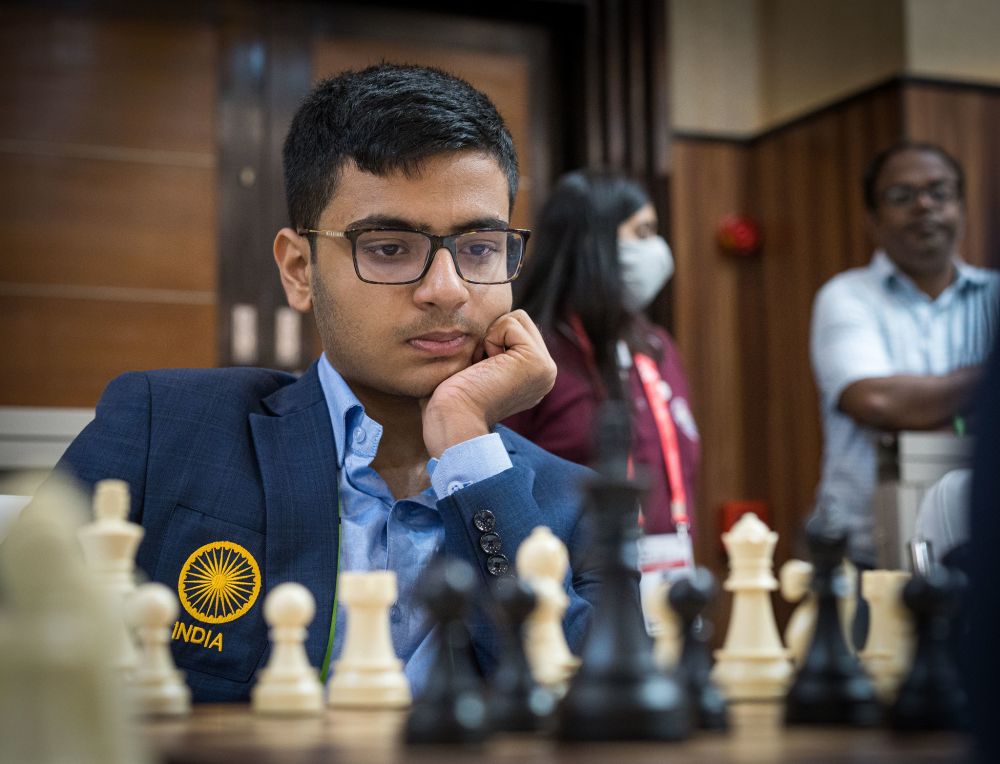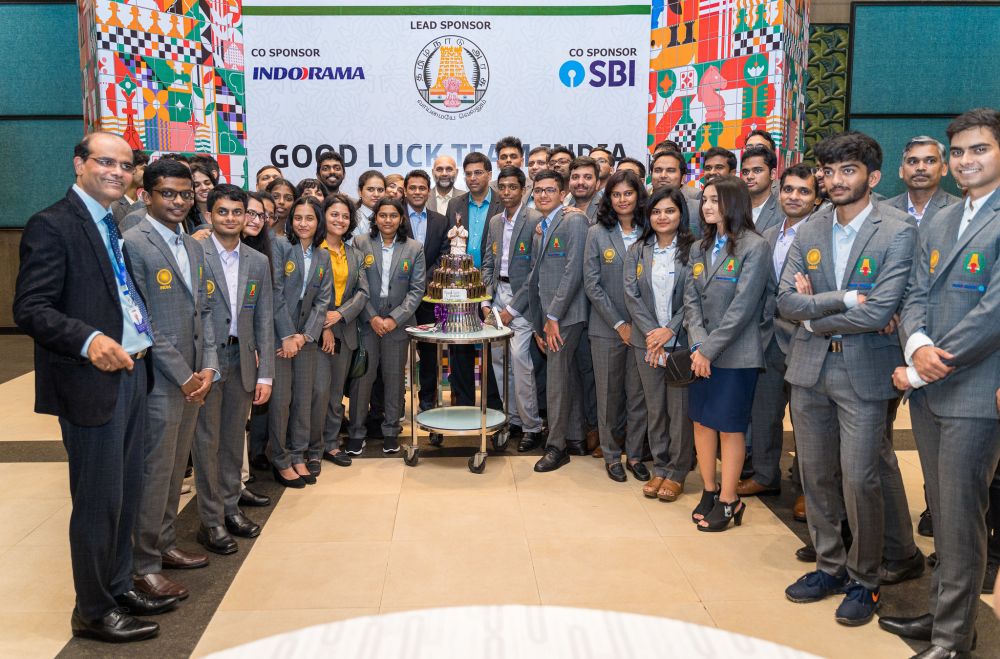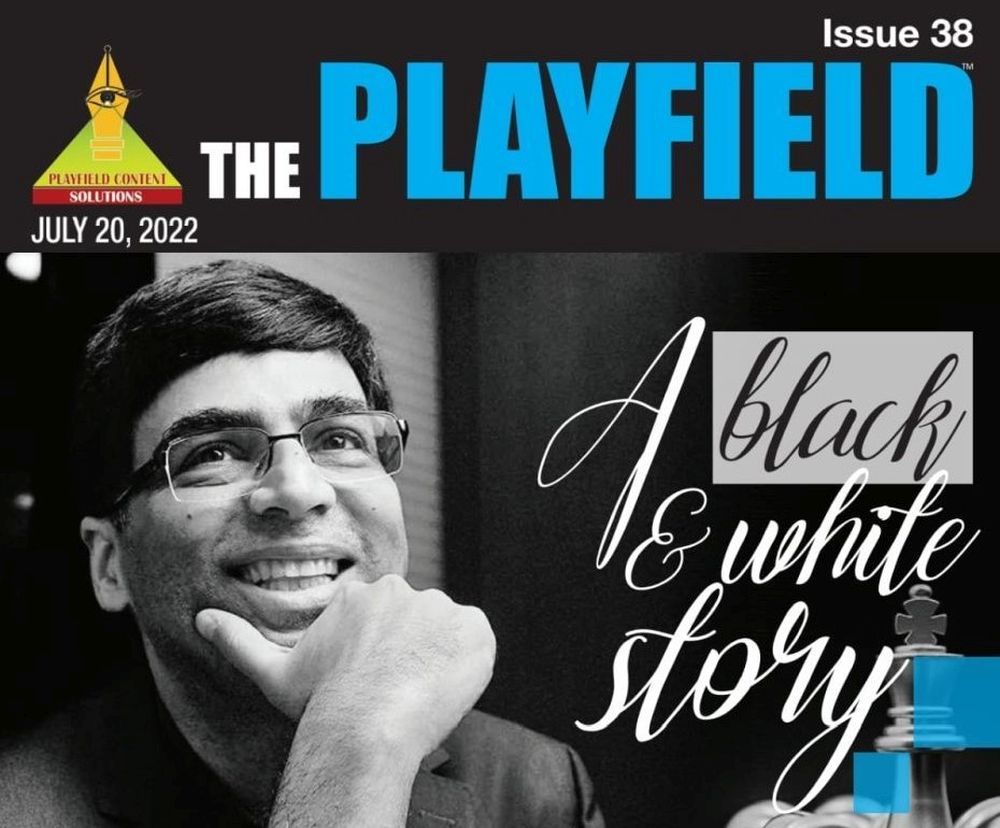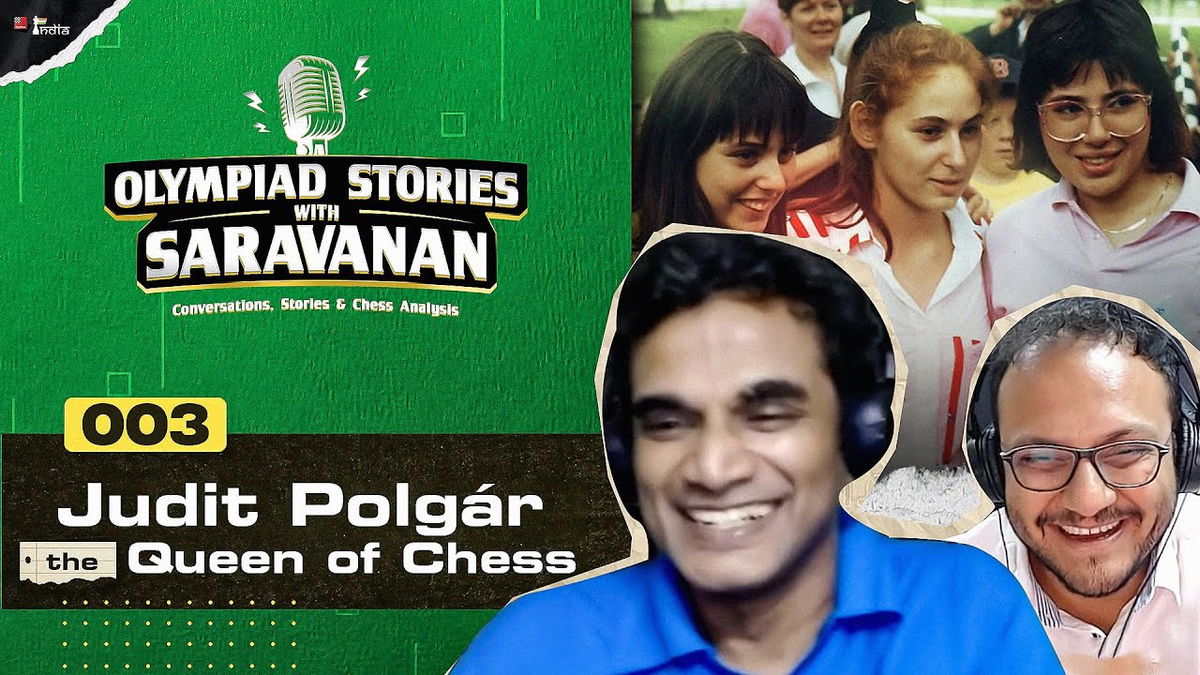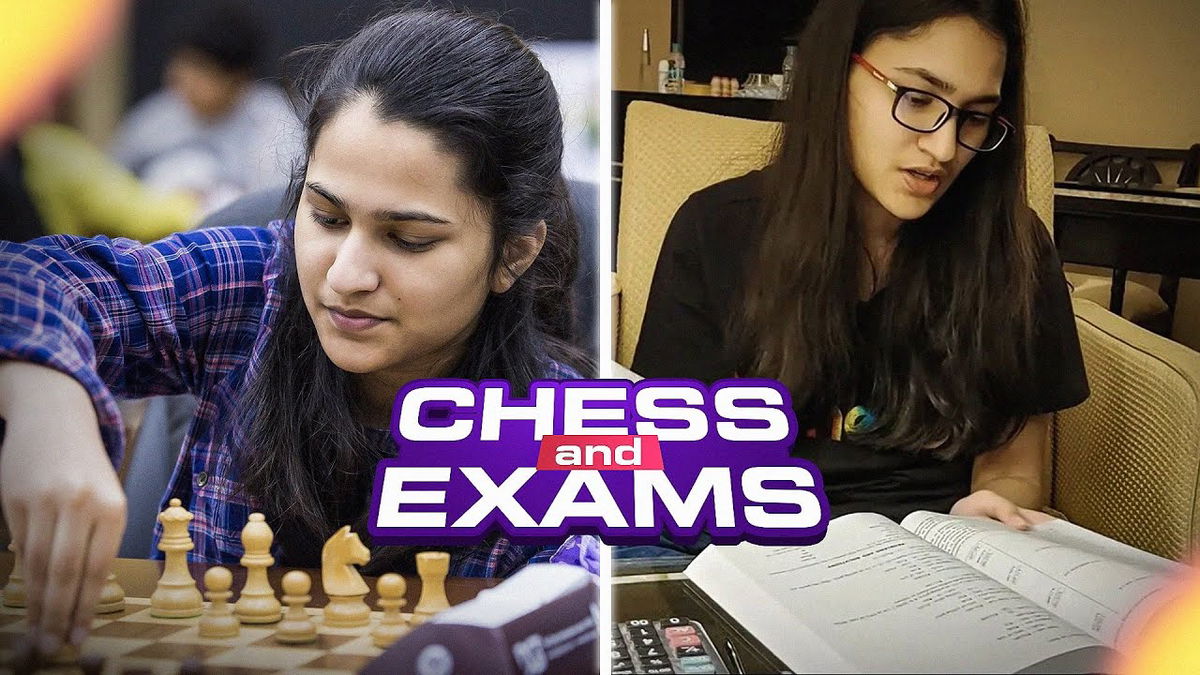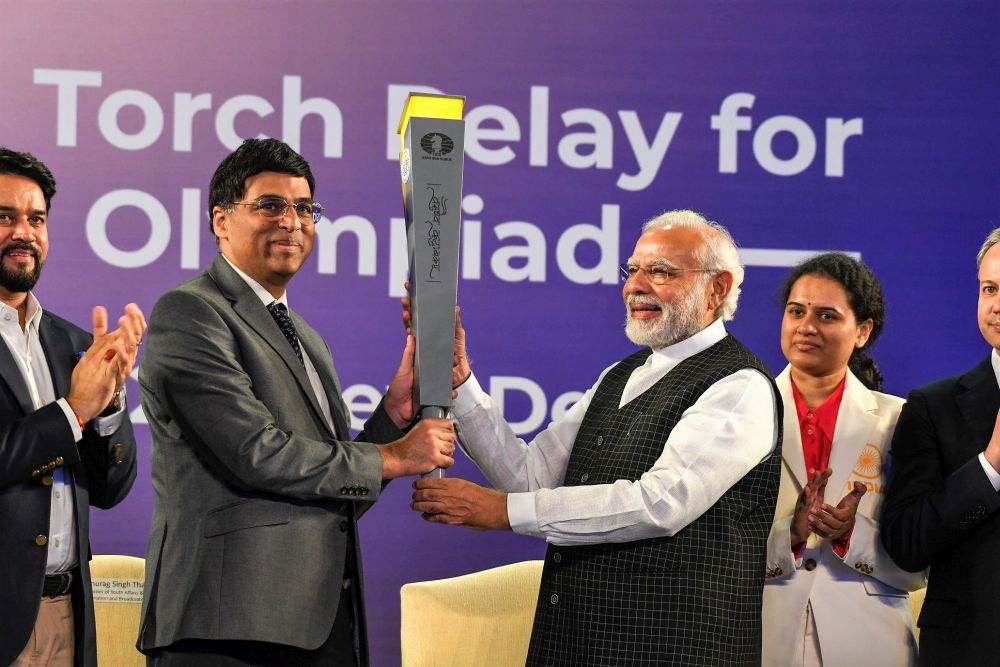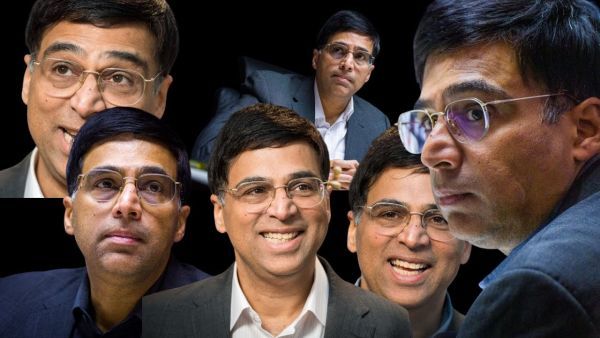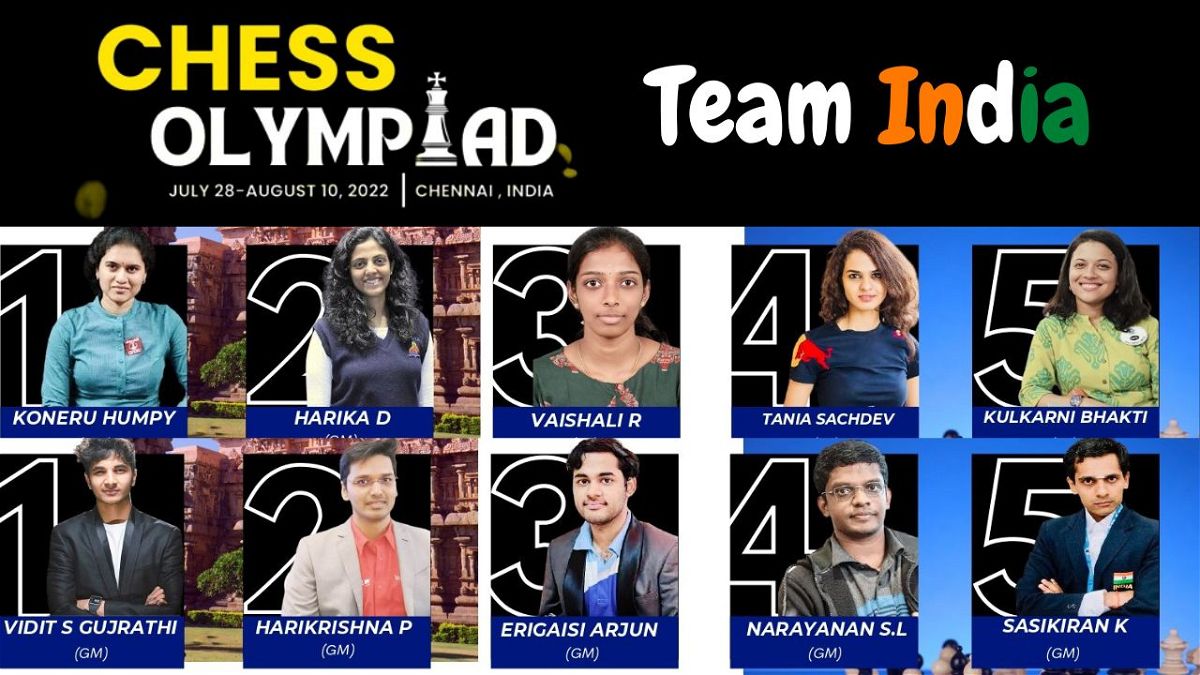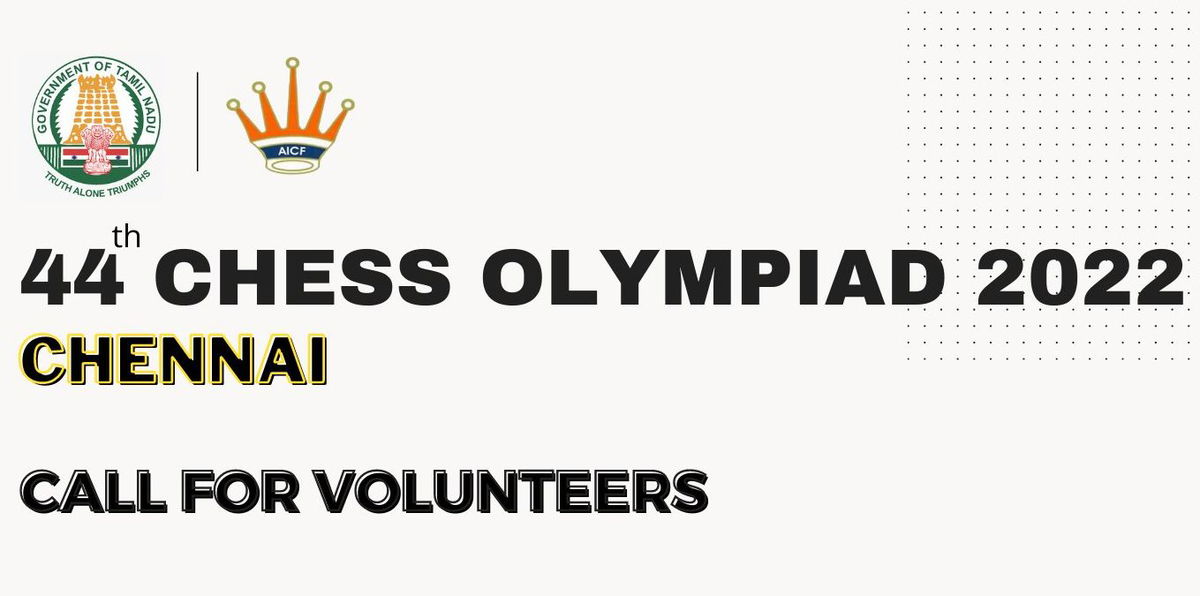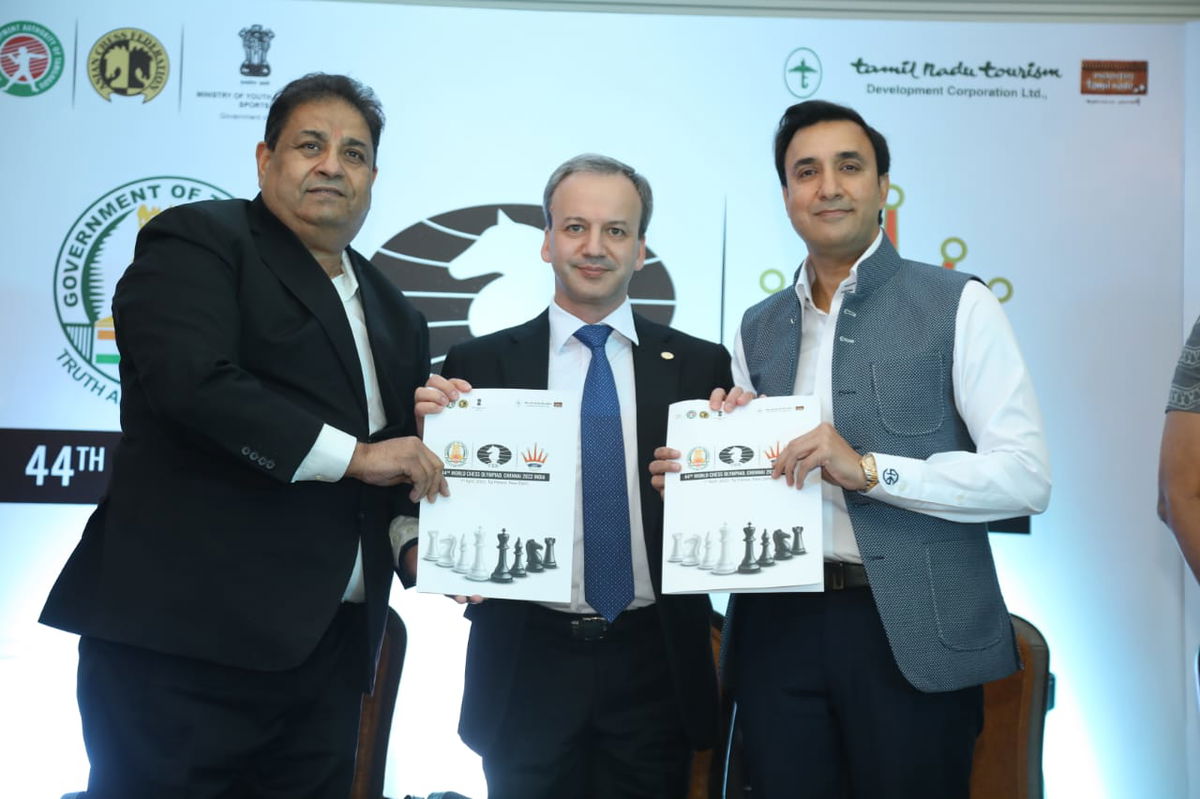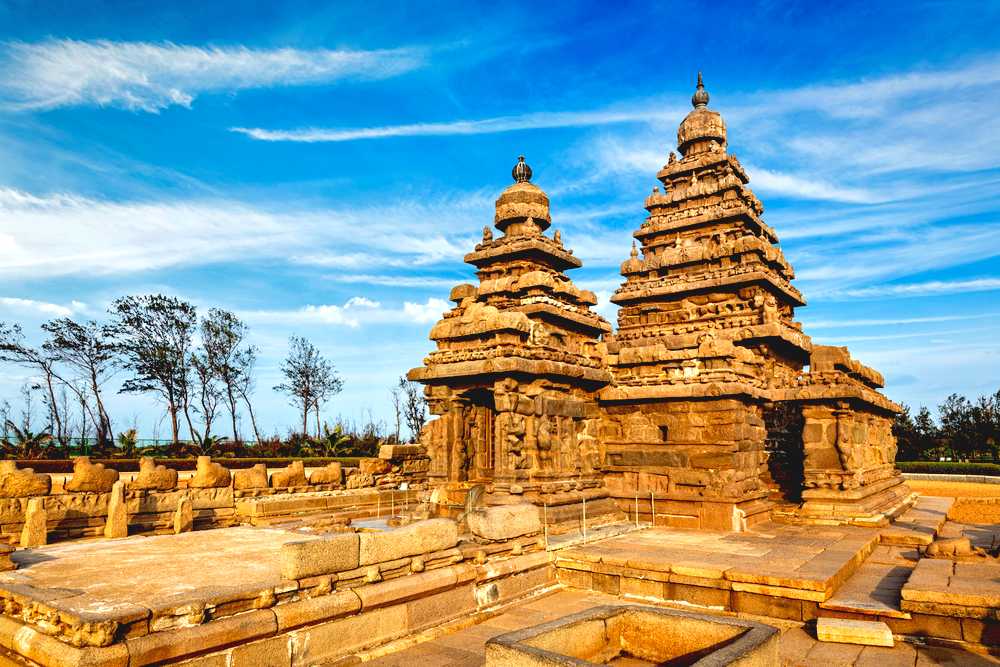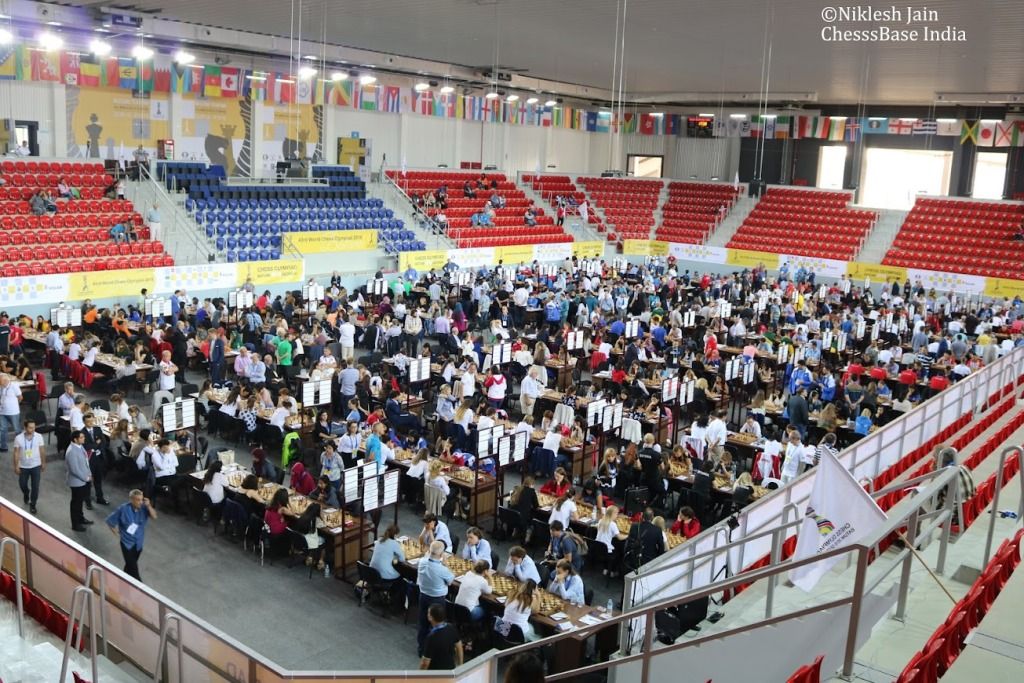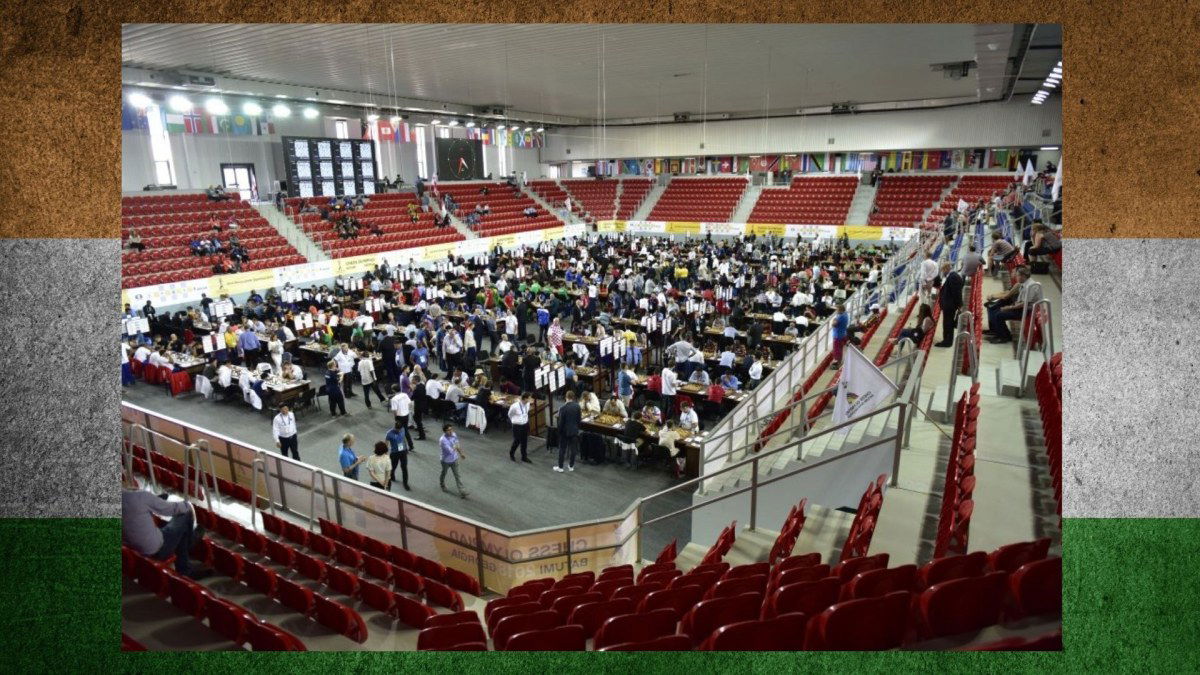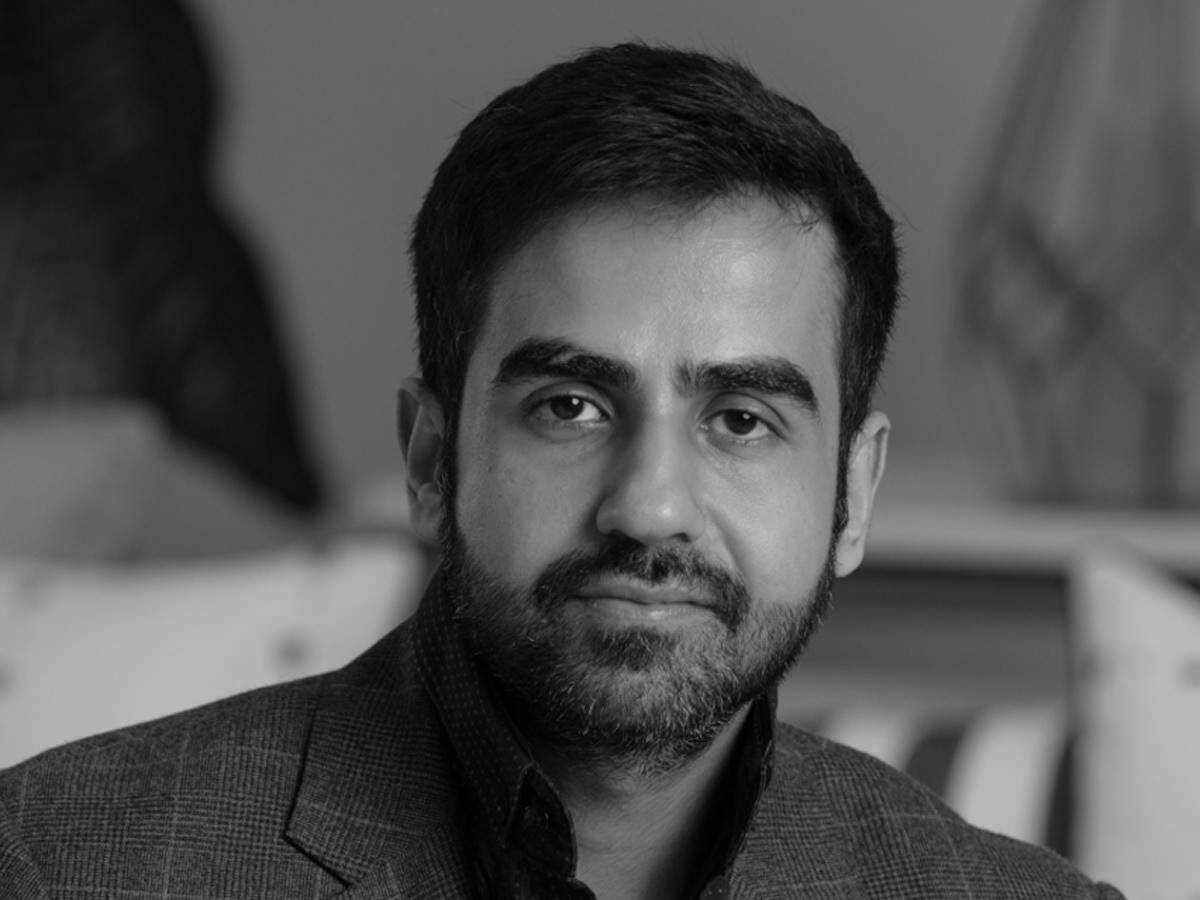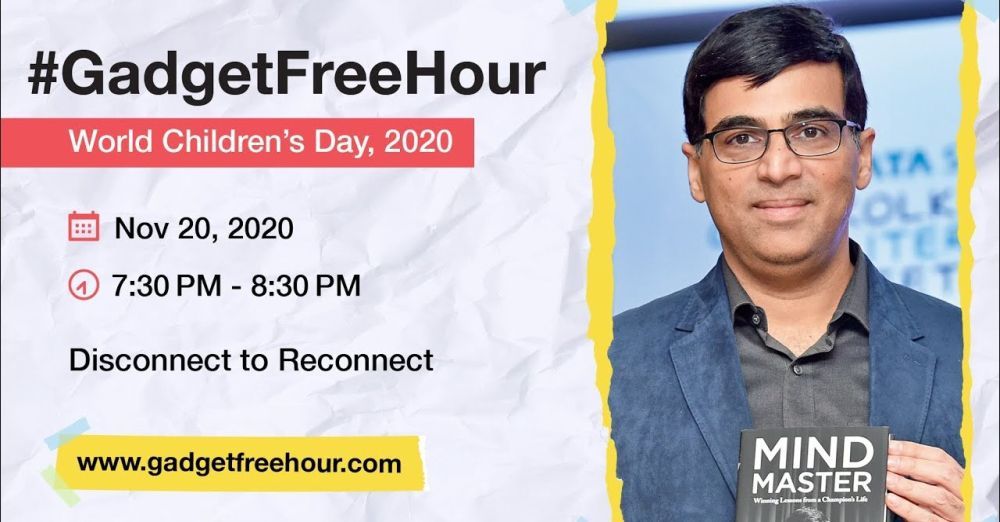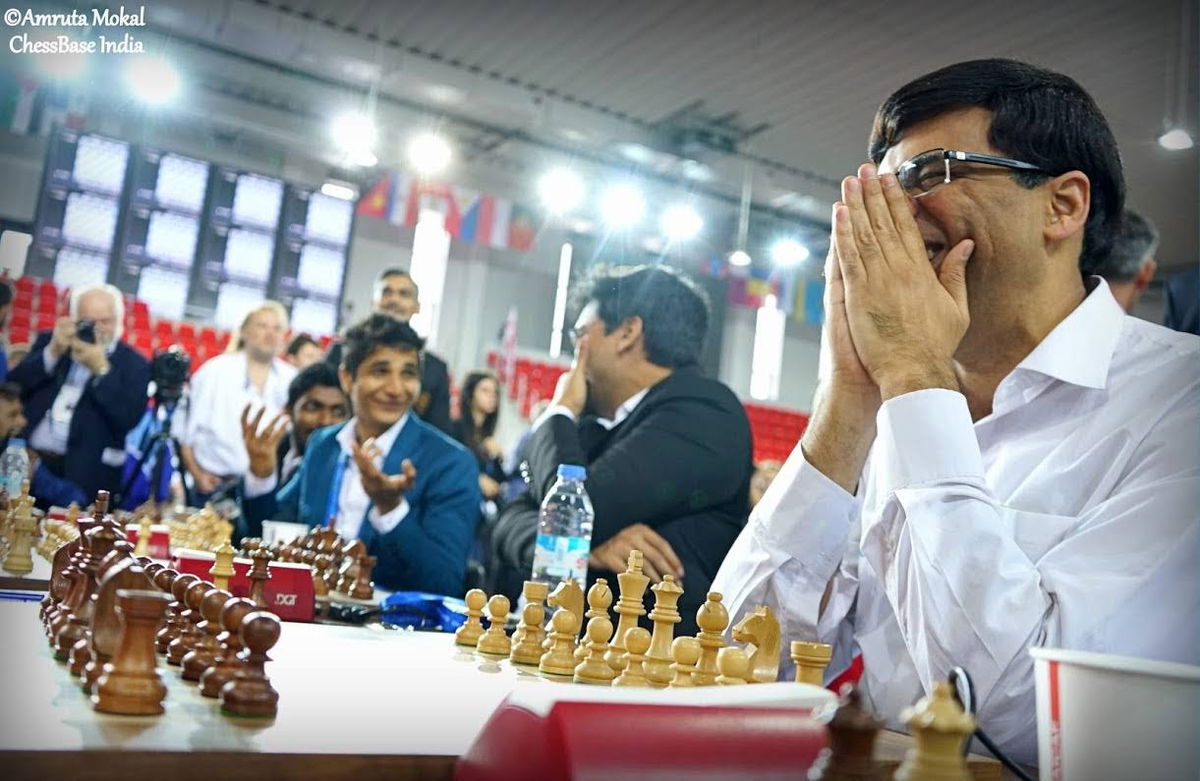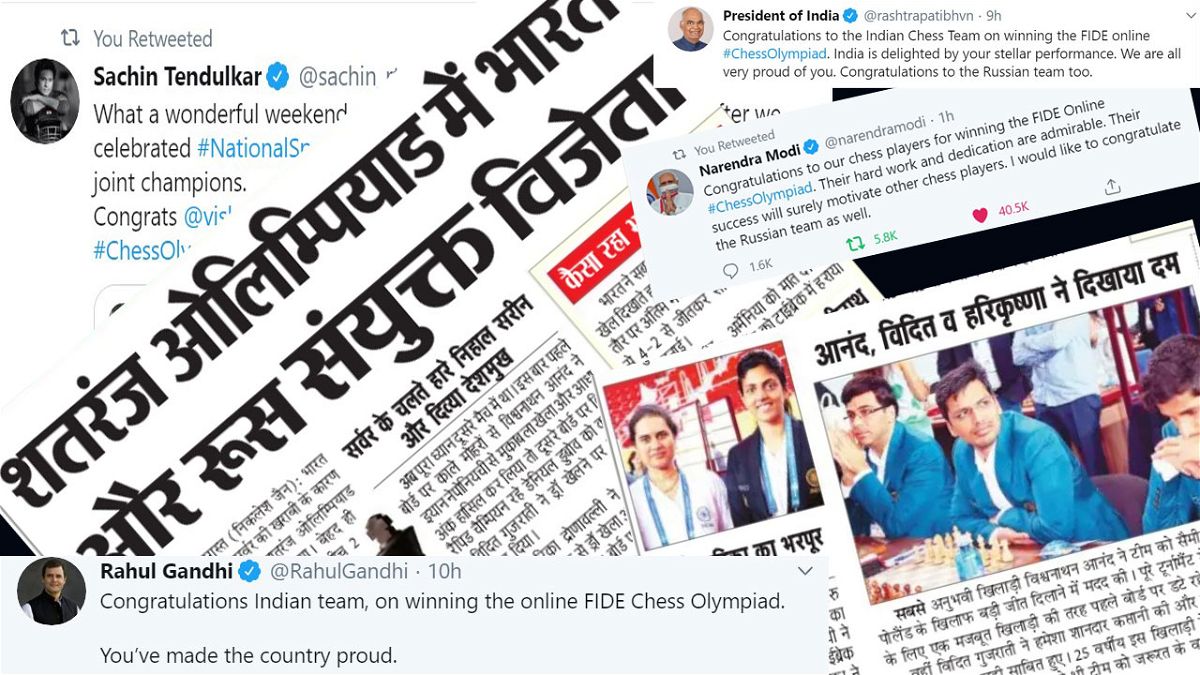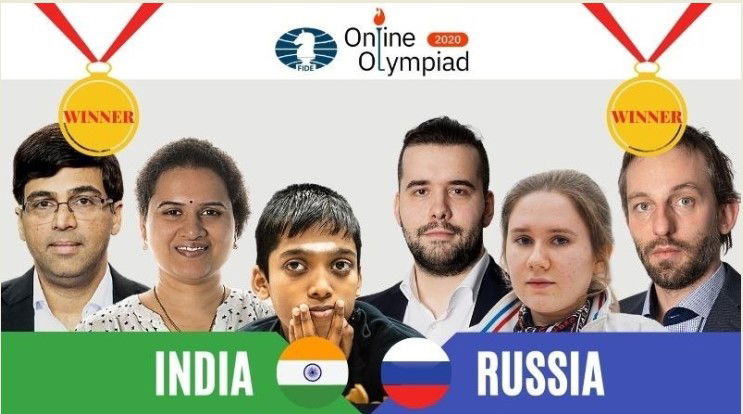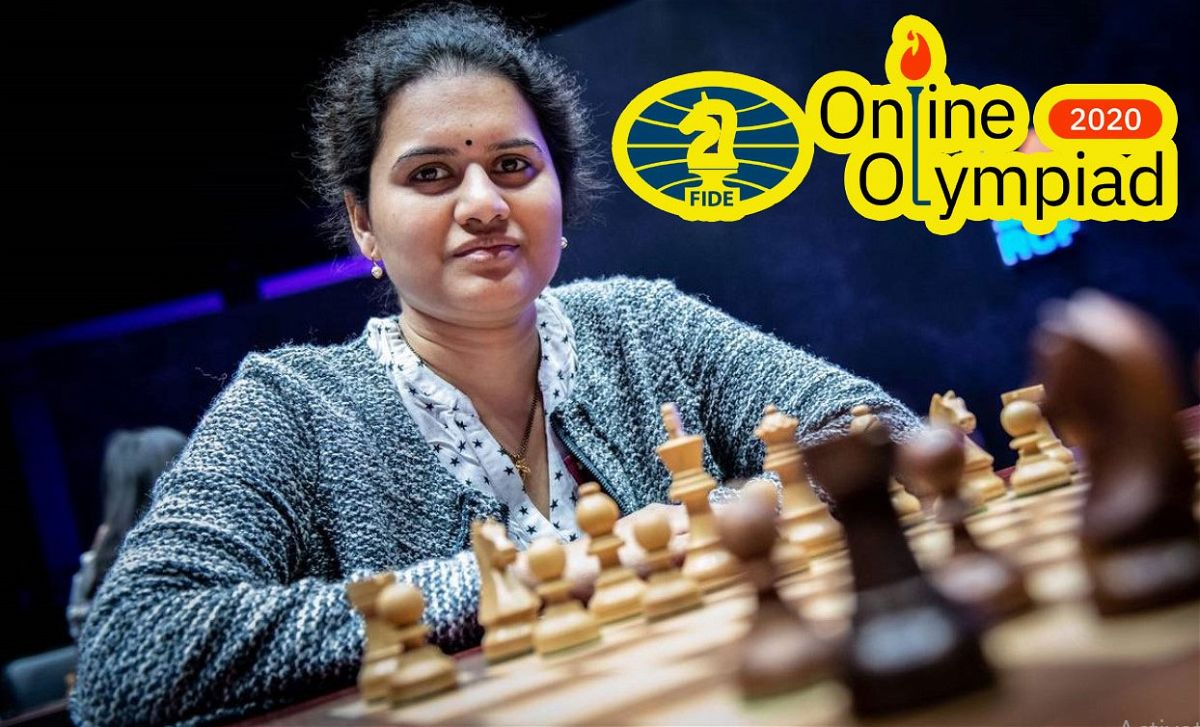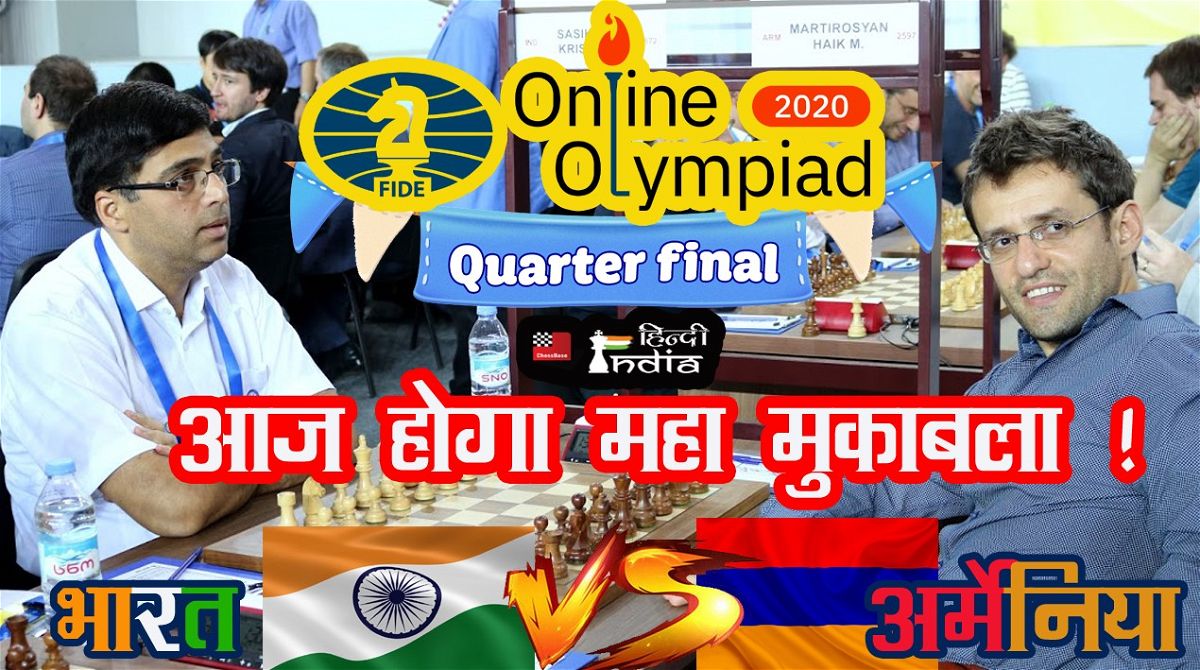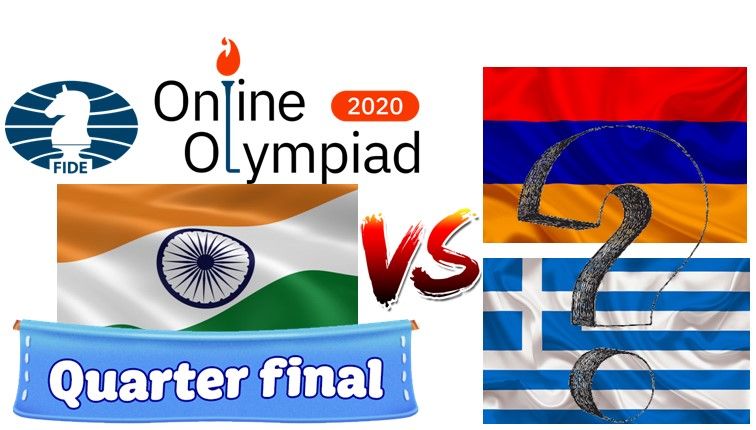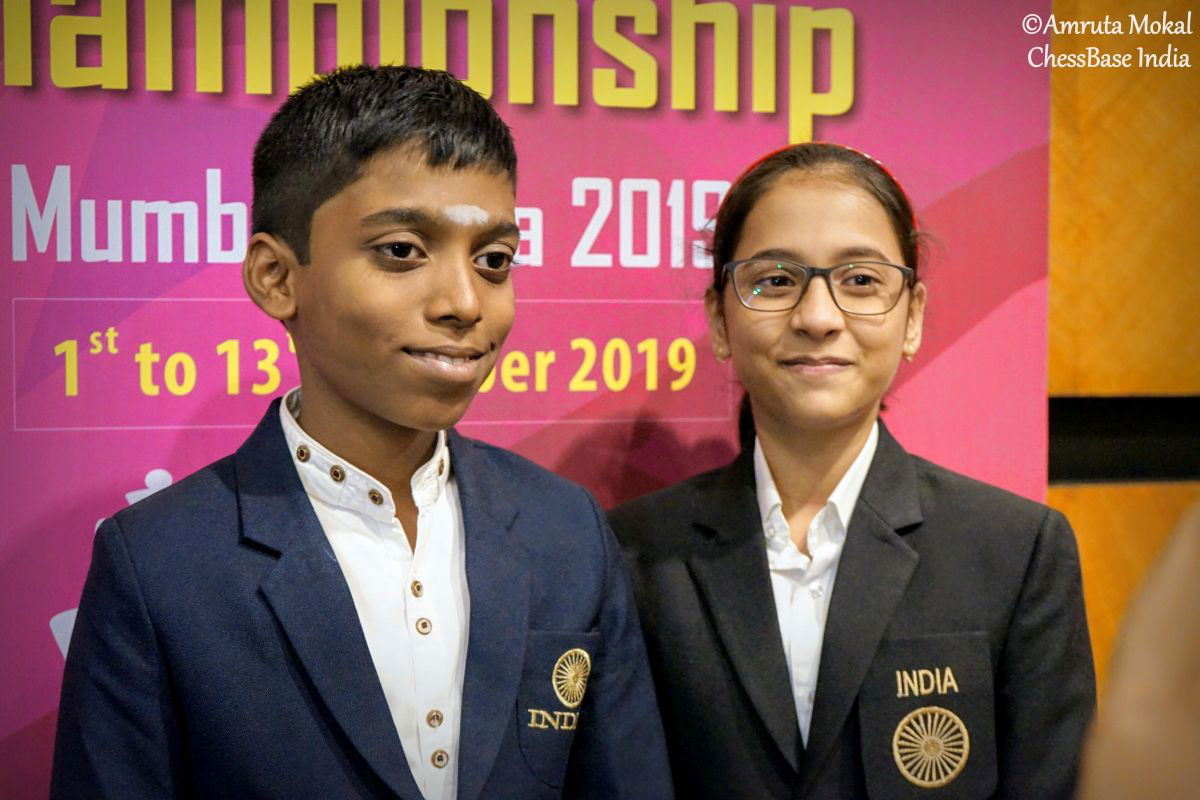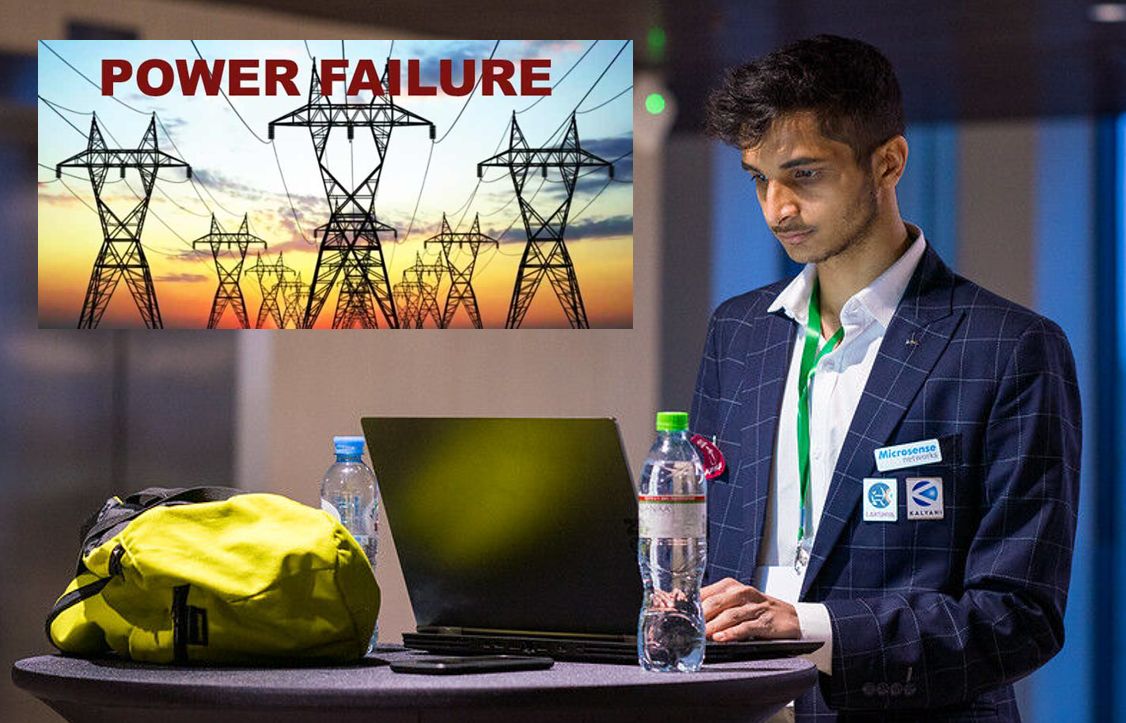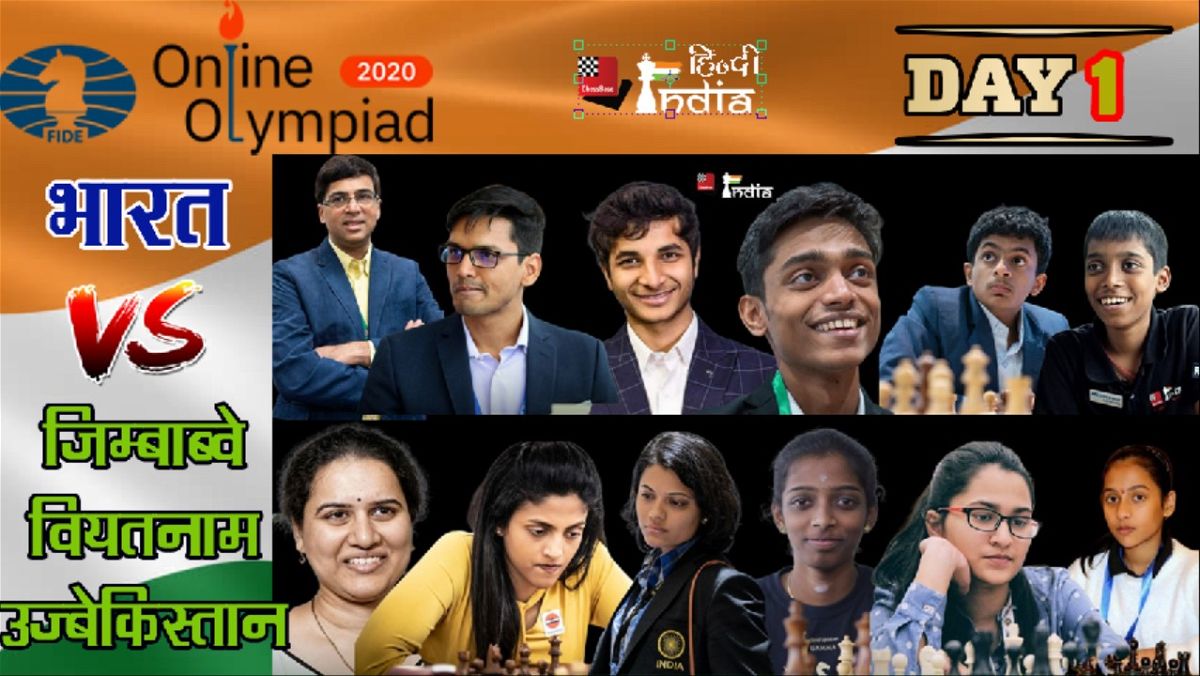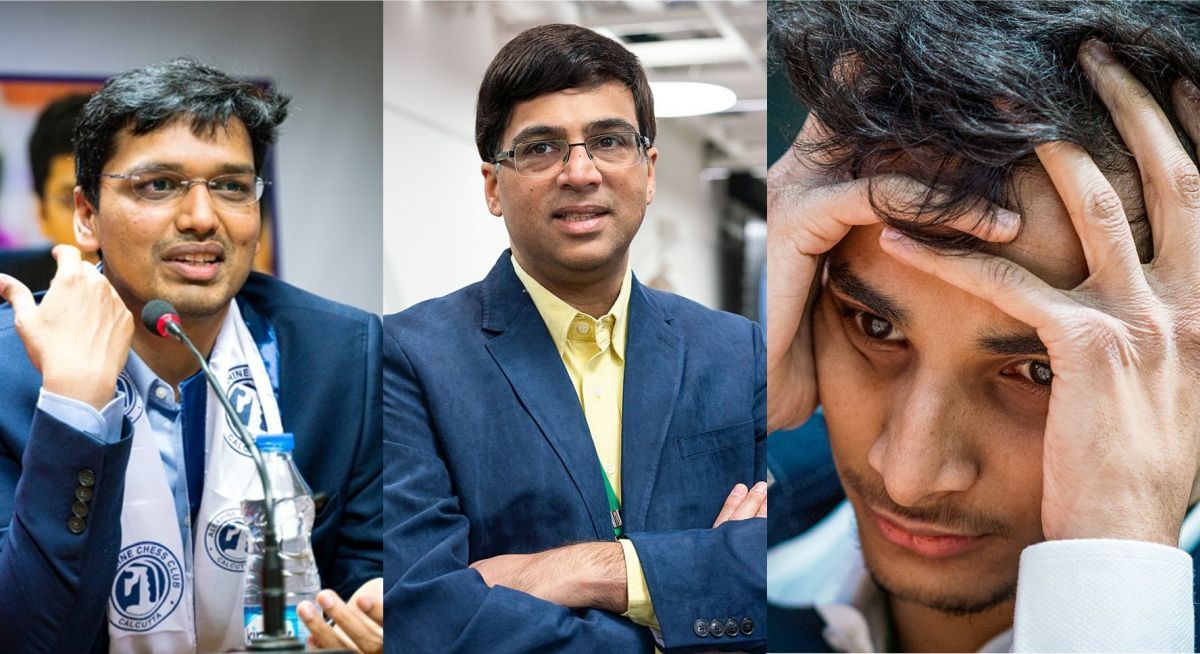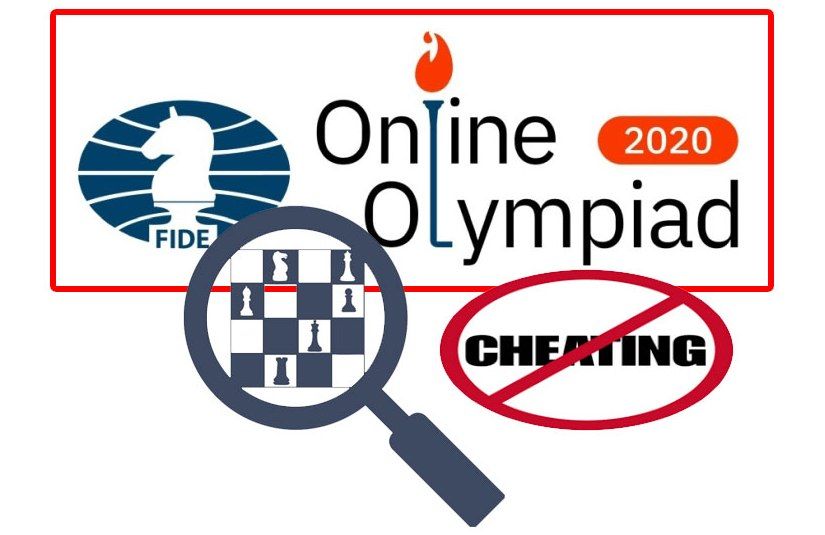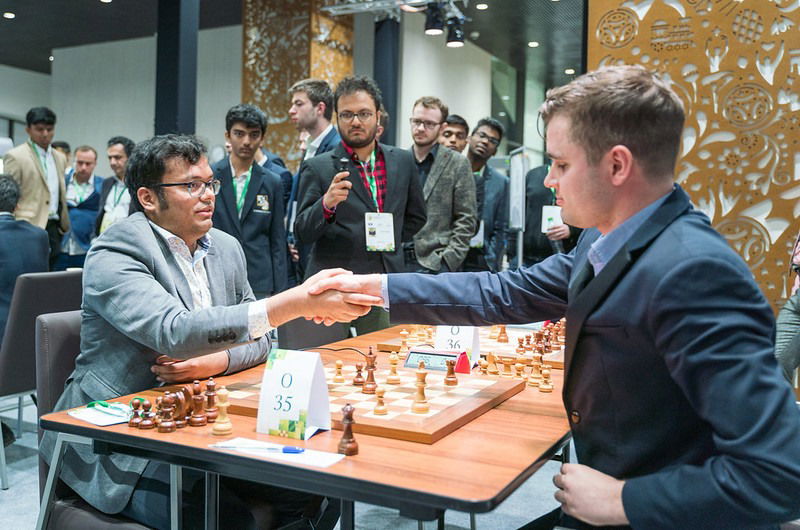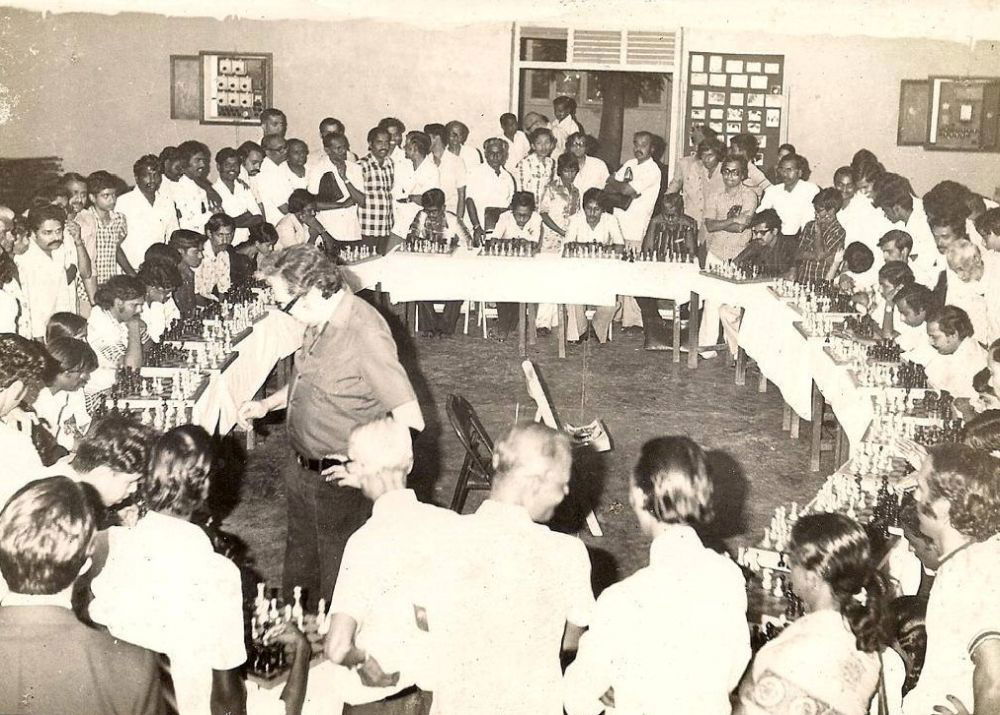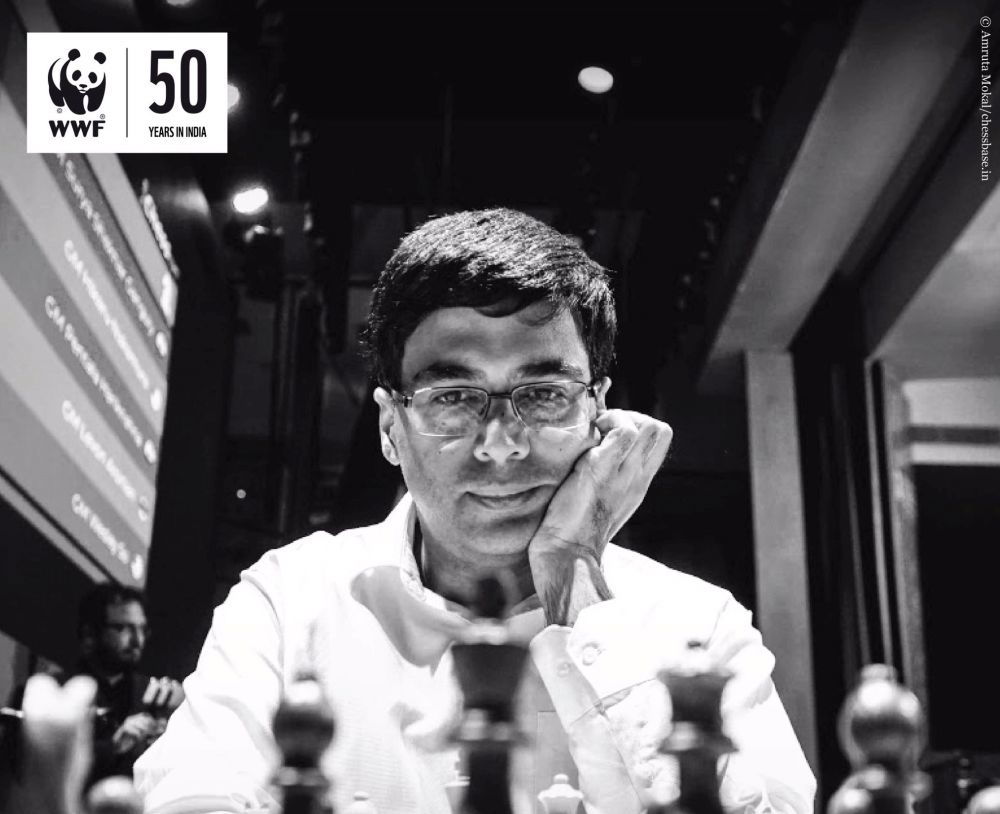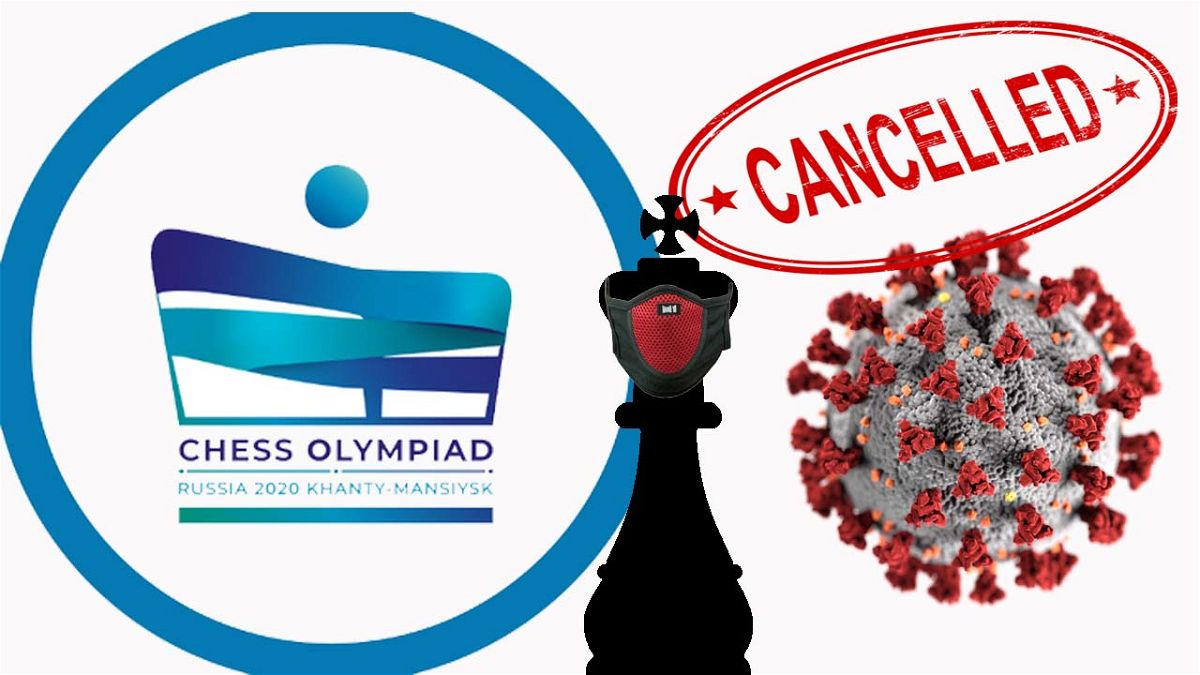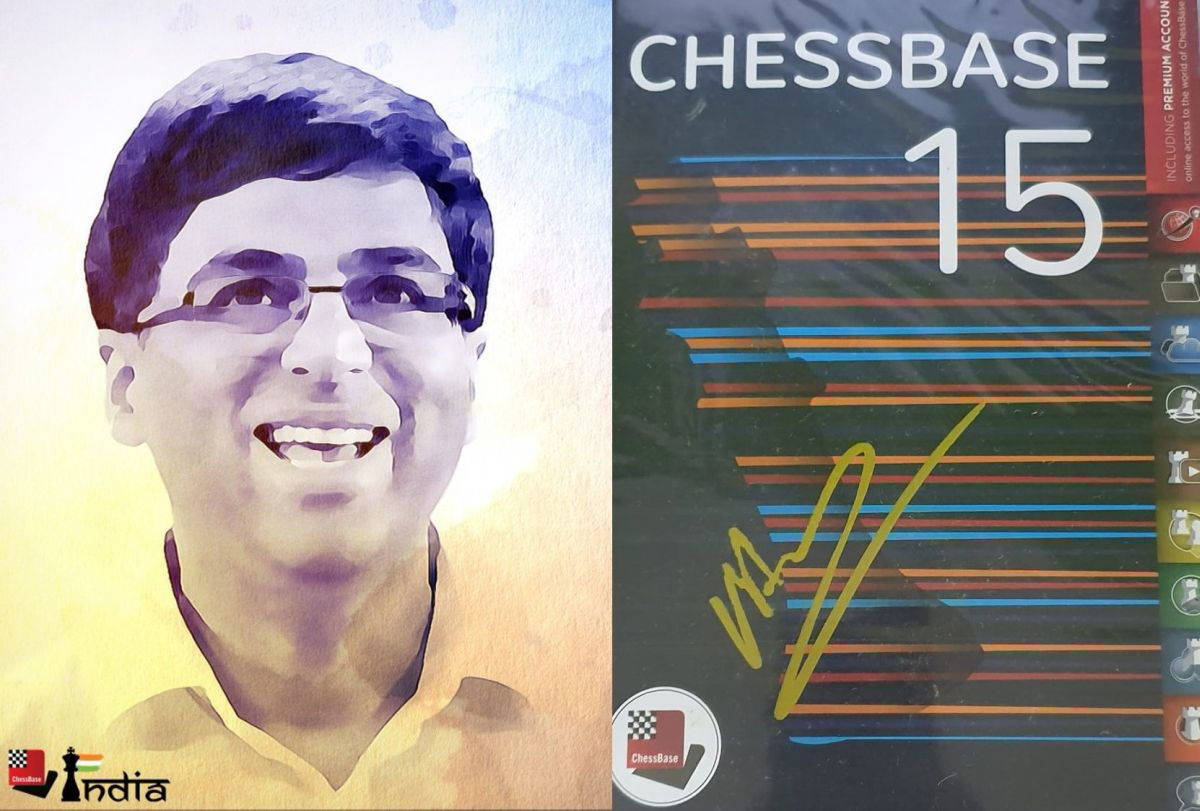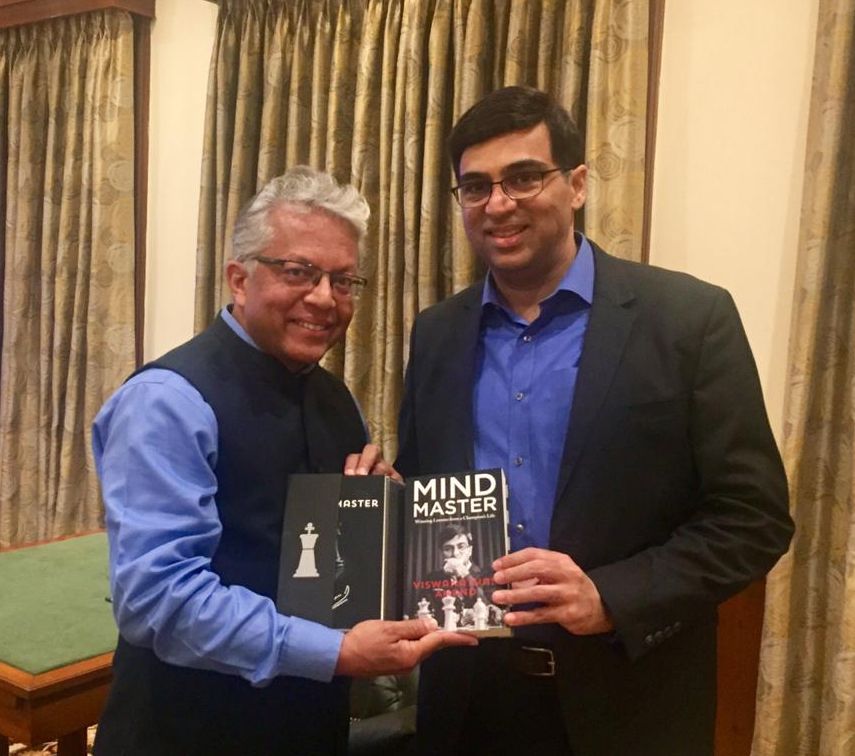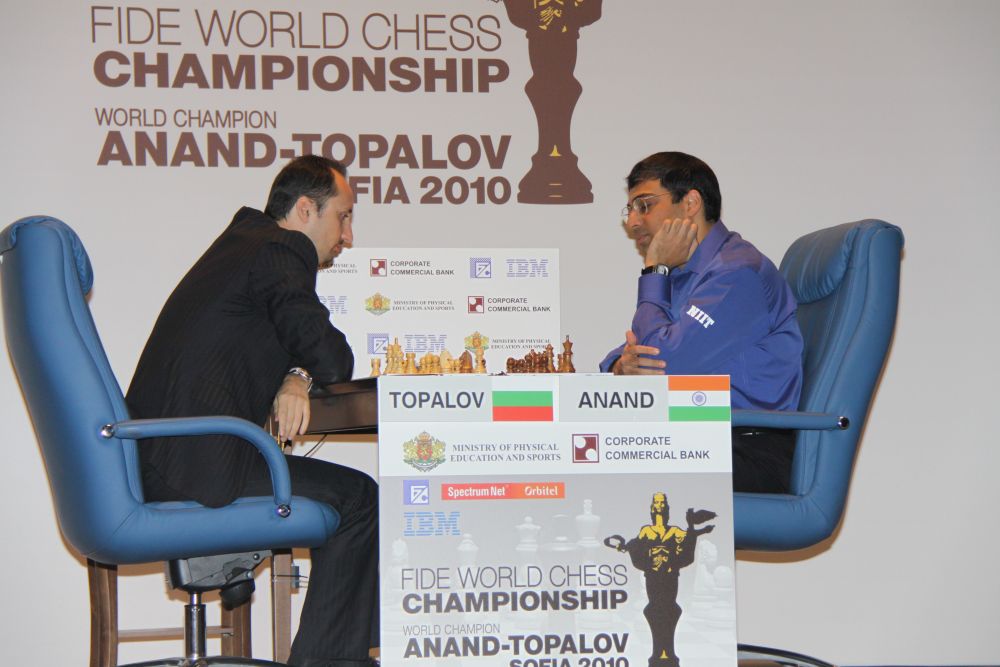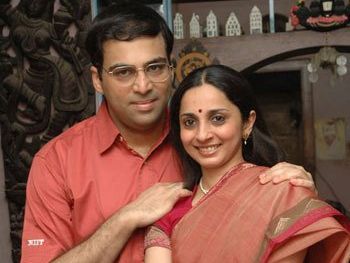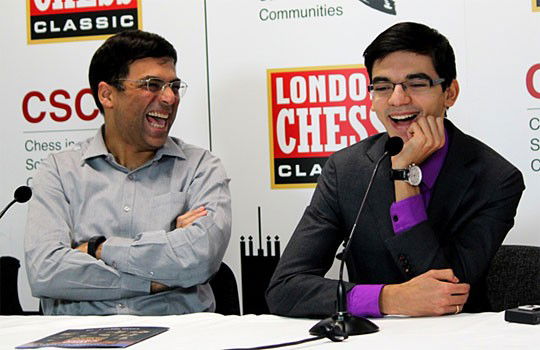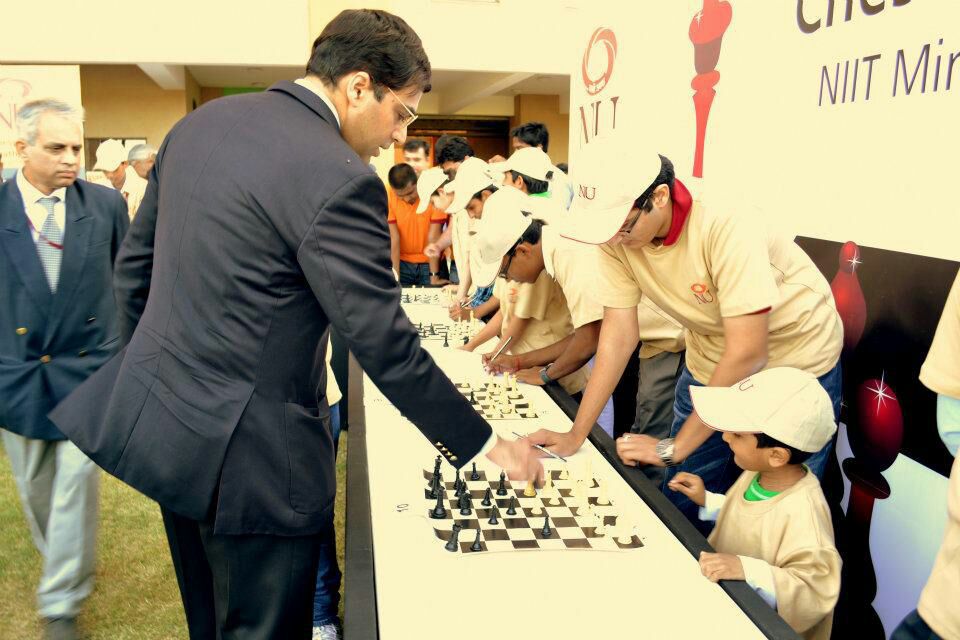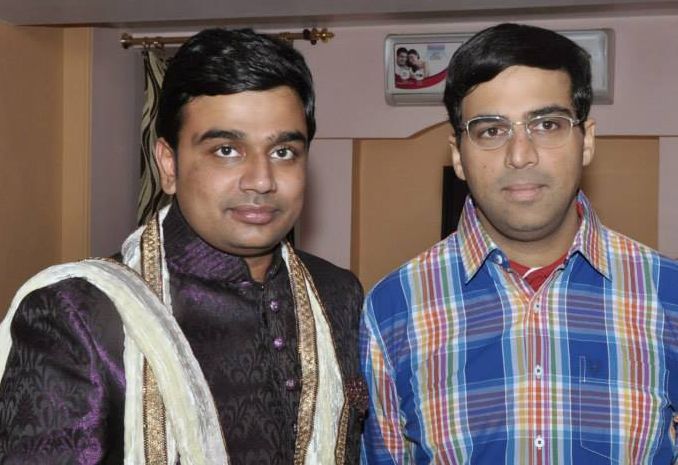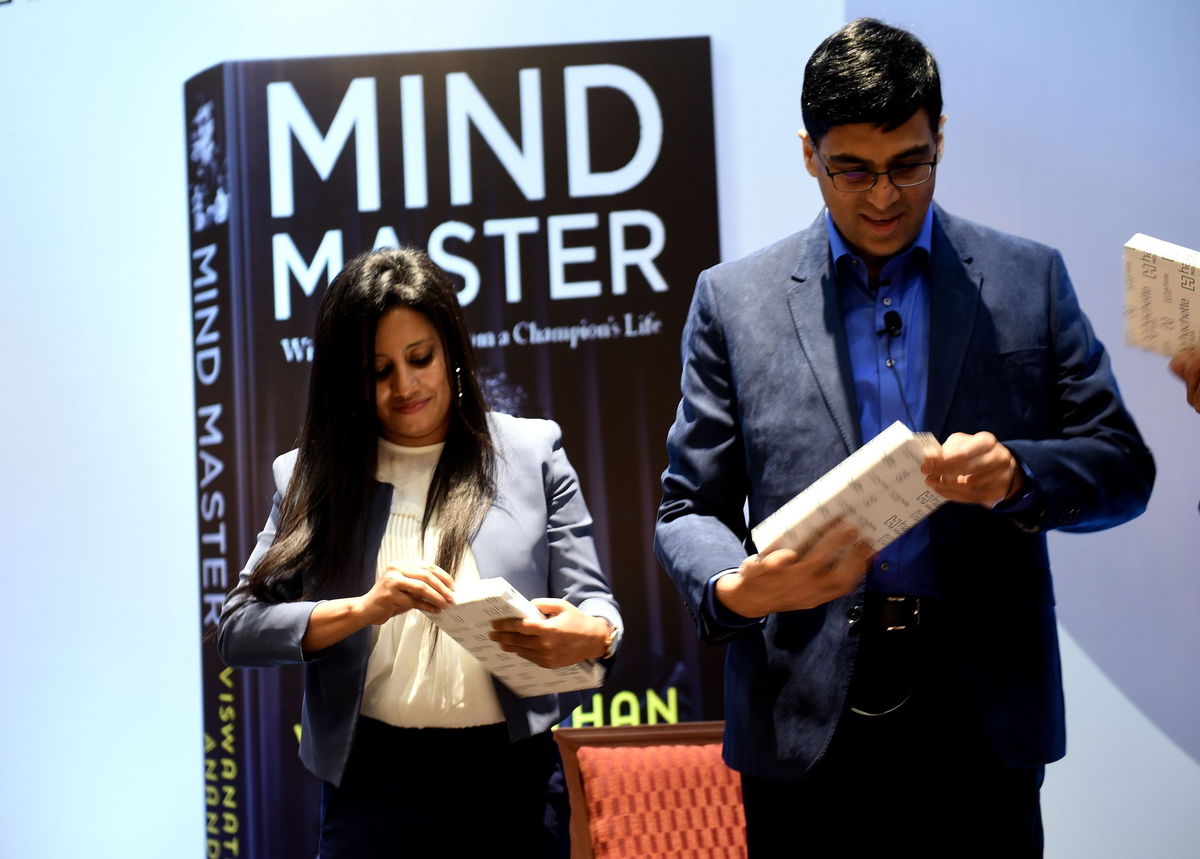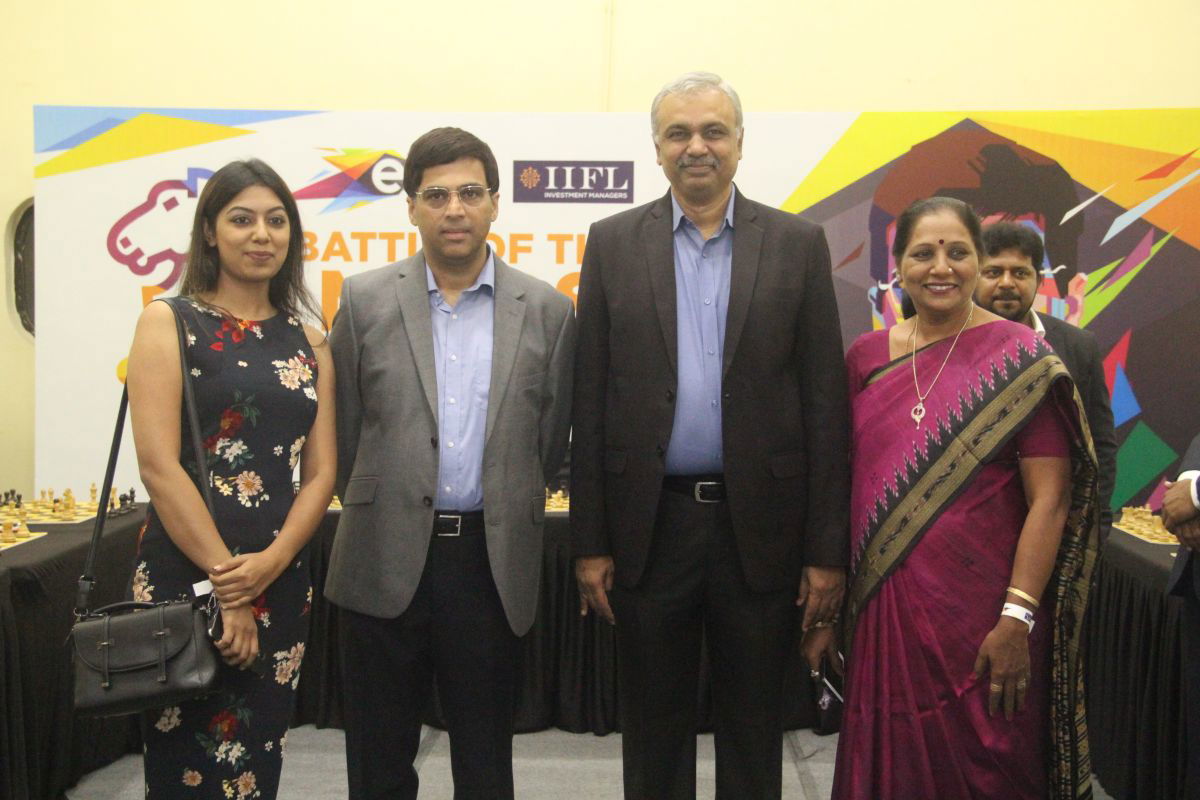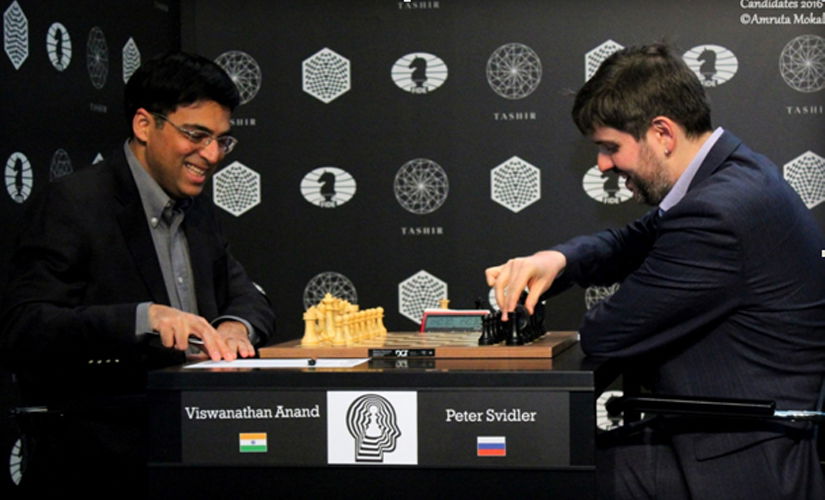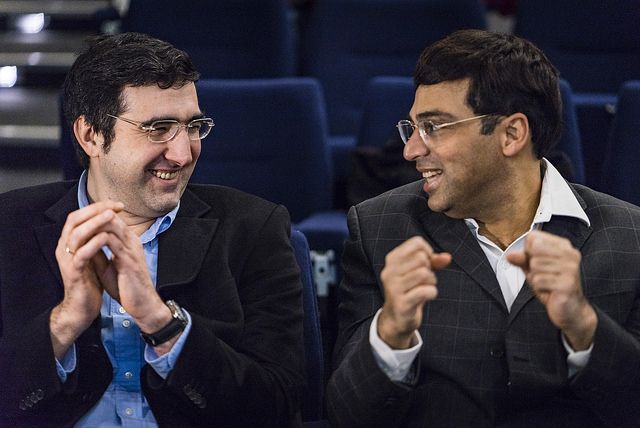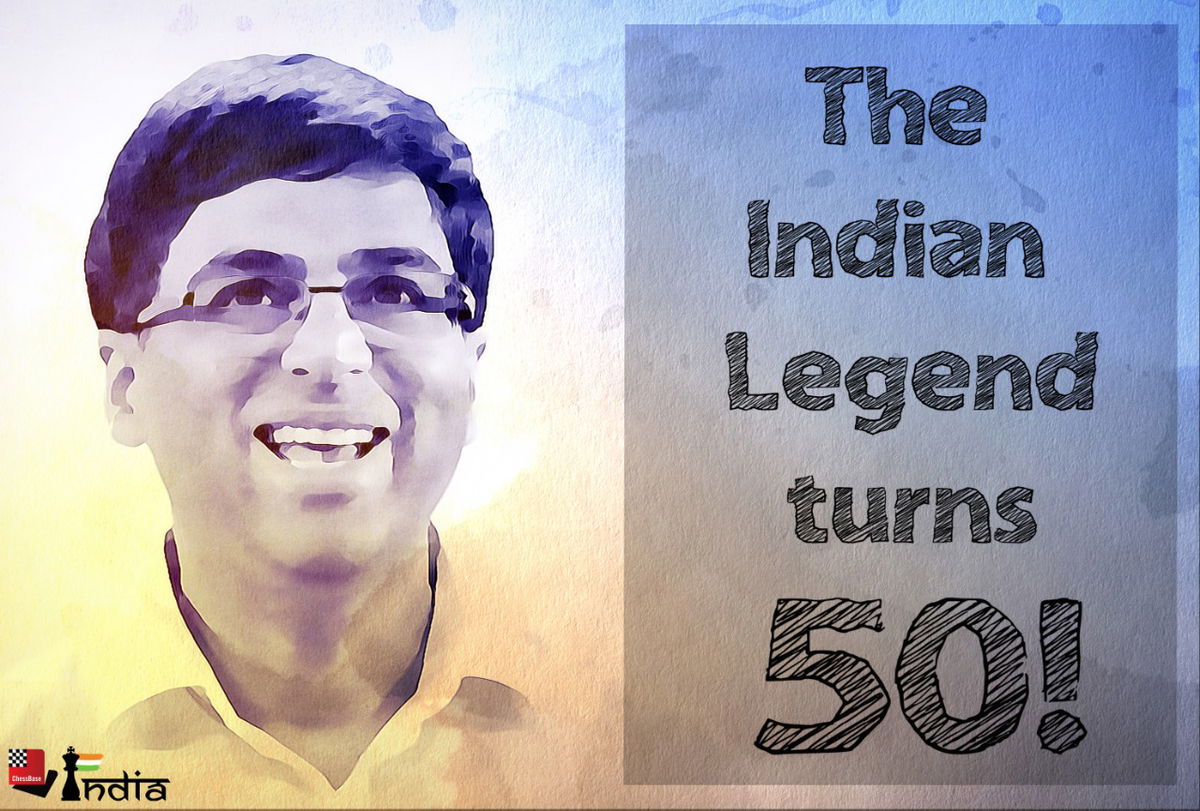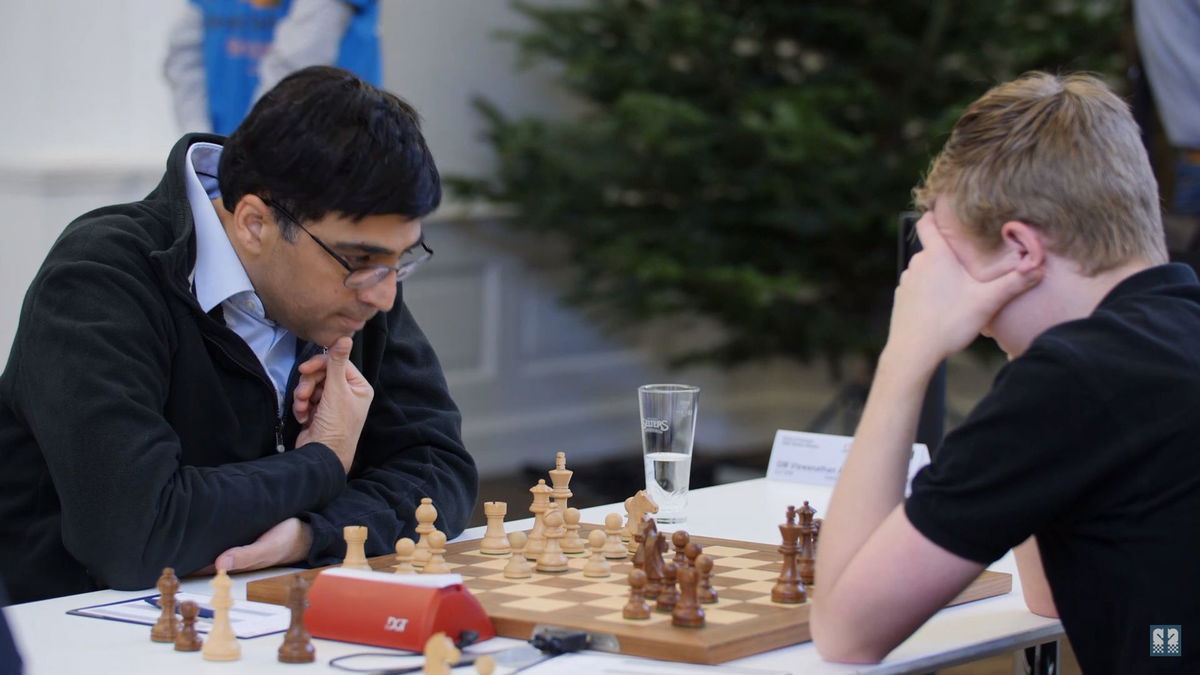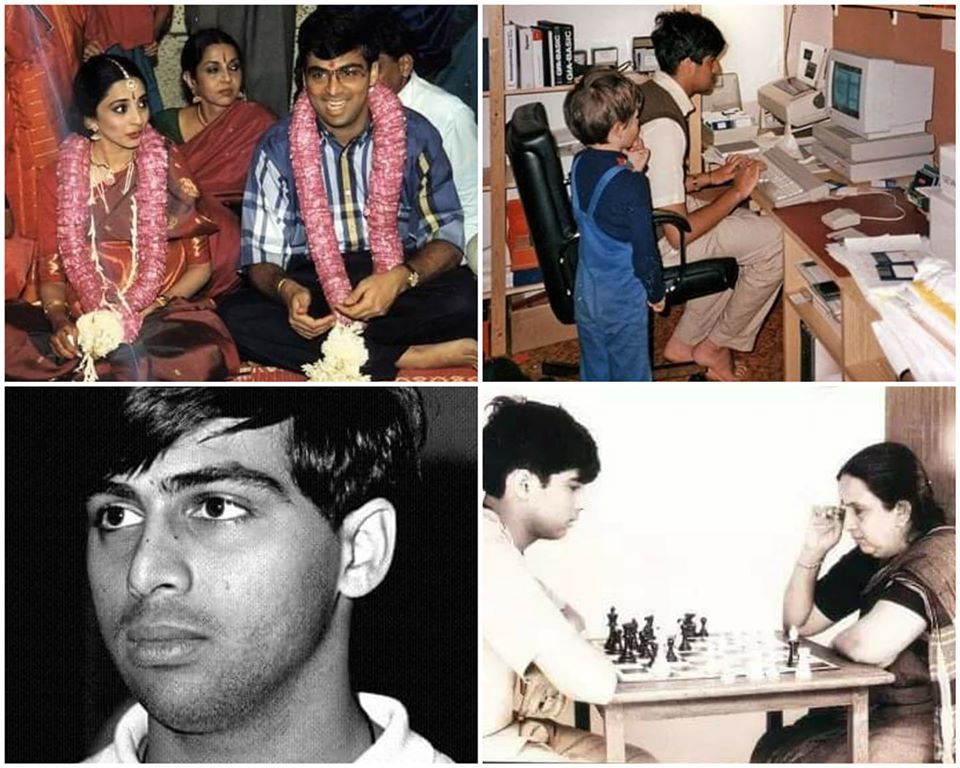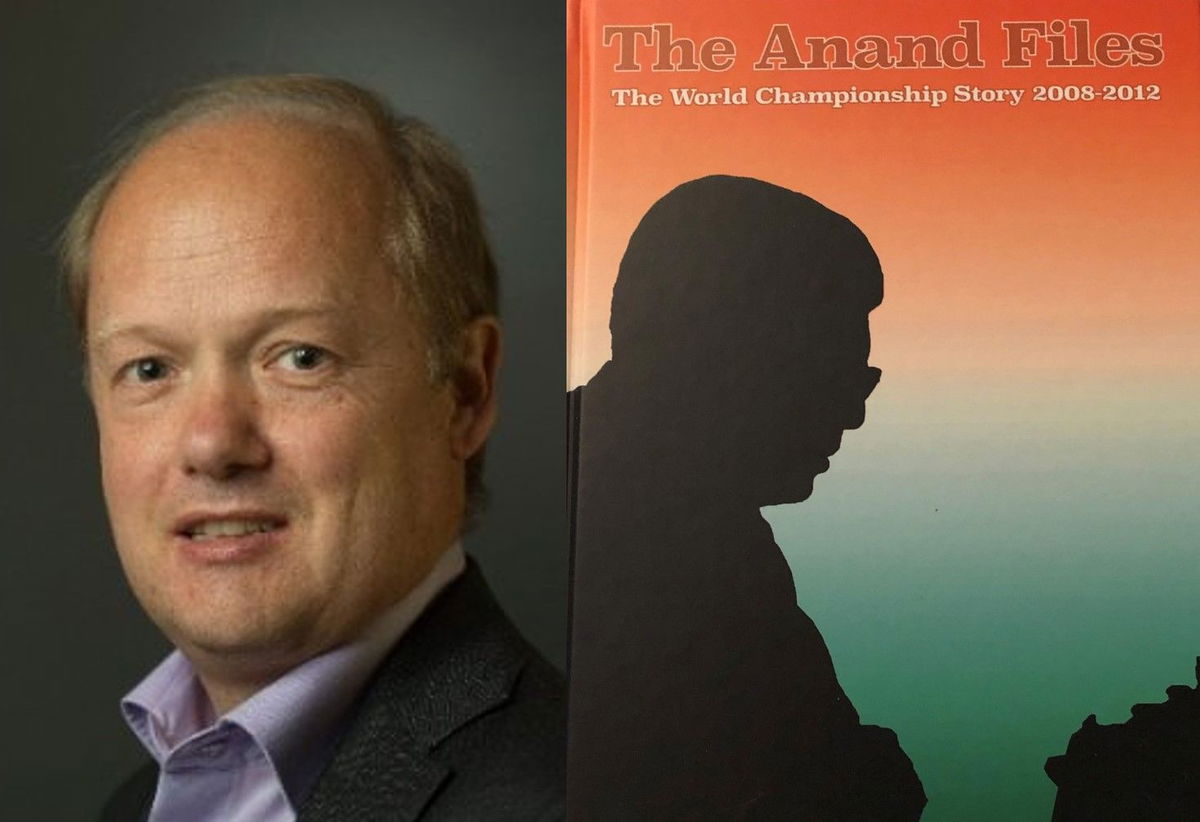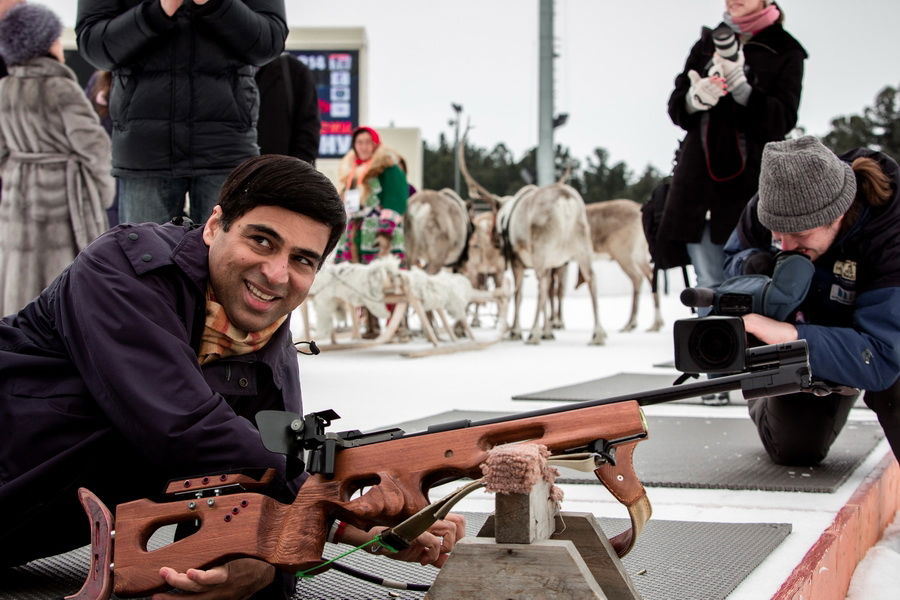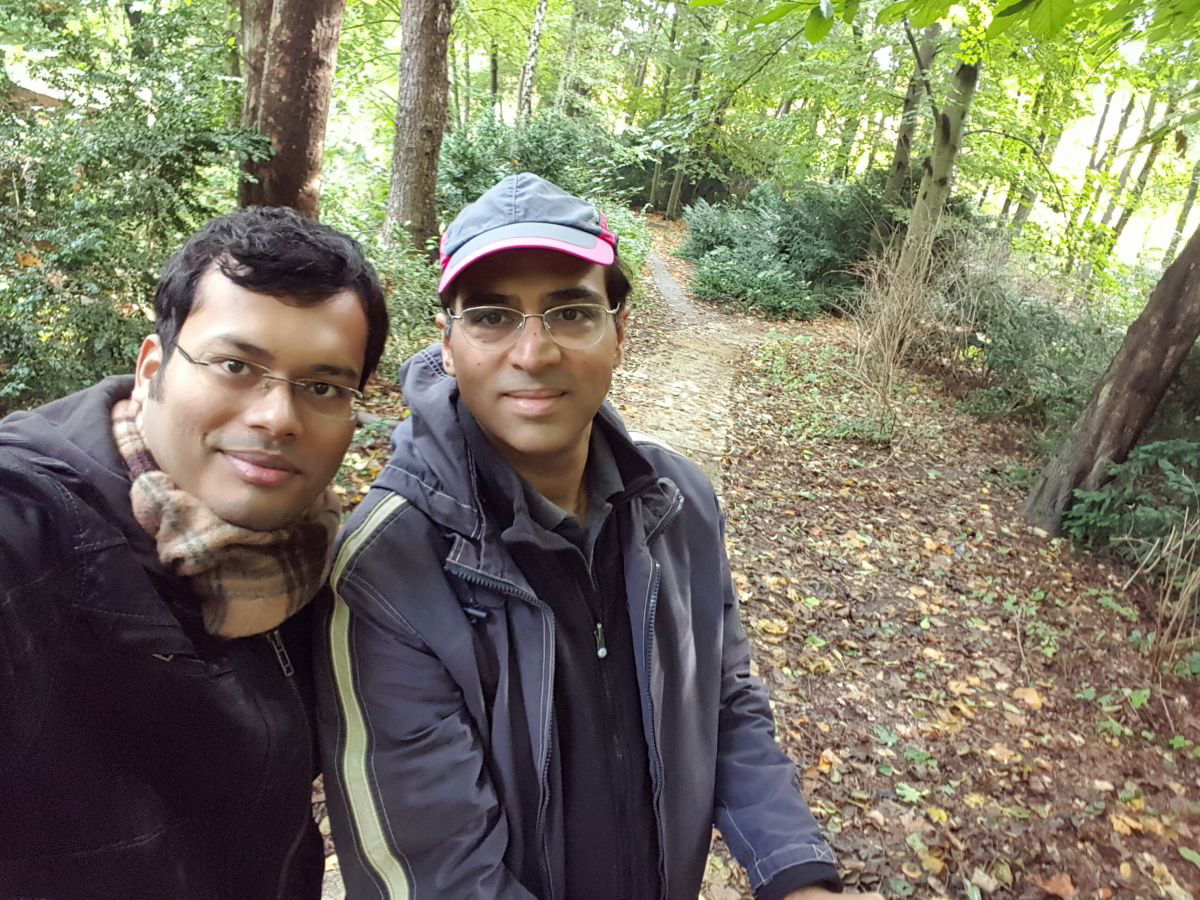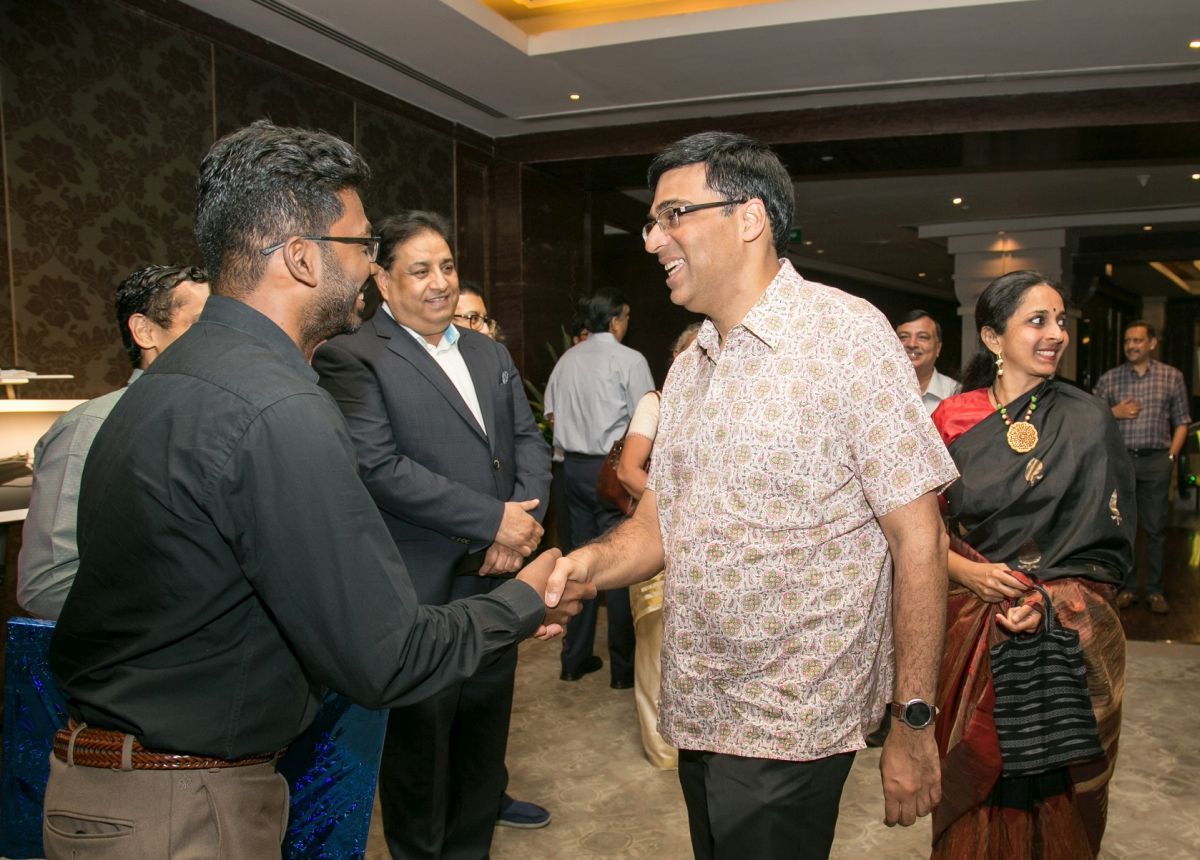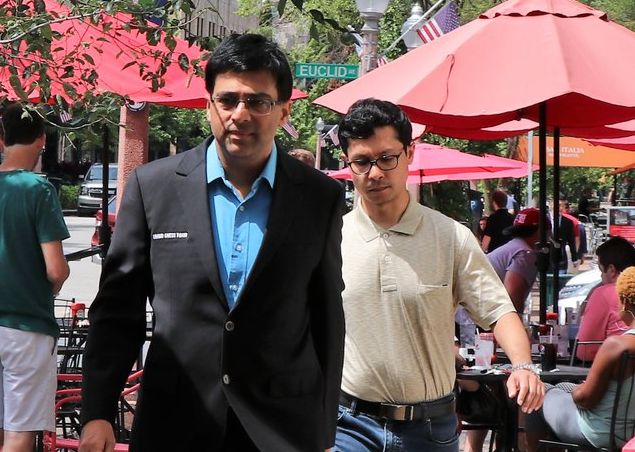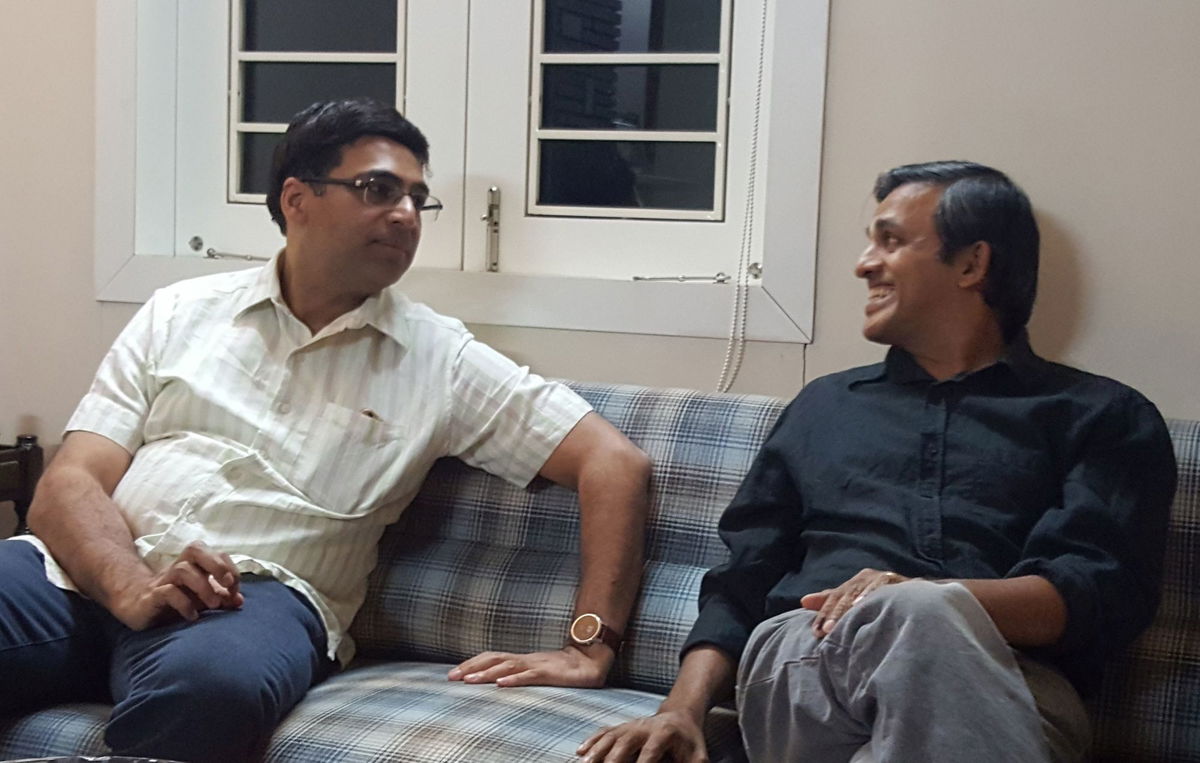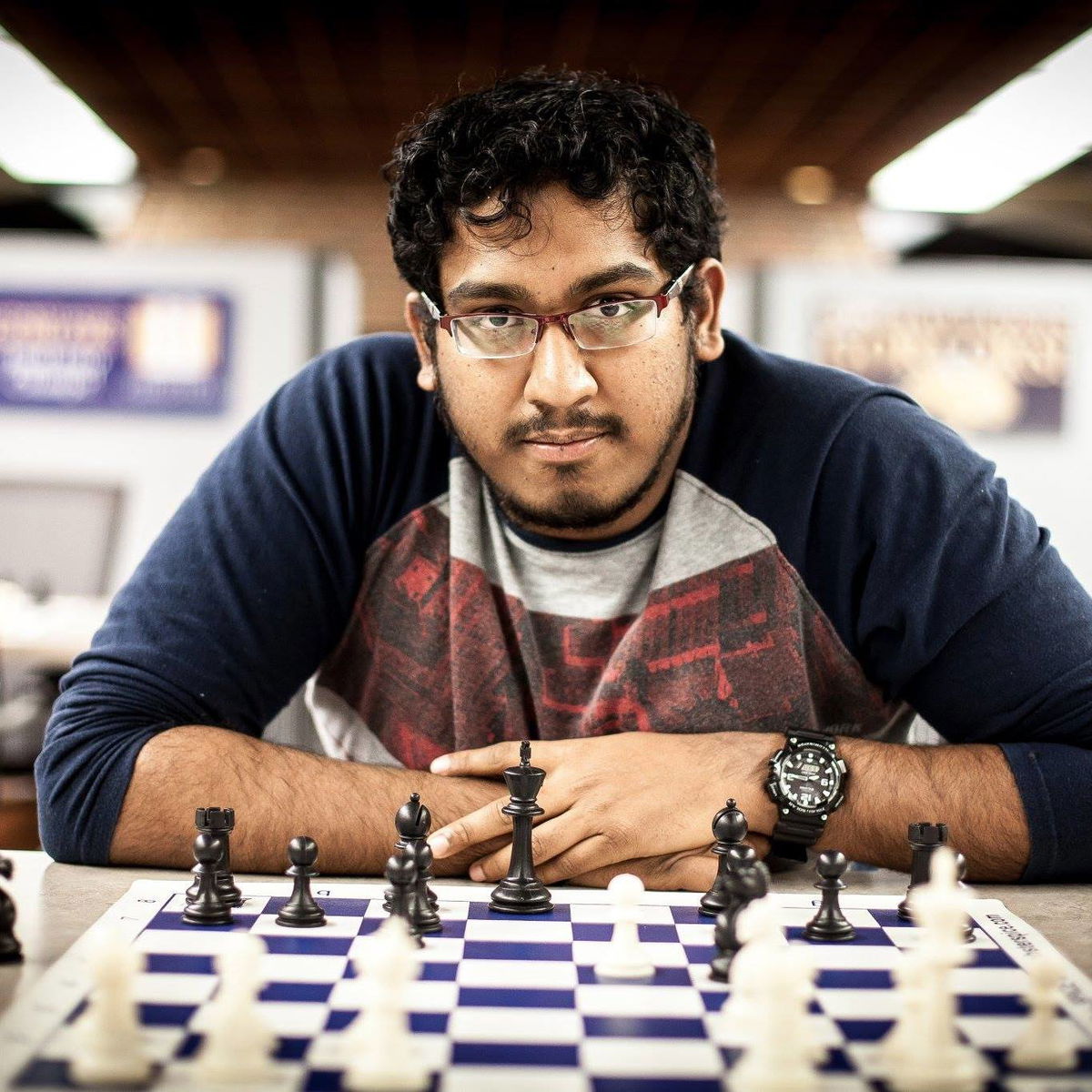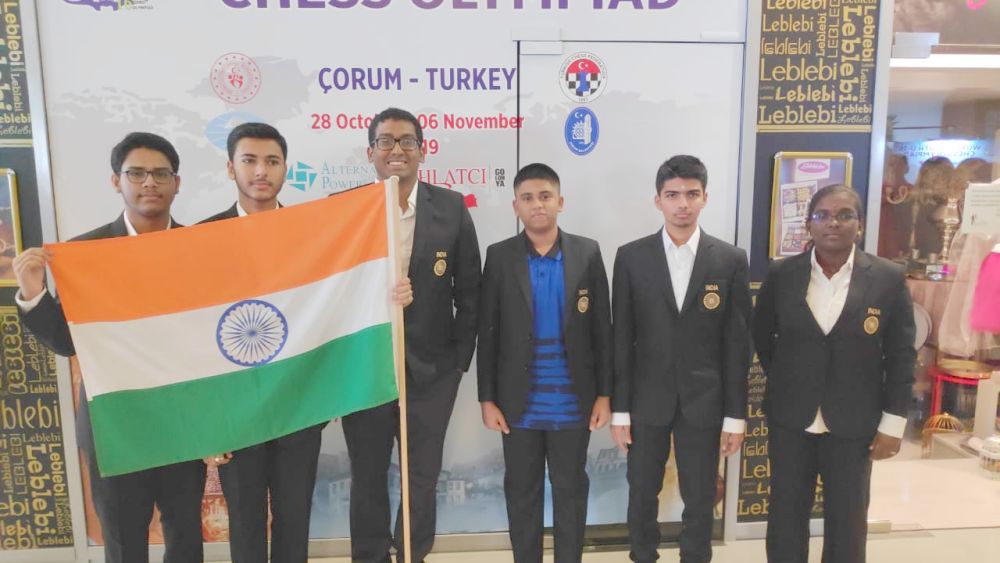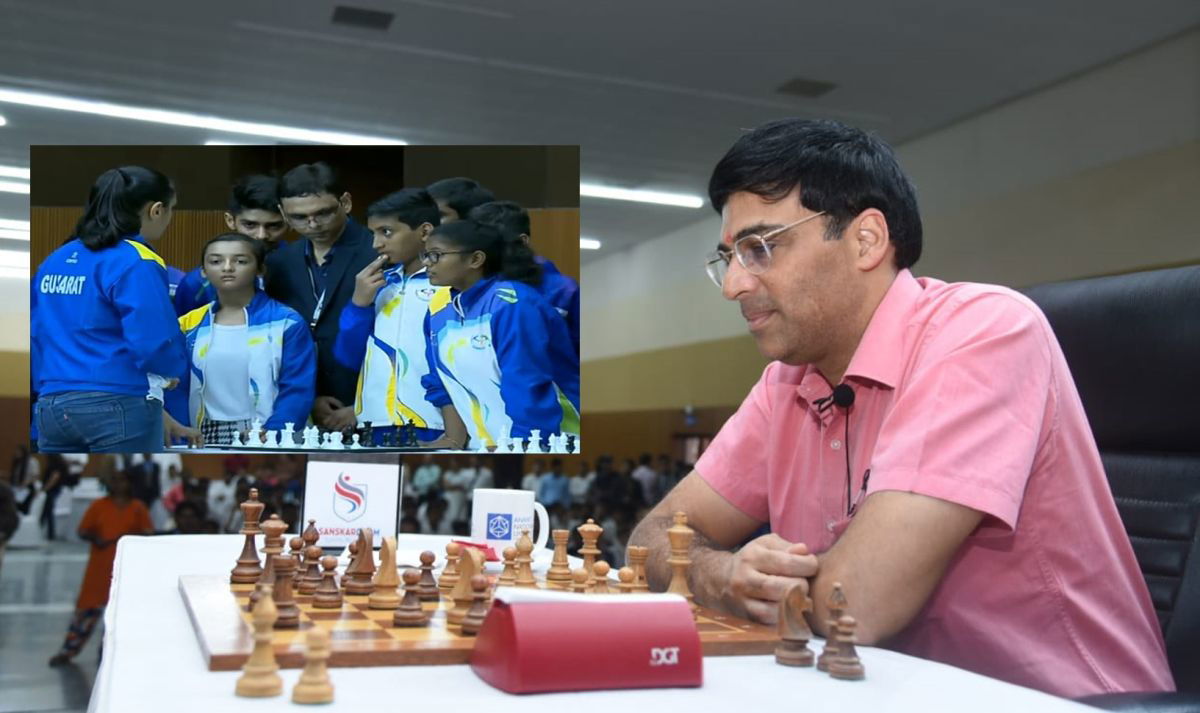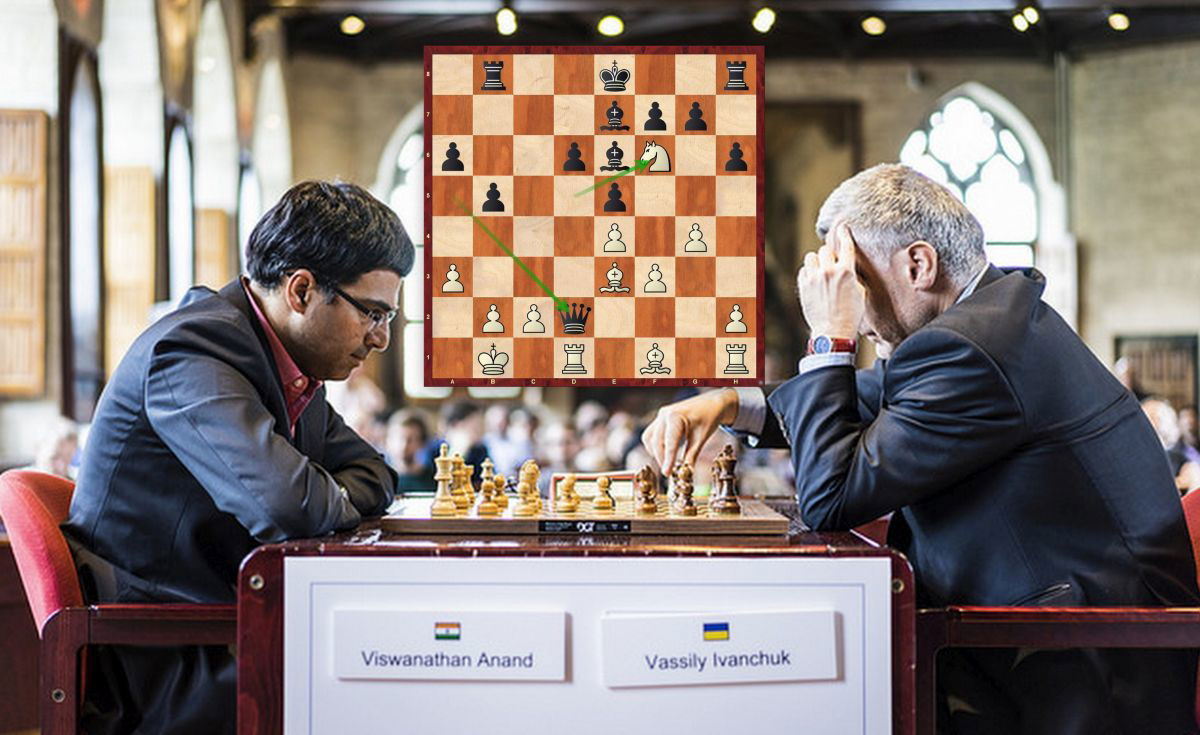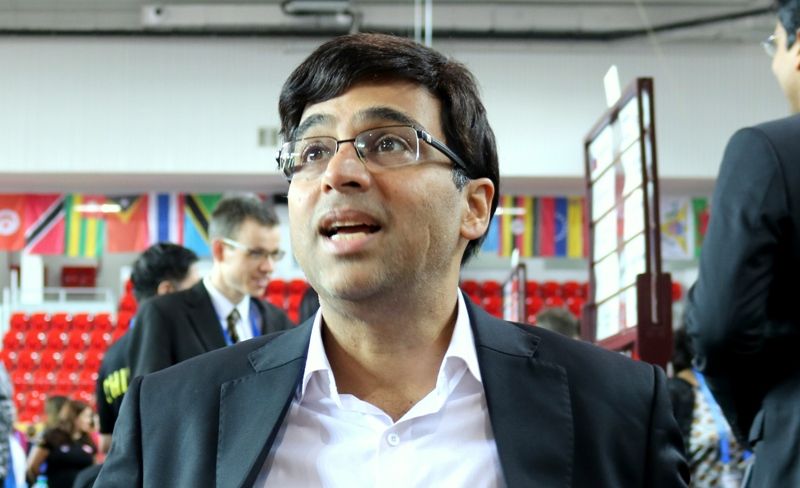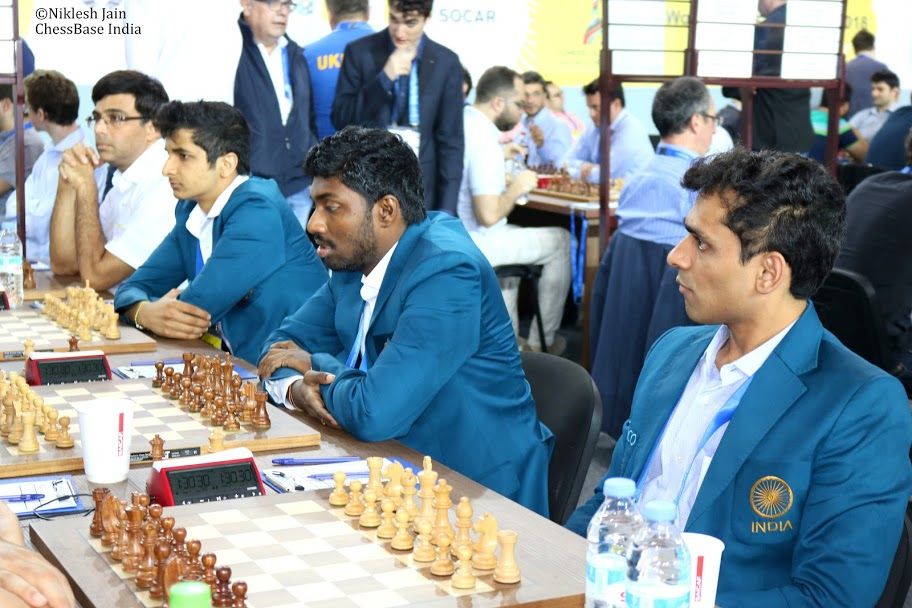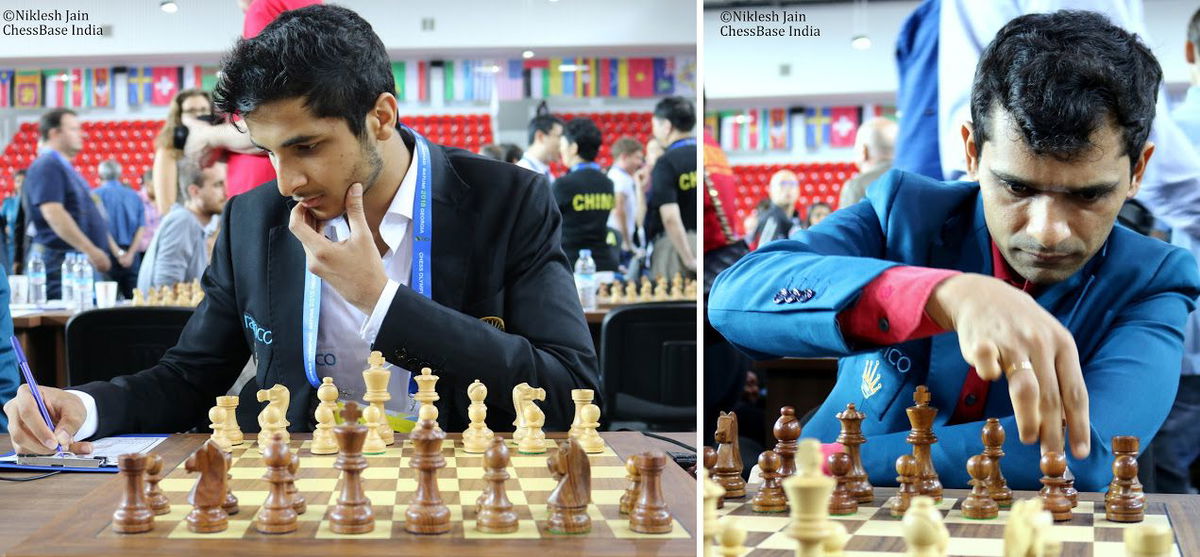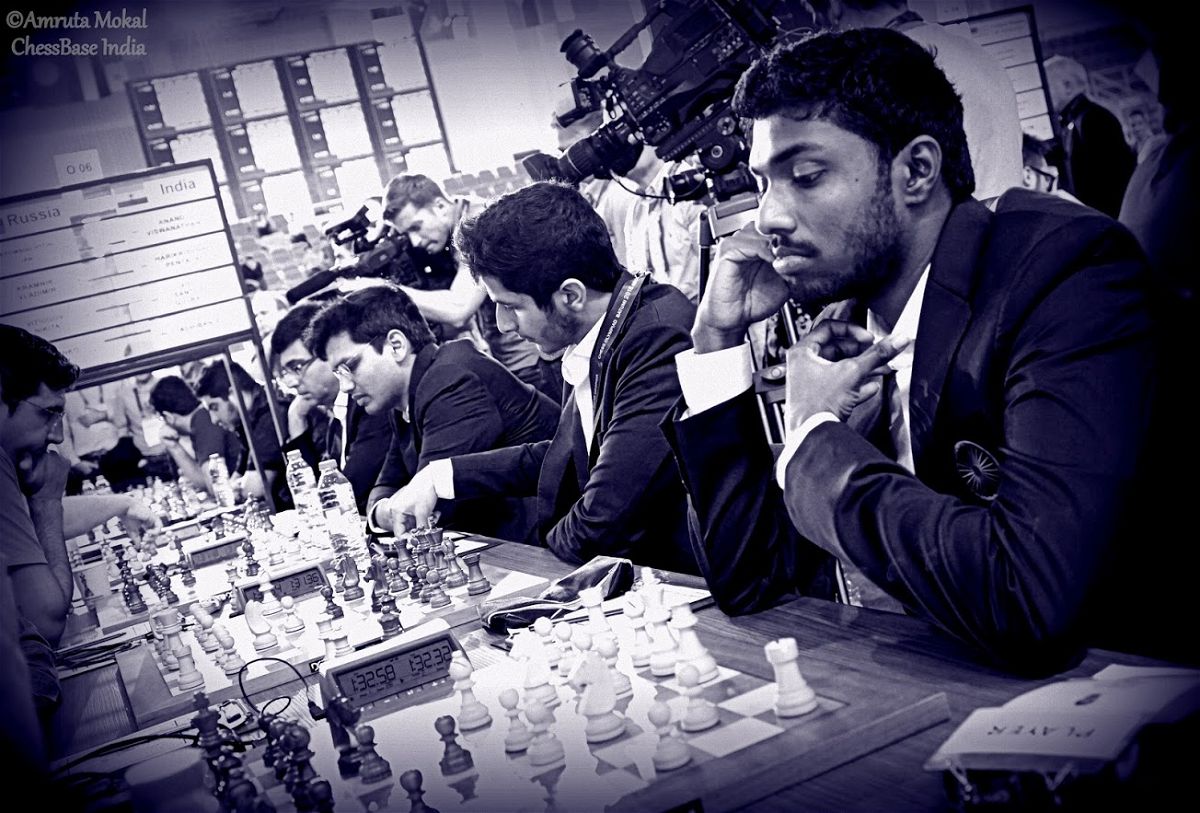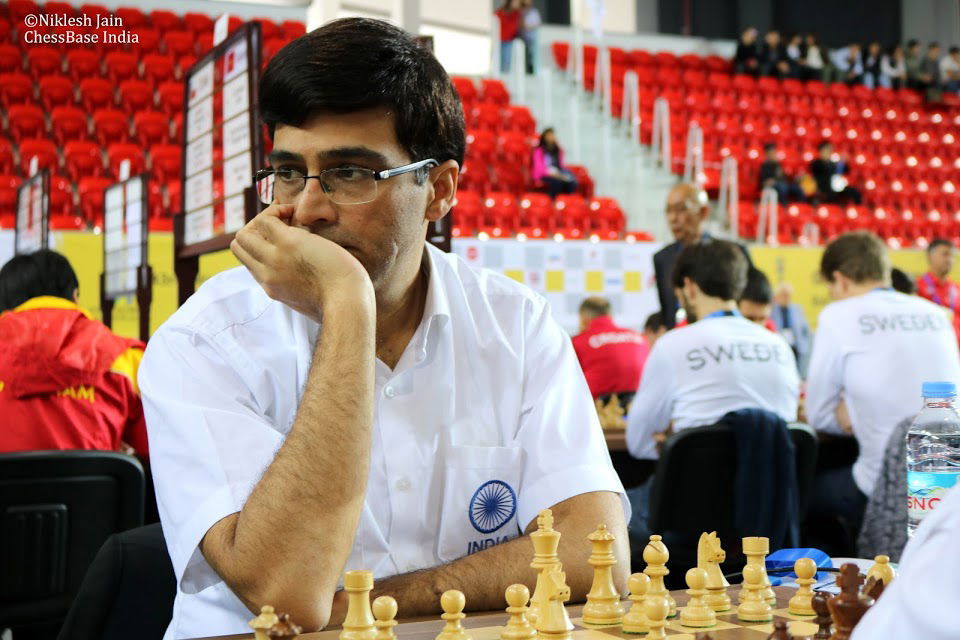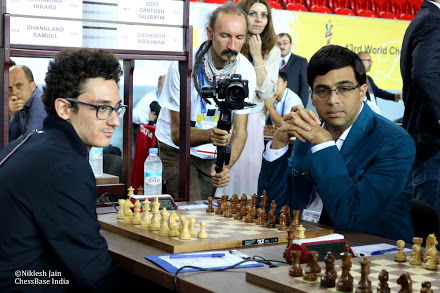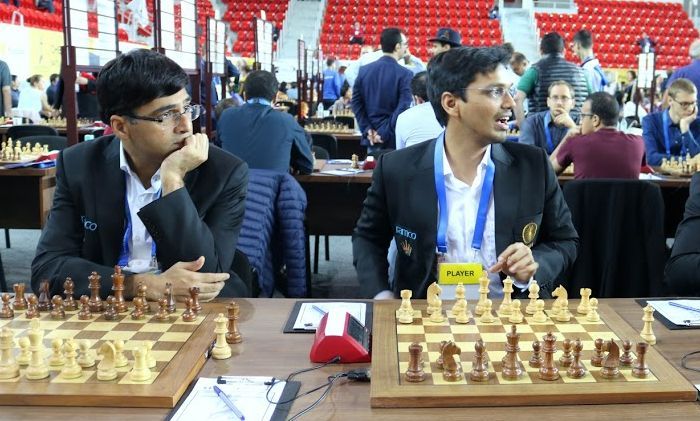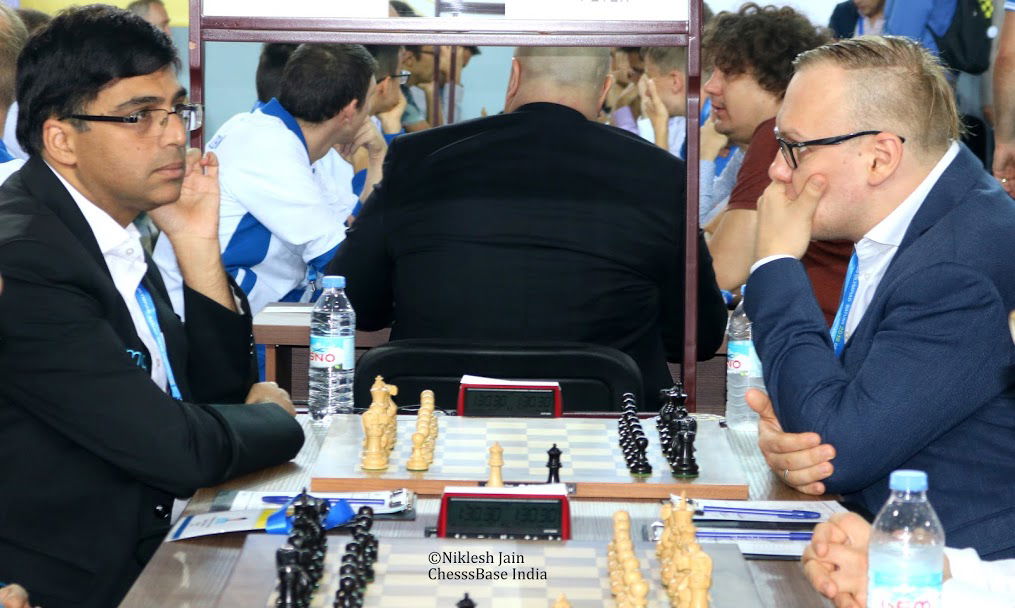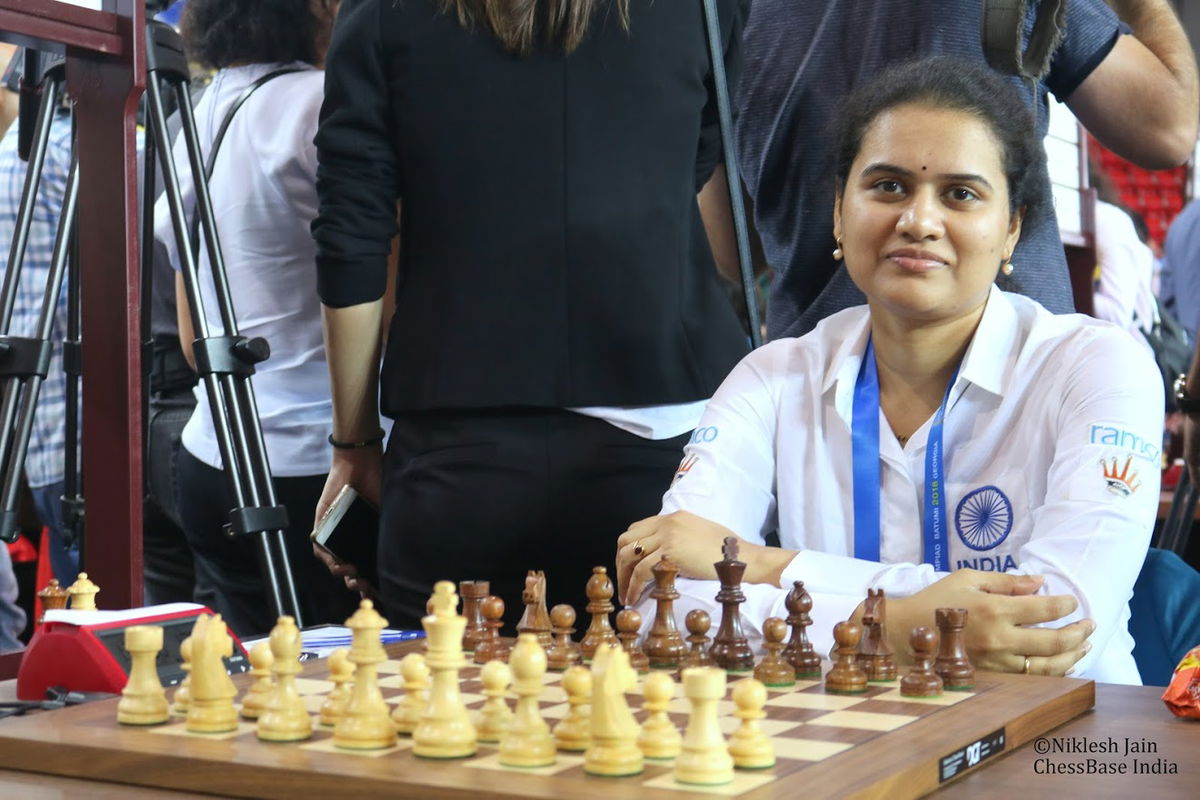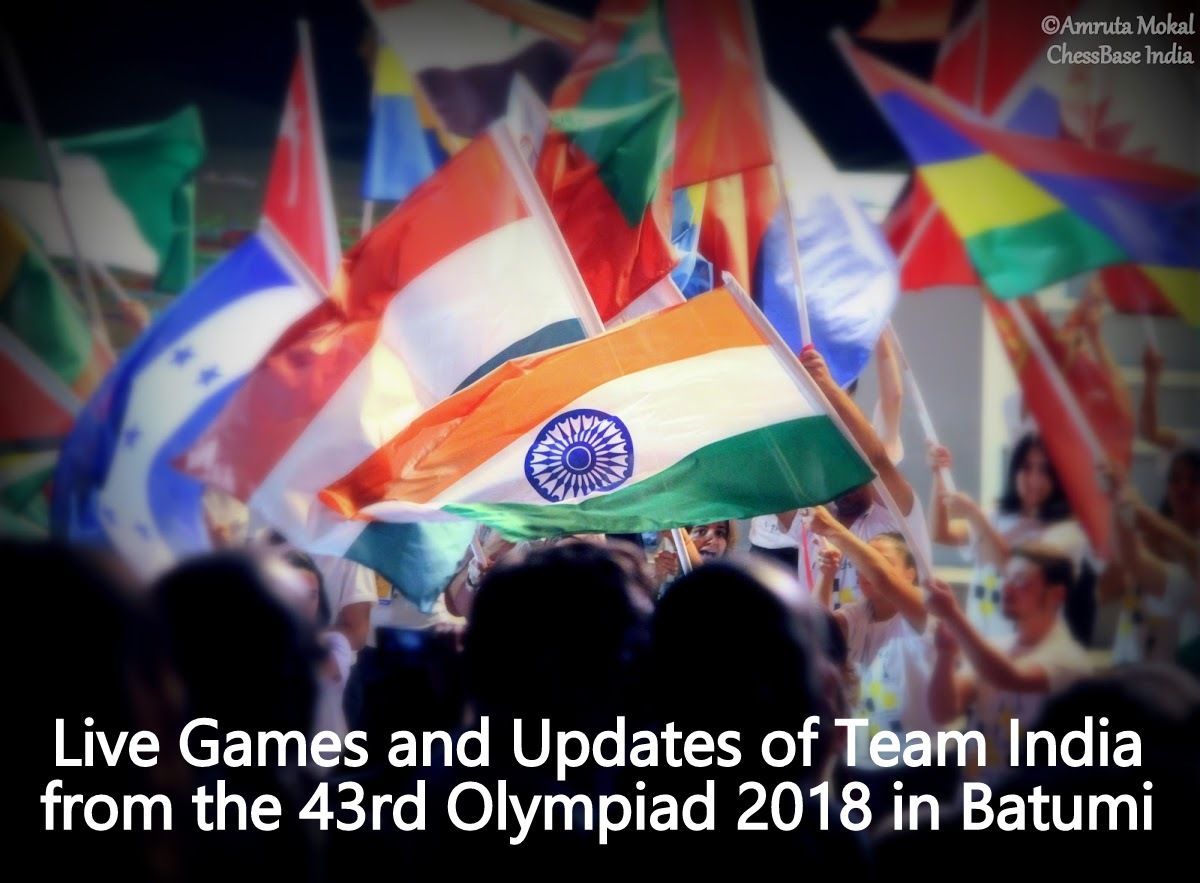Before he became World champion: Vishy Anand, the Speed Demon
This is the 2nd episode in the series of Olympiad stories with Saravanan. In this episode, we discuss the Madras Tiger Vishy Anand and some of his memorable games at the Olympiad. In discussing the games, Saravanan and Sagar also go into the history of how Vishy developed as a chess player. Saravanan saw the lightning kid style of play of Anand and also the more mature and calm style. This is part of a 6-episode series of the most interesting stories of the Olympiads. Thumbnail by: Abhyudaya Ram.
Vishy Anand's metamorphosis at the Chess Olympiads
Sagar Shah(SS): Saravanan, it's a new episode today, what stories do you have for us?
Venkata Saravanan(VS): Well, in the last one we talked about Garry Kasparov, so the logical conclusion is Vishy Anand in the Olympiads! I specifically want to talk about Anand in his teens and early 20s, because not everyone knows about this phase of his career. Everyone knows about Viswanathan Anand, the 5-time world champion. But what was Anand in his beginning years, when he was nicknamed "the speed demon", "the whirlwind of Chennai", and "the lightning kid"?
This is one thing I'm very interested to discuss. How do we recognize talent? What are those ingredients, when we look at a player's moves and say, "Ah, this kid is talented".As we are going to see the games, I would really love to show those points where Anand's talent really comes out. But more than anything, that incredible speed with which he used to play chess, was simply mind-boggling in my opinion.
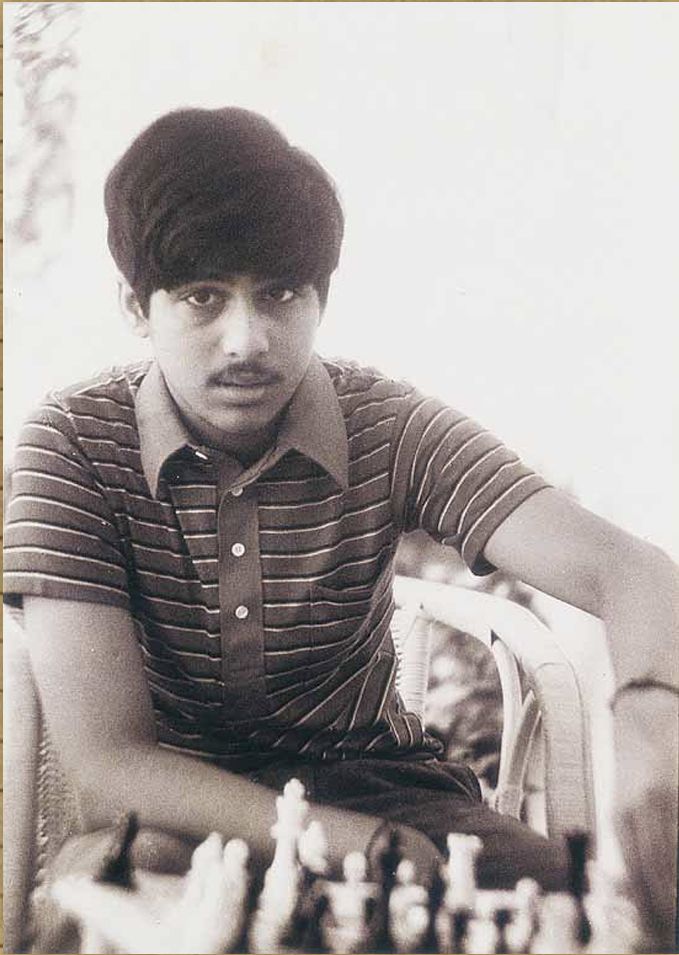
SS: This was during the '90s when Anand was around 20 years old. Were you following him closely at that point, playing in similar events?
VS: I started playing very late when I was 13 years old. My first national junior was his next-to-last one, at Nagpur in 1985. At that point, he was already a star. You know, in those days we used to play with Analog clocks, and the time control would be two and a half hours for 40 moves followed by adjournment. Anand would typically take about 5 to 10 minutes for each game, the opponent would take all 2 hours and 30 minutes. We have all heard epithets like this, but Anand's play at those times actually invited these nicknames for him.
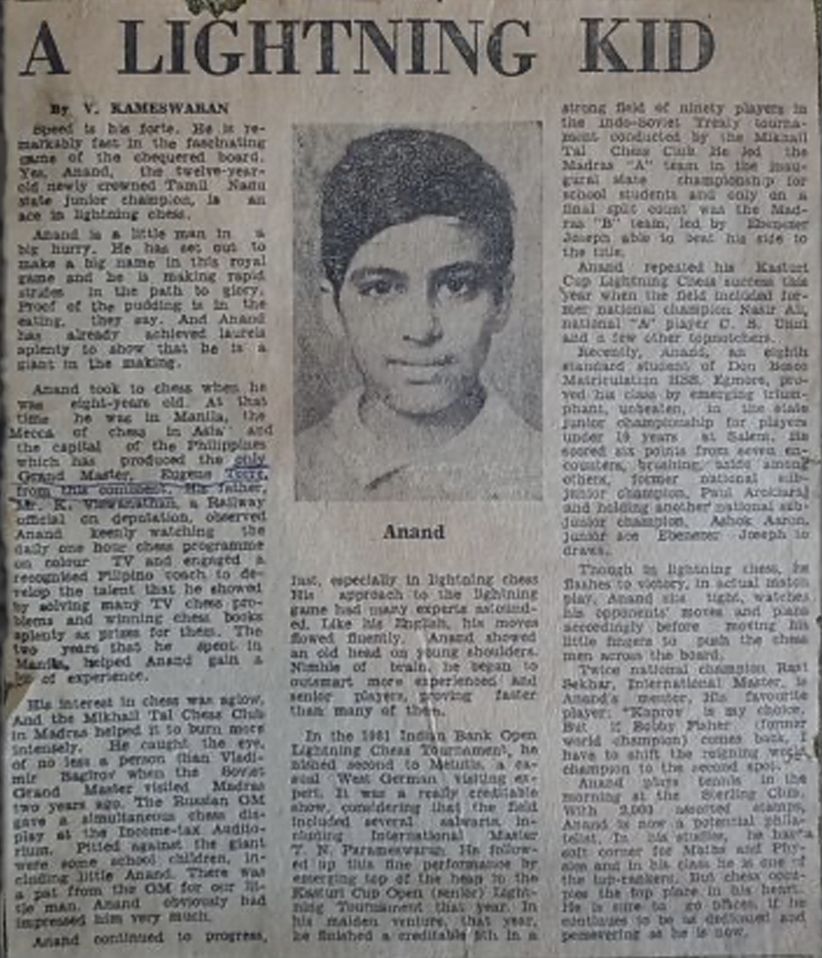
SS: I can't imagine some youngster who's extremely talented doing it right now. We have a very young team, right? The India B Team, we have Nihal, Gukesh, and Raunak. We have Pragg and Arjun in the A team. I can't imagine them taking 15-20 minutes on each game.
VS: Two weeks ago, I had been to the Olympiad training camp in Chennai. So I went and met GM Abhijeet Kunte, the coach of the Indian team and also the National selector. So I was chatting with Abhijeet, and I asked him how fast are these youngsters of ours. He said Nihal and company are so fast that they play only 10-second +1-second blitz games. They say 1+1 is a bit slow, and 3+2 is extremely slow. Just imagine two and a half hours, 40 moves followed by adjournment of a whole night where you analyze the game. We are all Rip Van Winkles to them!
SS: Agreed, I think that's true. But I think Vishy still shows these glimpses of extraordinary speed like he did in the Superbet Rapid and Blitz beating the best in the world!
VS: Absolutely. In the Superbet Rapid and Blitz 2021 at Romania, the way he defeated Ian Nepomniachtchi in Blitz just before his World Championship was spectacular. There was this magazine called "Inside Chess" by Yasser Seirawan, which had a report on the famous Anand-Dreev match in Chennai, in 1990. It went like this:
The fans of the city of Madras were treated to a wonderful site. It was their home-grown whirlwind versus the sleeping Russian bear. Dreev used to get into time pressure almost every game, and the whirlwind worked wonders.
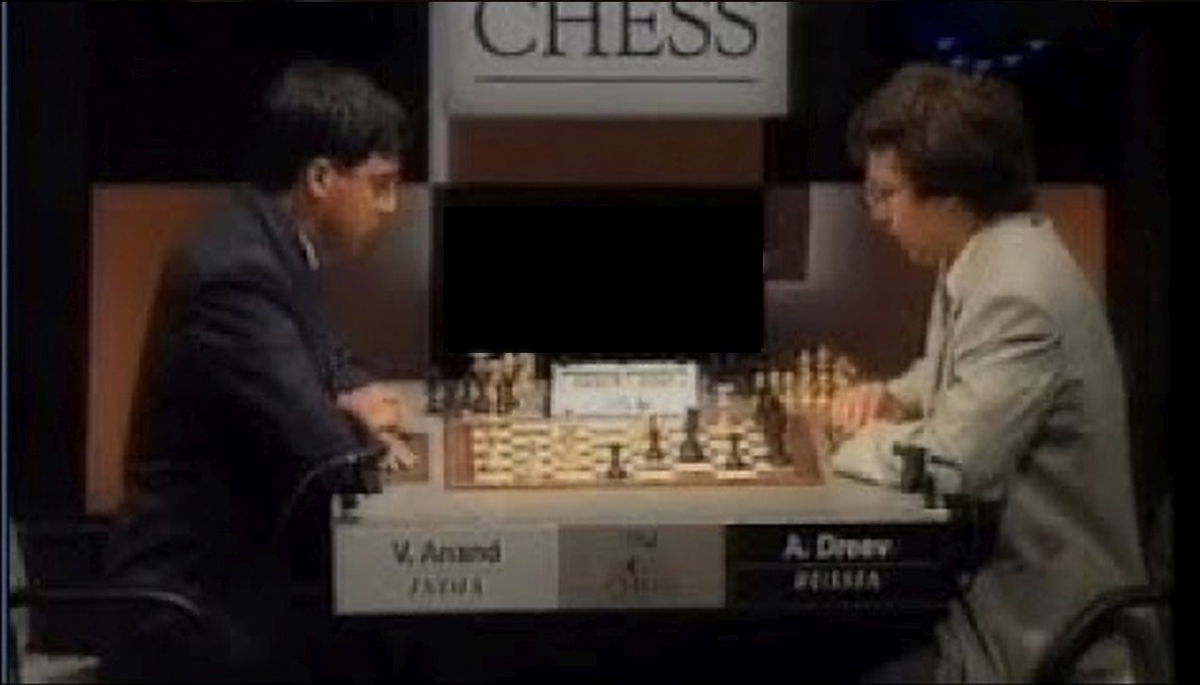
SS: I just feel sad that I couldn't see any of these moments live. But through some of your anecdotes, I can relive those moments. So, the 1990 Olympiad at Novi Sad was Anand's 4th Olympiad, right?
VS: Yes. 1984 was Anand's first Olympiad. '84 Thessaloniki Olympiad was the one where Anand got his IM Norm, by '86 he was noticed a lot. In '88 he was the World Junior Champion, and in the 1990 Novi Sad Olympiad, he was the Vishy Anand: The world-beater and Board 1 for Team India.
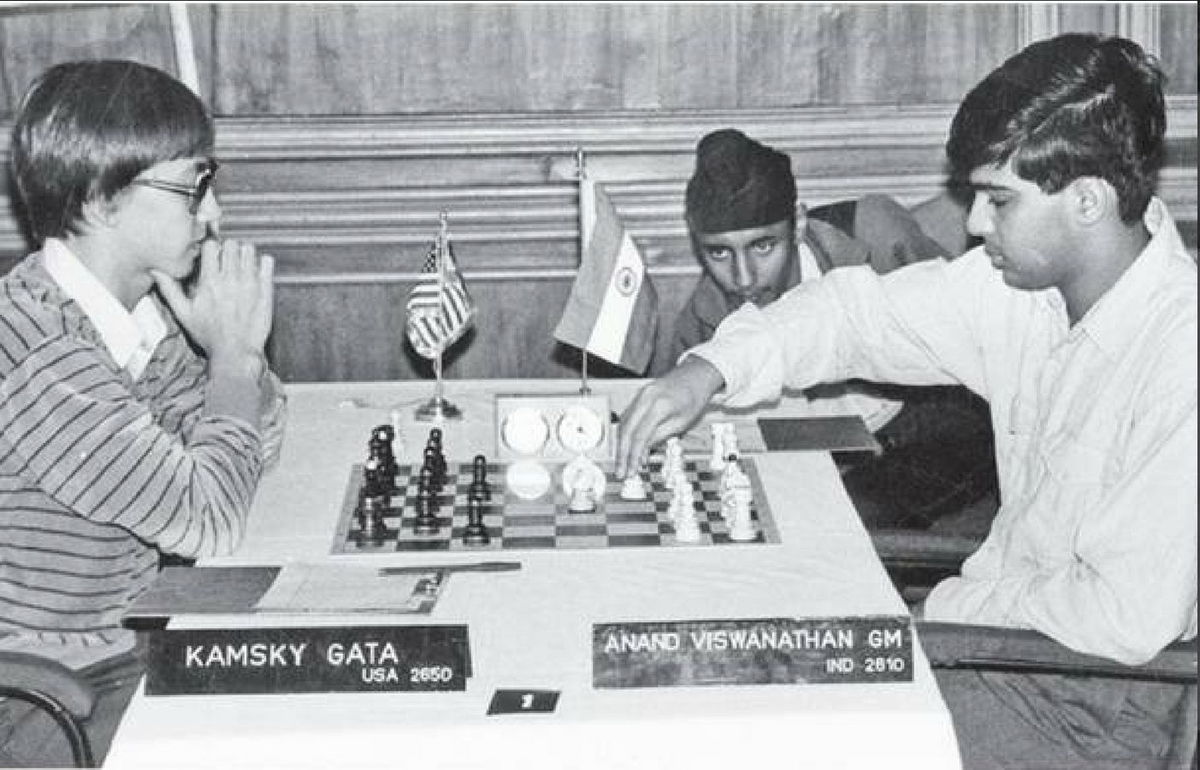
SS: Do you remember what our team would be at that point with Vishy on top board? Who were the other players?
VS: I remember one guy very well. It was IM Krishnamoorthy Murugan. It was very sad that he cut short his career very, very early due to certain incidents. He was an assured Grandmaster for those days, and the profundity of his ideas was amazing. He told me a story about the 1990 Olympiad. In those days, they used to have these result boards next to every table. It was a match between India-Hungary that day. It has been a short while since the games started, suddenly Krishna Murthy heard a noise. He looked towards Anand's board and saw the result has already been put up, Anand-Ribli:1-0.
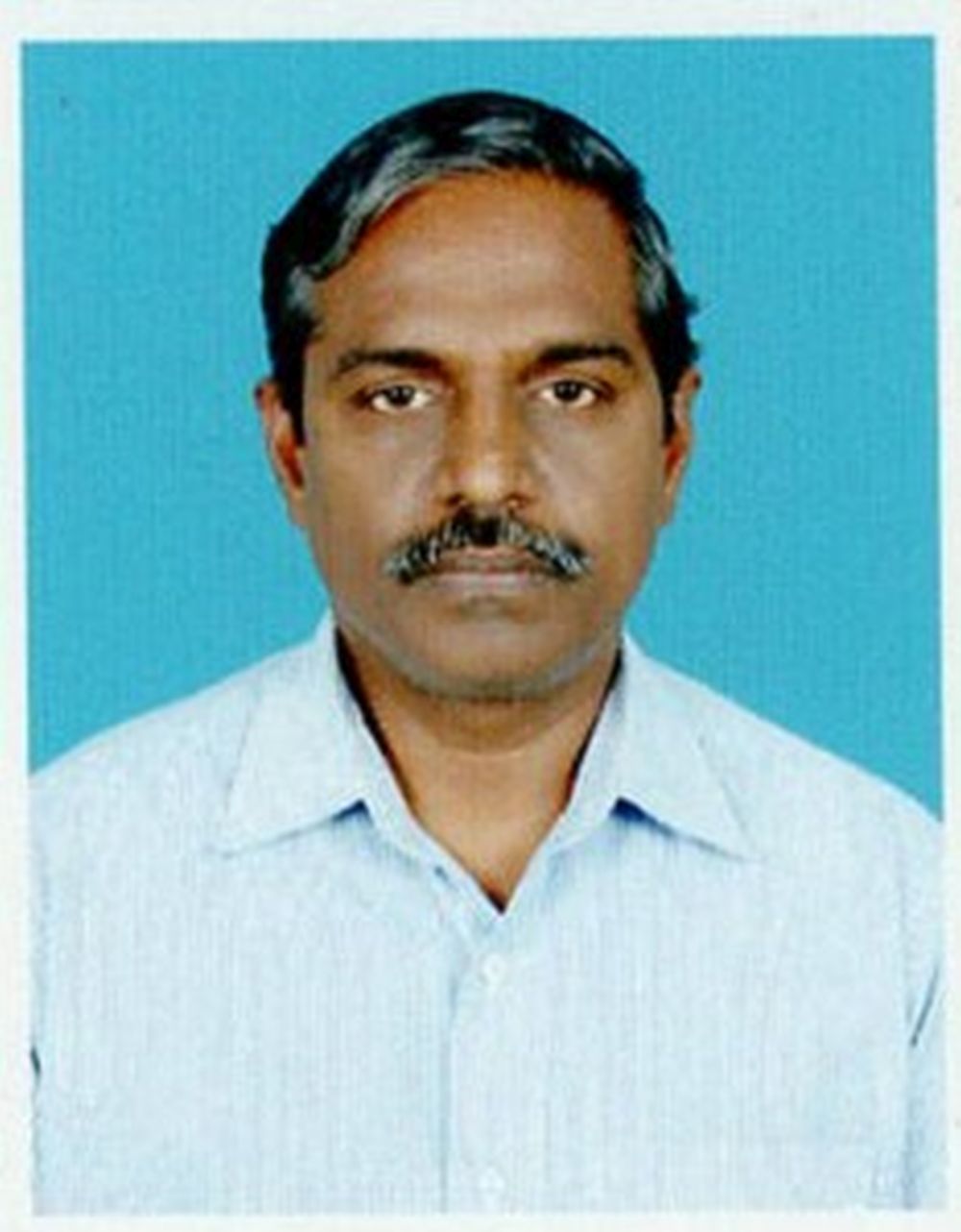
In my opinion, this game announced Anand's arrival on the world stage- A fantastic victory over GM Zoltan Ribli. There was a report on this game by Inside Chess, written by Lubosh Kavalek, who went on to become the coach of Nigel Short later on. He wrote:
We have all heard how Vishy Anand plays but only in Novi Sad, did we find out how fast he really plays. He plays like an express train and he defeated Ribli by just taking just under 20 minutes on his clock.
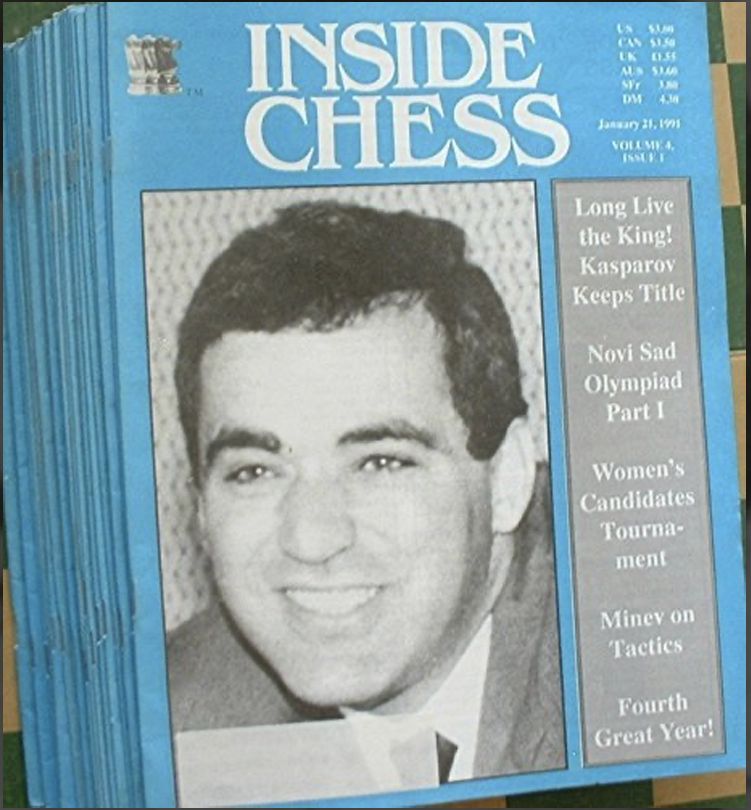
SS: Ribli at that point was one of the best players in the world, right?
VS: Absolutely. He played Smyslov in the Candidates semifinals in 1984, the same candidates' cycle in which Kasparov defeated Korchnoi and beat Symslov in the finals. Incidentally, I played Ribli in the 1992 Goodricke Open at Kolkata, the tournament in which I scored my first IM Norm. Zoltan Ribli was still a world-beater in 1990.
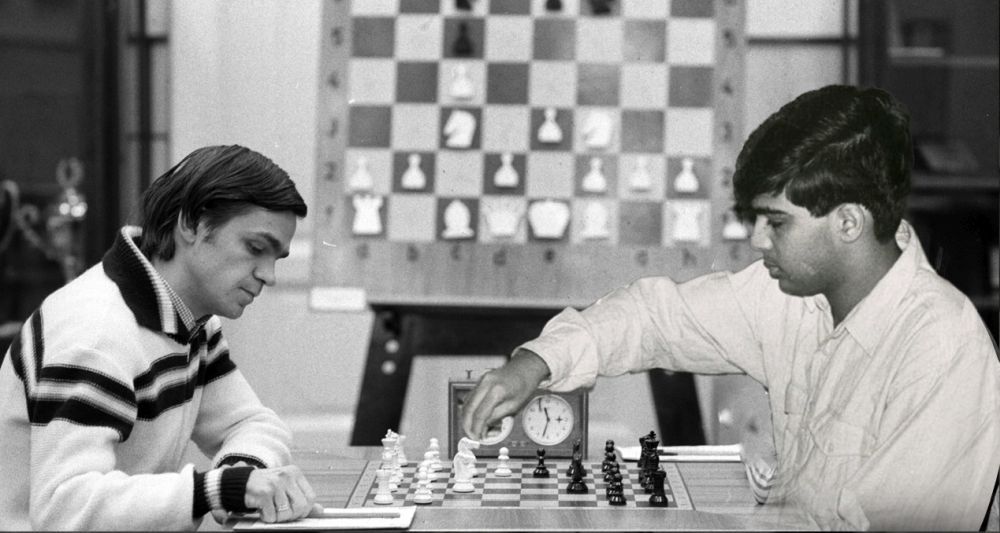
Viswanathan Anand vs Zoltan Ribli, India-Hungary, 1990 Novi Sad Olympiad
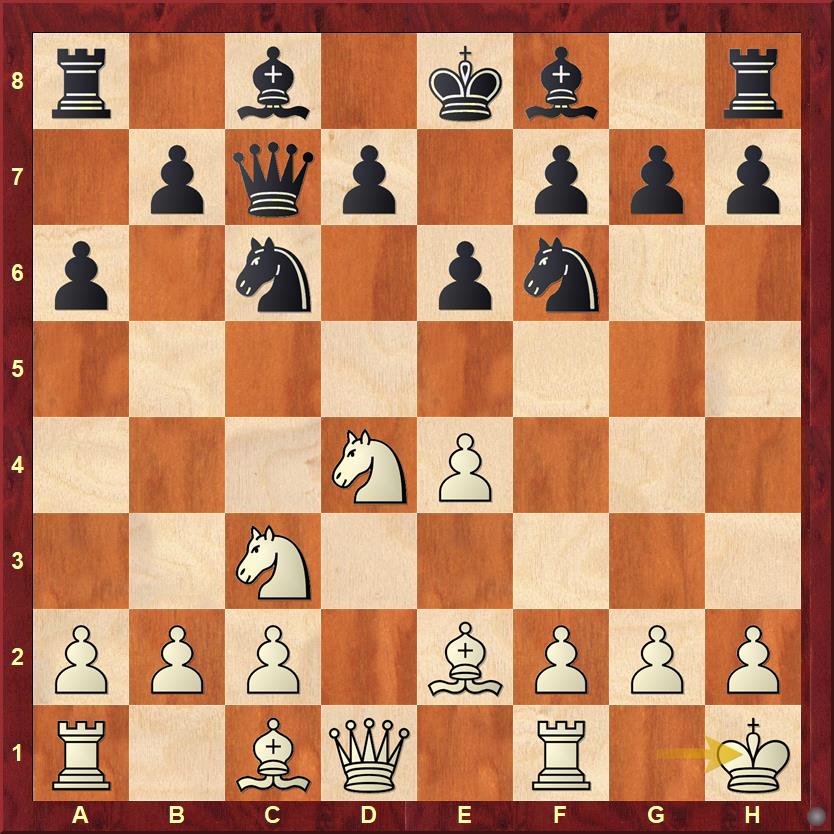
VS: This was another thing about Anand. From his very young years, he was extremely strong in opening theory. The Sicilian Taimanov was a specialty of Ribli at the time. Vishy is playing a world-class player and beating them in their own pet opening!
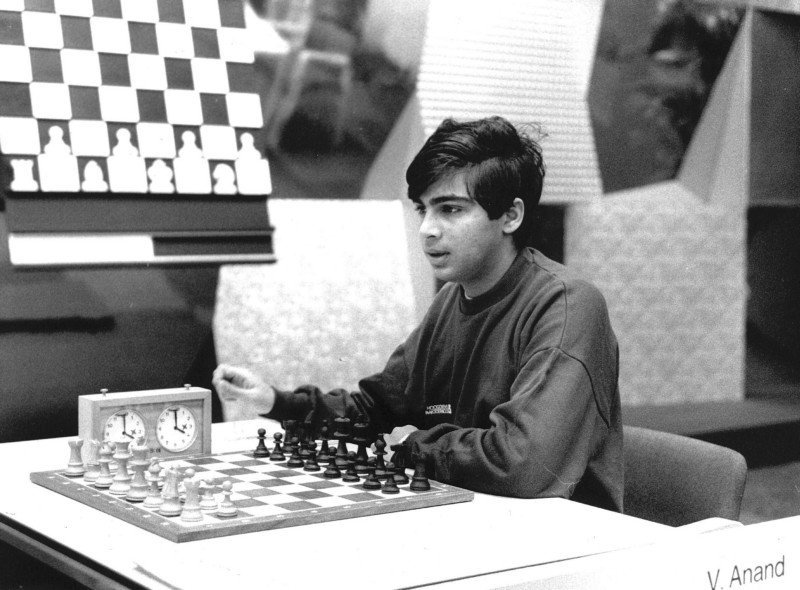
SS: How was Anand so good at opening prep? Because at that point, as, as we all have heard stories that material was scarce, especially in India. You couldn't get your hands on the Informator, which was the primary source of opening preparation at the time. How did Vishy do it?
VS: You know, I've seen Vishy Anand preparing in 1988 when he made his final GM norm and became a GM. I have been to his room and for preparation, he will have a book in his hand, just sitting on the bed, and that's it. Those days, there used to be a just magazine called "Tournament Chess". What they would do is take all the top category tournaments in the world and publish all the games. And Vishy just read the whole book, without a chessboard! So I would enter and look at his mom and she would say "This is how it is the whole day" [laughs].
There was another thing I remember. In 1988 when he became a GM, there was an Interview of him in Doordarshan.
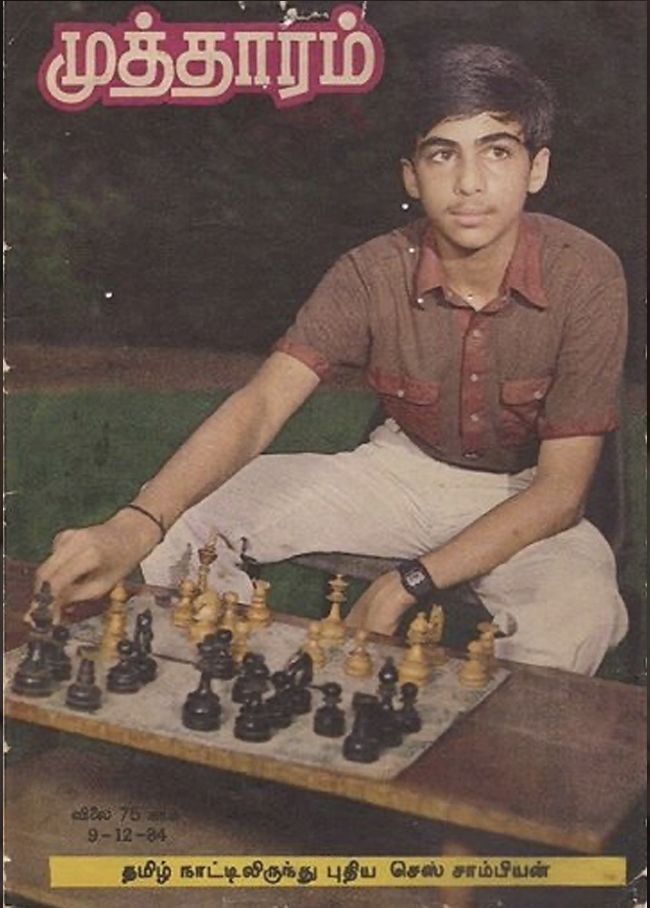
I remember 2 sentences of Vishy very well from that interview. One of them was:
In the long run, the more positions you know, the more openings you play, the better player you are.
This wisdom at that age is simply mind-blowing. See, Vishy Anand in 1988 is basically the Nihal Sarin of now. The second thing he told was:
To be on the world stage, it is important to know how theory progresses not just in your opening, but in all the openings in the chess world.
The first thing to notice: he had no doubt that he would be on the world stage. Second: He really knew all the openings, and his opening repertoire would be very broad at that time. There was an Asian Junior in Coimbatore in 1987, where he lost to Vajira Pereira from Sri Lanka, playing the Cozio defense in the Ruy Lopez. Many people were giving him wisdom after the game "If you played the Sicilian, you would have won easily". But the point is he knew so much, he couldn't bring himself not to play all the openings. He was a walking encyclopedia, not just openings in everything to do with chess.

VS: Studying the games of a young Vishy Anand, you will almost never find a moment where any just rules would be broken in the opening and middle game. This was one of the secrets of his playing speed. It was actually not calculating fast. It was putting faith in where pieces should be put in the middle game and opening and then putting them correctly in their places. is another story I met Niaz Murshed, who was one of the most famous players in Asia, and he was my friend.
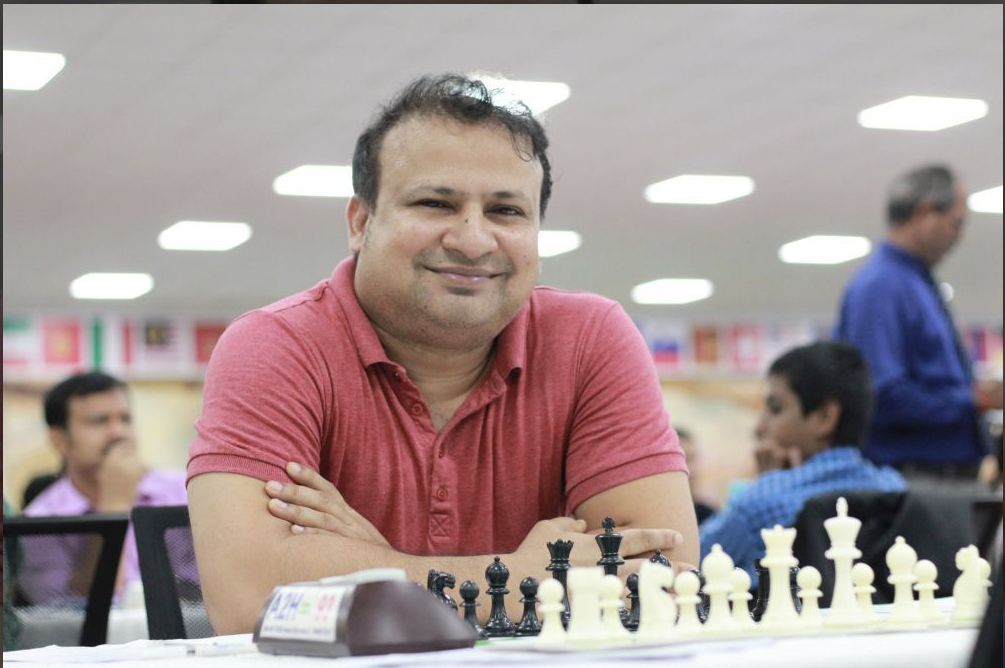
I asked him how was Vishy in the 80s because he and Anand used to play each other in World Juniors. He said he faced the Dutch defense in one game and his opponent went for d4 f5 followed by Nf6, Be7, 0-0, and played Qe8, Qh5 starting an attack in the Kingside. Niaz won the game but he was extremely nervous about it. After the game, he said to Vishy, "I was extremely nervous about this guy's Kingside attack". Vishy replied:
The laws of chess will take care that this attack will not succeed, an attack in which the Queenside is not developed.
In this game itself, have a look. Don't use engines, just use your common sense. The White pawns and pieces don't play anything fancy, nothing too creative. Just normal, good, moves to increase the advantage.
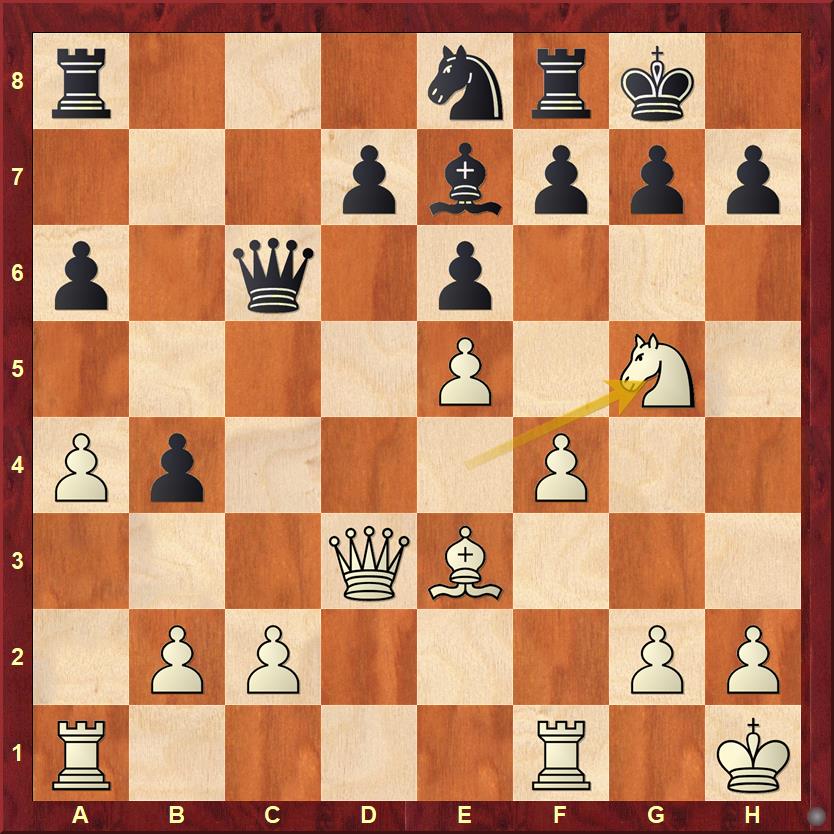
VS: Much later, Vishy Anand became the world beater. He qualified for the Candidates and was set to play Anatoly Karpov for a match. At that point, he had a training camp with Mikhail Gurevich, one of Kasparov's seconds. In this training camp, Gurevich explained to Anand that a chess position is like an onion, you peel every layer, then only you find the depths of chess. One of his advice to Anand was: don't play too fast.
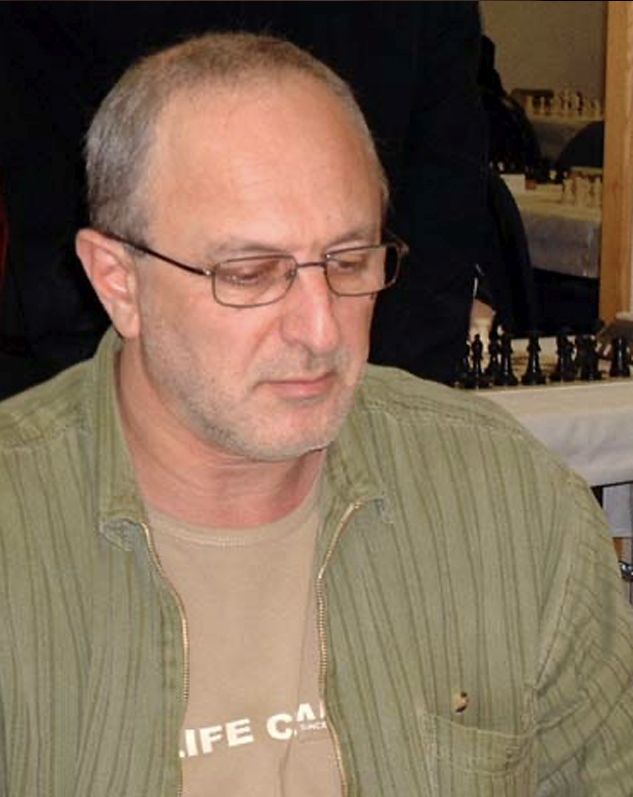
I did a talk show with Vishy at the Chennai International Center, in which he explains this whole concept.
In the 1990s when this was played, it was not the Anand who knew how to peel the onion. He was still playing very fast. So you will find a lot of moves like Ng5. Extremely committal, positionally incorrect, but in Anand's mind there was never a single doubt about the efficacy of the move. In Anand's mind, I have absolutely no doubt that the g5 pawn is an asset because he's going for the h7 pawn, the rook on a1 will join the rook on f1 later, and the stage is set for a kingside attack. This was a beautiful game, played by someone who loves to hunt his opponent's king and someone who really knew how to play chess.
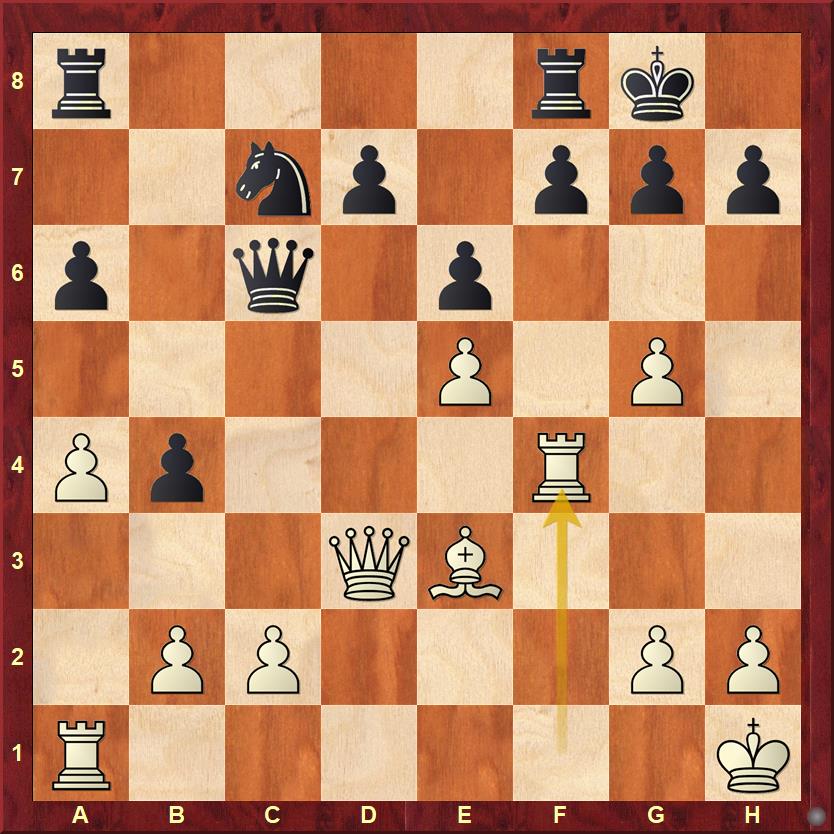
VS: This was another thing. Those days, people used to wonder how is it that Anand's opponents blunder so much? Two reasons. One is the rattling speed. You generally get 4 hours to play but against Anand, you get only 2.5 hours, there is no time to think in your opponent's time! The second thing is the fluidity of his ideas. This whole Rf4-Rc4 and Be3-Bc5 idea was to drive the queen far away, and now Anand's pieces will shift to the Kingside with decisive effect.
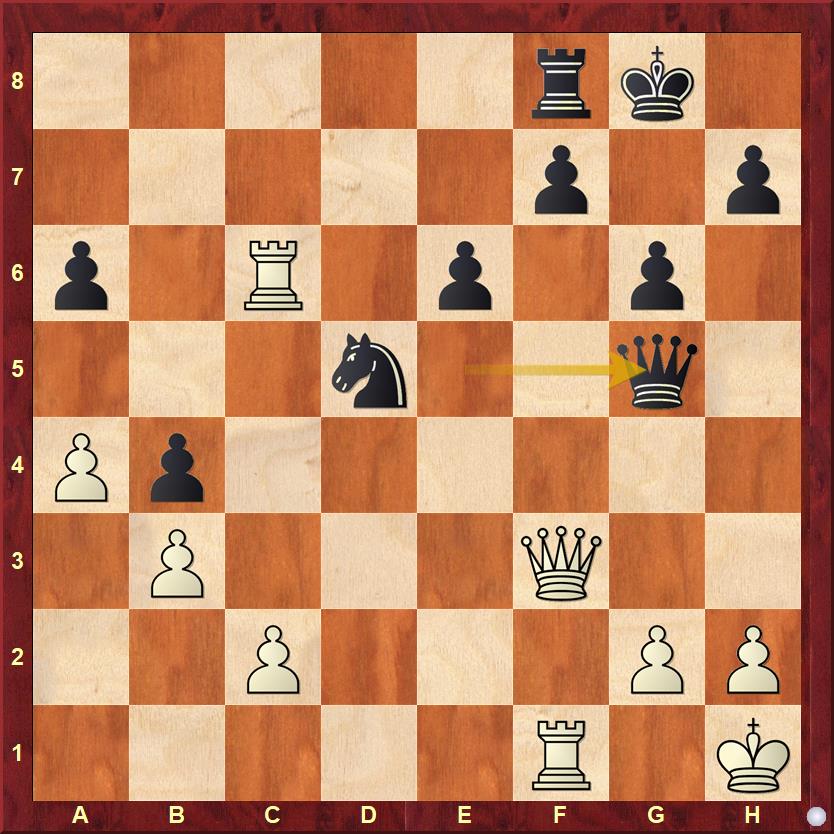
VS: Anand finishes the game with a very nice shot 31.Rxe6! In many of his games in the 80s and 90s, the final move would be such a tactical shot that the opponent would resign.
SS: Ribli lost the game in just 31 moves, and Anand took only 20 minutes of his time. Amazing! I have heard when Vishy used to play fast, everyone used to tell him that slow down, slow down. And then at some point, he got a little bit confused. And then his father advised him saying that "just do what feels right to you". Did this happen?
VS: Yes. Basically, there is a story of the Peria couple who were very close to Anand in his formative years. I think it was Maurice who told them that, you should play a little slowly, those kinds of things. And of course, he got his education from Mikhail Gurevich. Anand would even discuss these things with his mom, and they would always feel that he should just do whatever he does, because he plays fast, but look how amazing he plays. See, after all, there may be 2/3 mistakes in this game maximum, but even a super GM makes mistakes. I mean, flawless chess is played only in about 10% of the games played by super grandmasters even today.
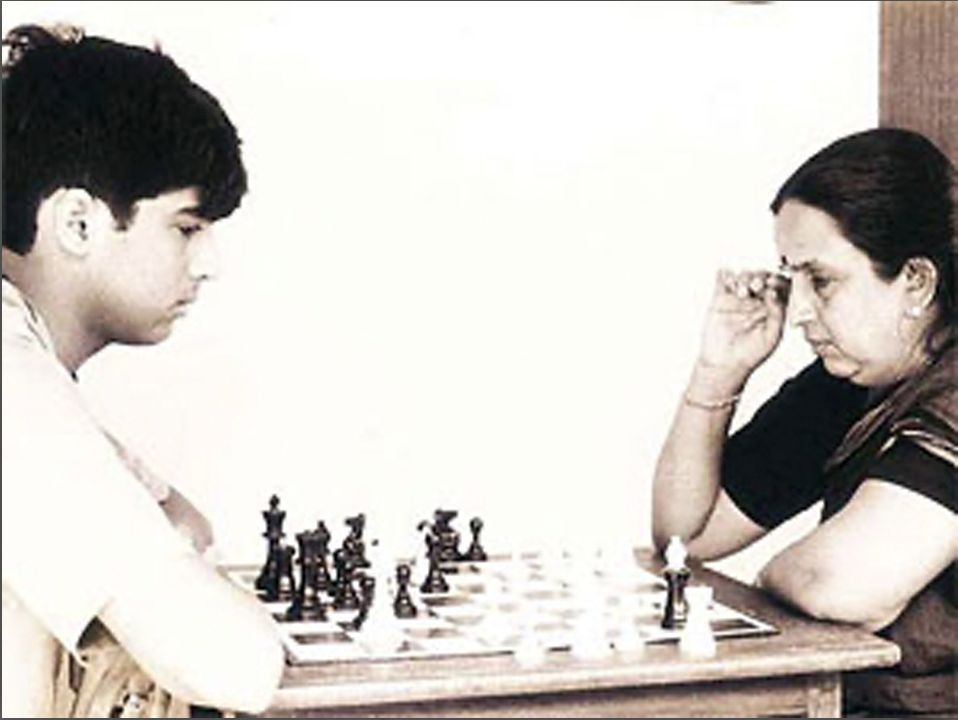
Viswanathan Anand vs Ivan Morovic Fernandez, India-Chile, 1990 Novi Sad Olympiad
VS: This game is one of my favorites because of the chaos that was created on the board. In this game, you can see the effects of Anand's fast play, there were more blunders this game. But it didn't matter, because the opponent was under time pressure and the position was gloriously complicated.
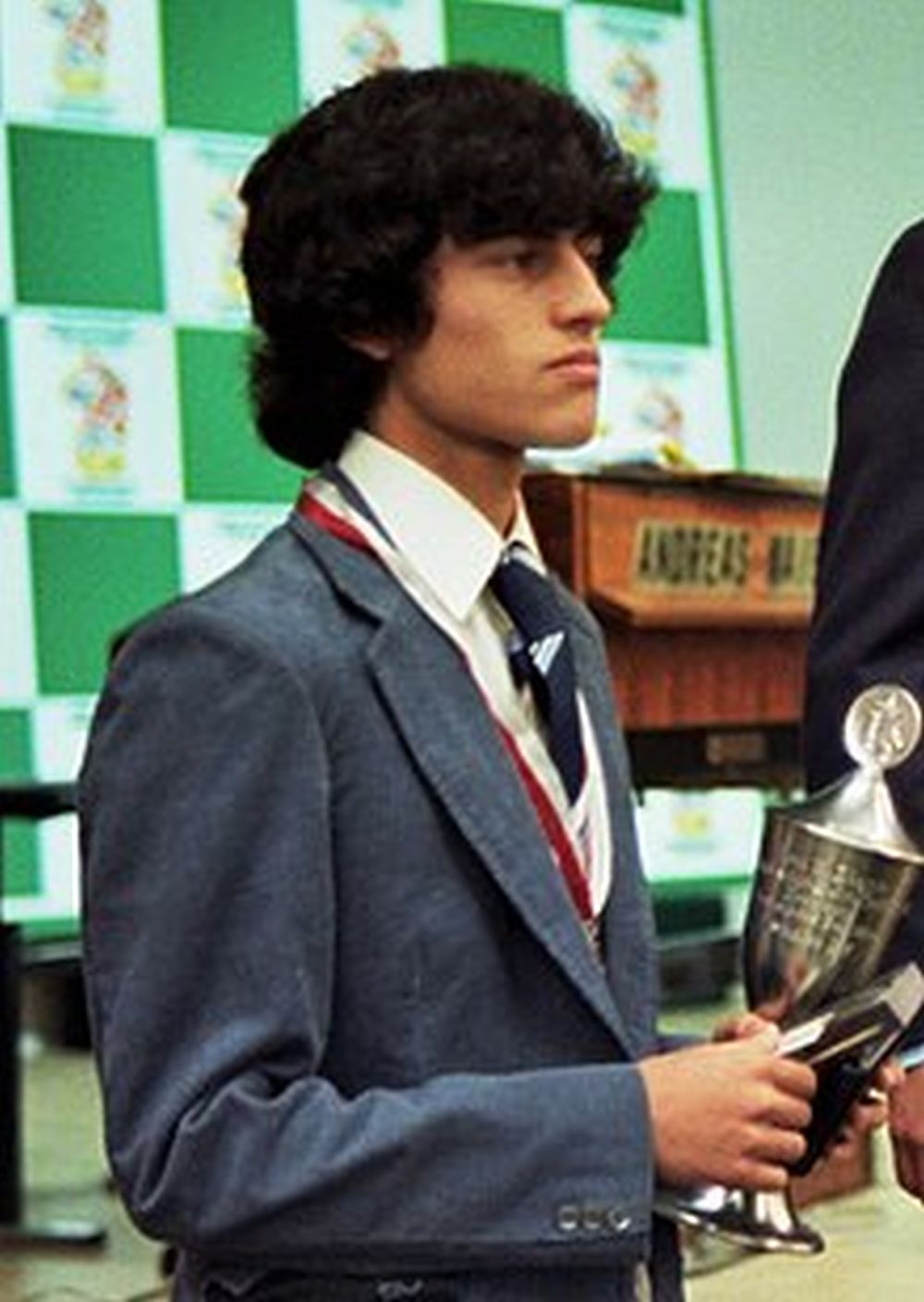
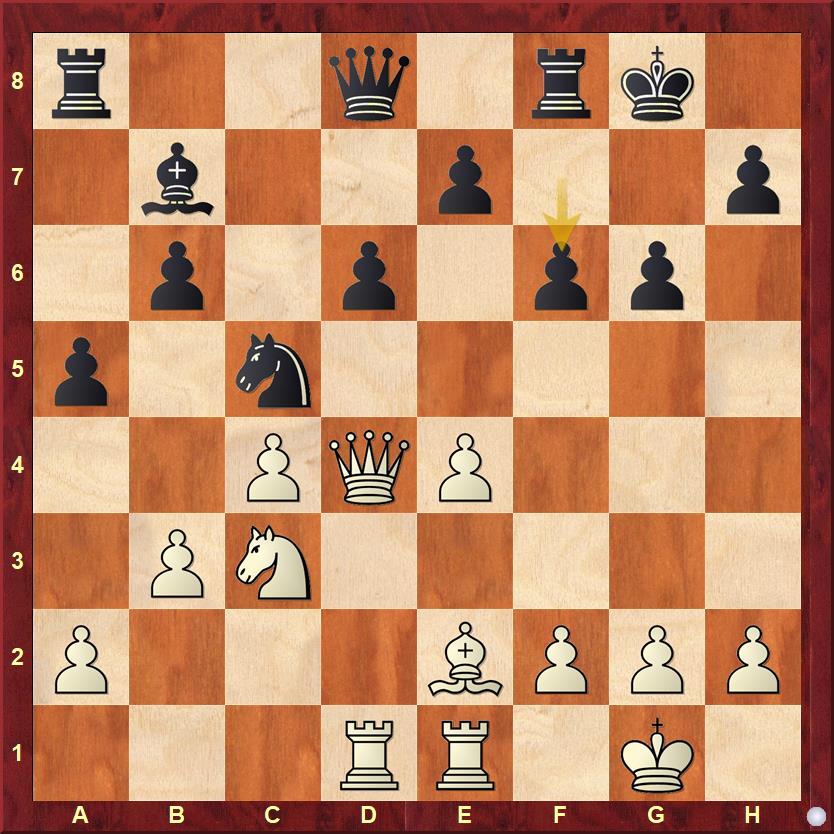
VS: I think Morovic's problems started from this point onwards. The kingside was already lacking defense, f6 does not help it. With all his pieces towards the center and in perfect harmony, Anand launched an attack in the queenside with Bg5 and h4.
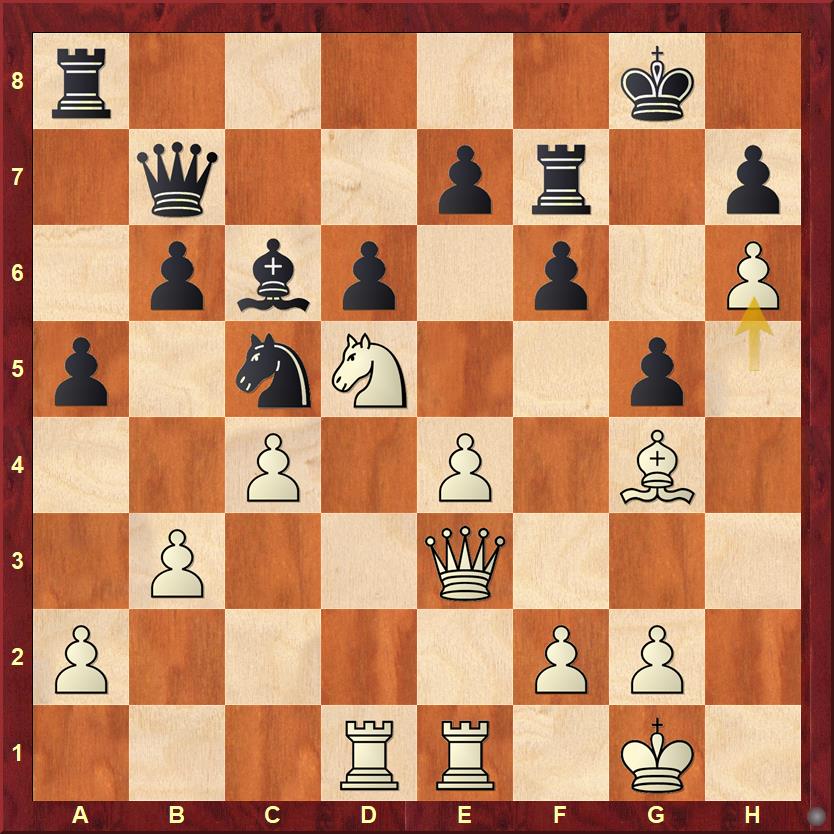
VS: Everyone talks about Alphazero today. Look at the Alphazero of the '90s [smiles] Vishy Anand just pushes his pawn all the way to h6. He followed this up with 23.a3, playing on both sides of the board seamlessly- the quality of a top player.
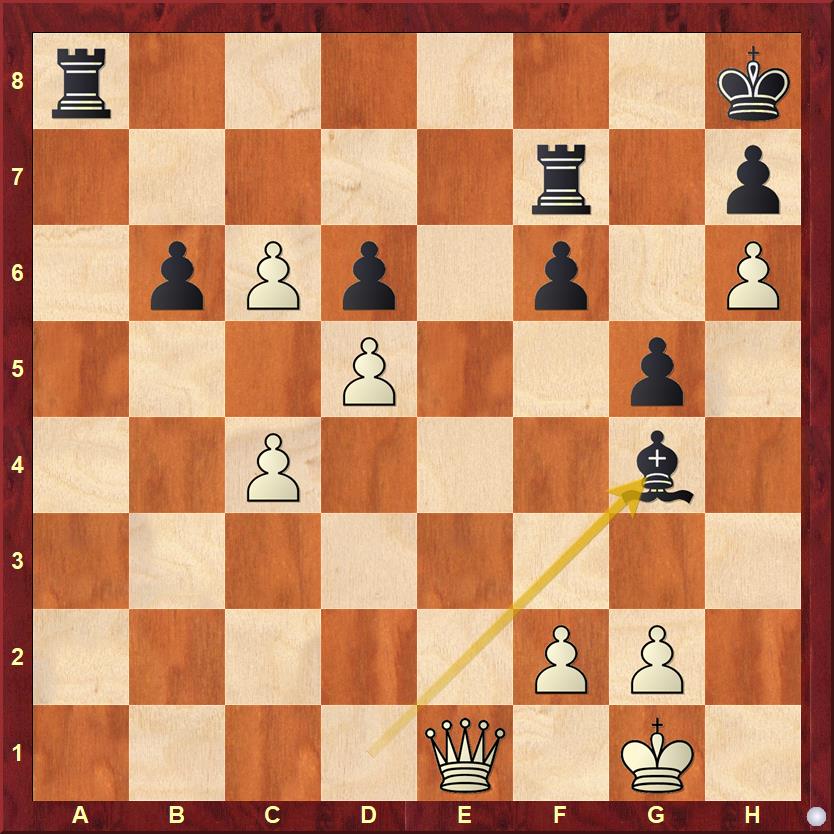
SS: I don't know what is the evaluation of this position, this looks dangerous for both sides. Even though there's a strong passed pawn, Anand is a piece down.
VS: The pivotal point of this position is the d6-pawn. If the d6-pawn is captured, white is completely winning. Here Anand made a mistake by playing 31.Qb4, giving Black chances to hold. Instead, Qe4 would've been a much simpler win. The Bishop is forced to move, and Qe6-Qxd6 will be the follow-up.
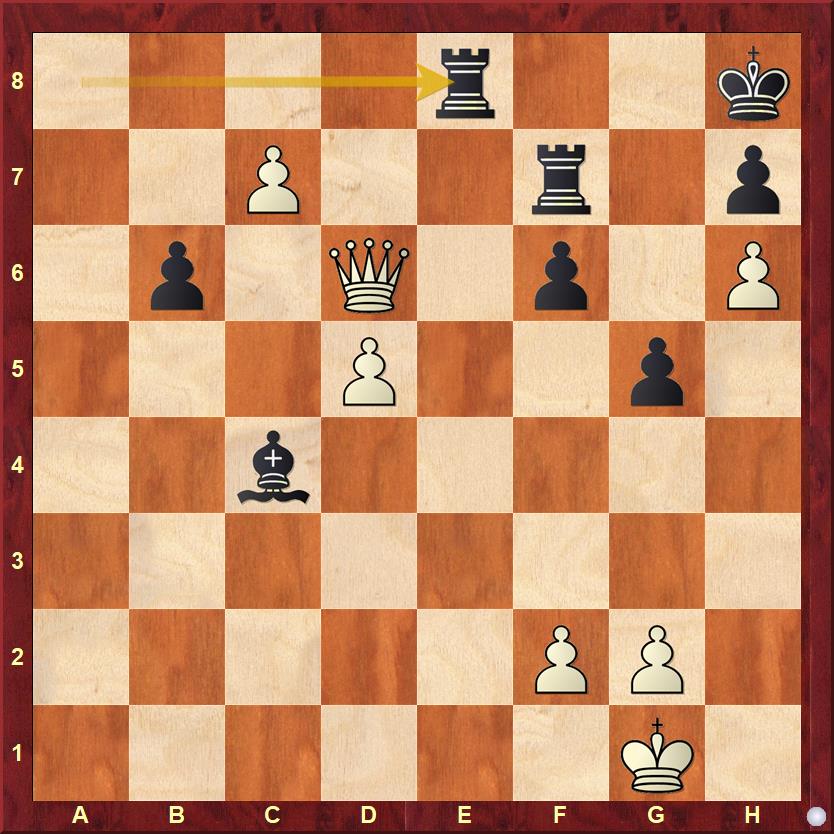
VS: 33...Re8 was the final mistake by Morovic. If he played 33...Rf8, there was no win for Anand. Now Anand finds a very stylish way to end the game: 34.Qe6! Rff8 35.c8=Q! Rxc8 36.Qe7! and Morovic resigned, as there is no good way to stop Qg7#. The game again finishes with an attack on the kingside!
SS: The h6-pawn plays a key role in the end! What an amazing game. At that point, was India a formidable team in the Olympiads, and were we taken seriously by other teams?
VS: Not at all. I'll tell you a story without naming the people so that it's less embarrassing [smiles]. In the 80s, we had a lot of this Soviet Union-India cooperation. The Soviet Grandmasters would train Team India for the Olympiads. One of the most colorful personalities of Soviet chess and the coach of women's world champion Maia Chiburdanidze, GM Eduard Gufeld was having a training camp with the Indian Team at the time.
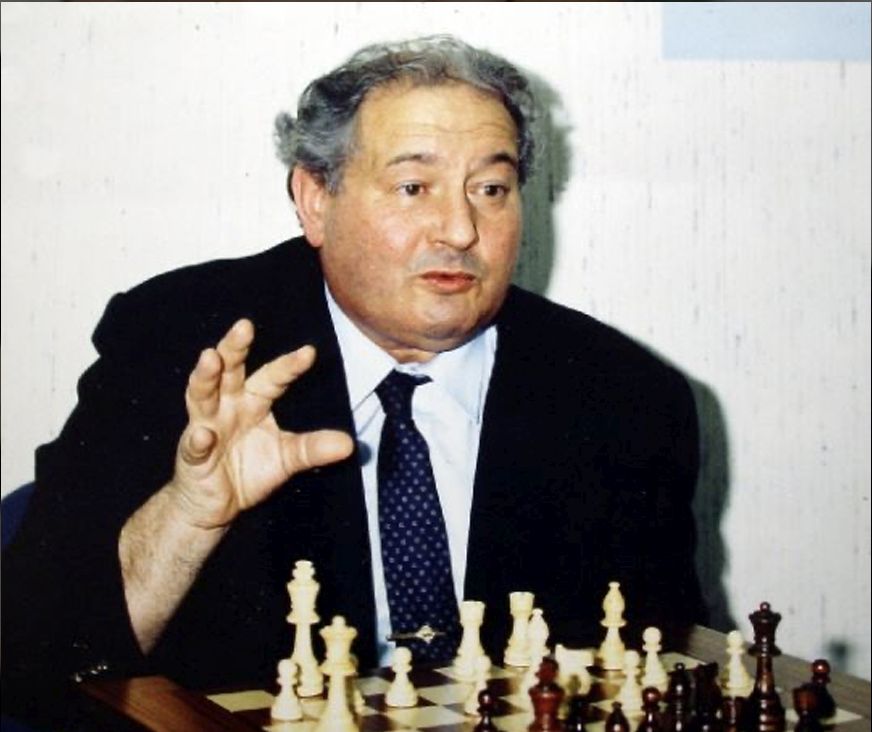
Gufeld was unable to pronounce the word "calculate" properly. So, he told all the players that whenever they needed to calculate, he would slap his left hand over the back of the right hand. In the team, we had a veteran International master who wasn't well known for his calculation abilities [smiles]. The whole time in the camp, he kept making blunders in the training positions. Finally, Gufeld yelled out exasperated [breaks out in laughter]:
My friend, my hands are hurting! Why don't you please calculate?
Those were different times. We had still not produced our grandmasters, and India didn't have that much economic prosperity at the time compared to the 90s and 2000s. But we were not the favorites at the time- the strongest nation in Asia was the Philippines. China had also started to produce some GMs at the time.
Daniel Hugo Campora vs Viswanathan Anand, Argentina-India, 1988 Thessaloniki Olympiad
SS: In this game, Anand's rating is 2345. In 1990, his rating was 2610! Did he increase 250+ rating points in just 2 years?
VS: Yes! He had to cross 2500 to become a GM. After that, as Anand says it, he played tournaments for over a year and distributed 100s of rating points with bad play [smiles]. Then he got a hold of himself and made the climb to 2600. From 1988, Anand's chess started to gain a certain balance. Precise positional chess, very good calculation, and the same speed and opening knowledge. By 1990, he was a complete player. During this game, he was still learning the ropes, not yet a Grandmaster.
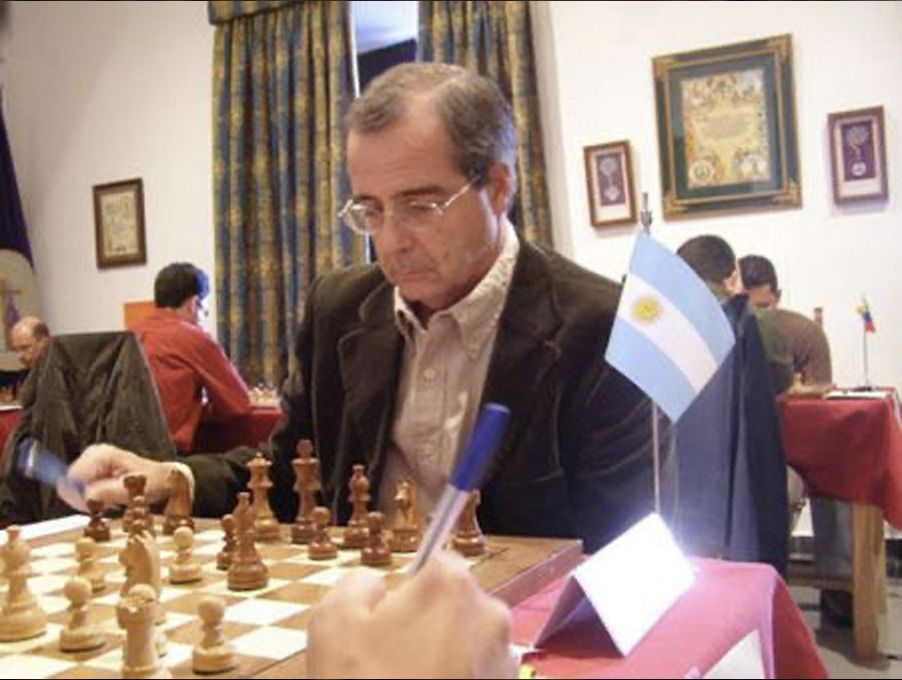
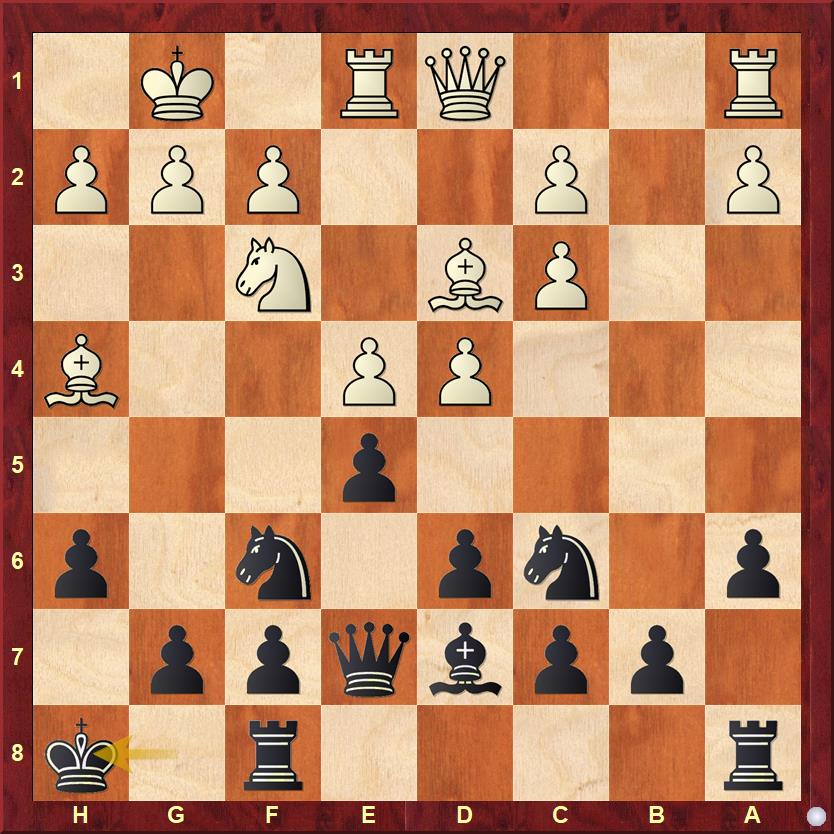
VS: The preparations for ...g5 start with this move. We all know the ..g5 idea, thanks to Bobby Fischer and Artur Yusupov's famous games in the hedgehog structure. Here you can see Anand applying the same idea in a four knights position. These were not very common ideas back then.
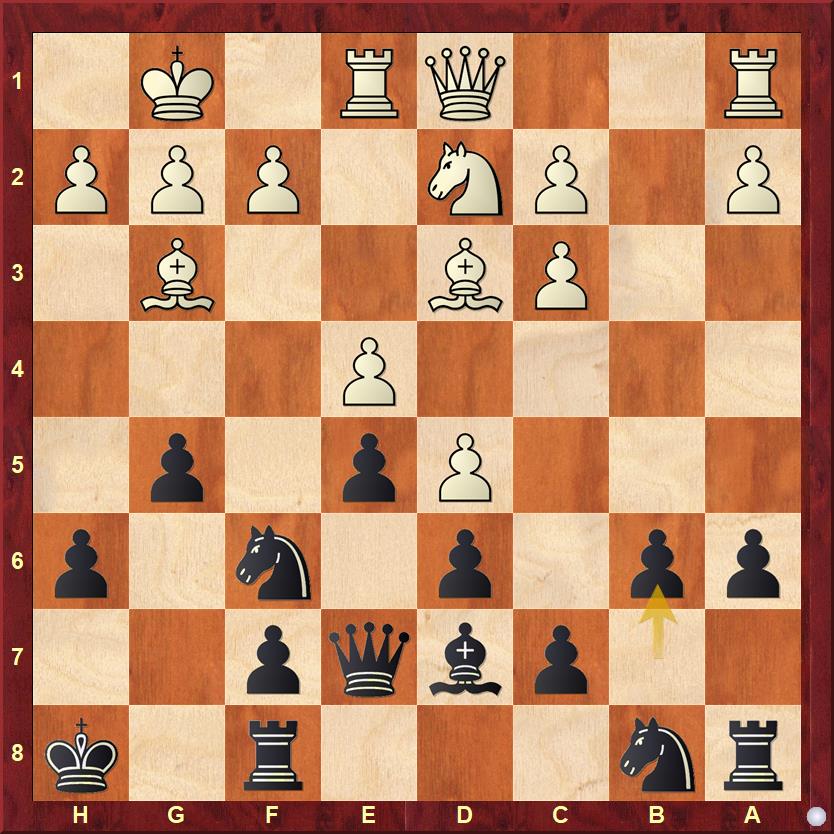
VS: Anand has already made his move on the Kingside, but he won't proceed with the attack before developing the b-knight. He pushed a5 next, followed by Na6-c5, then bring the rook on a8 to action. After these are done, he will continue with the kingside attack.
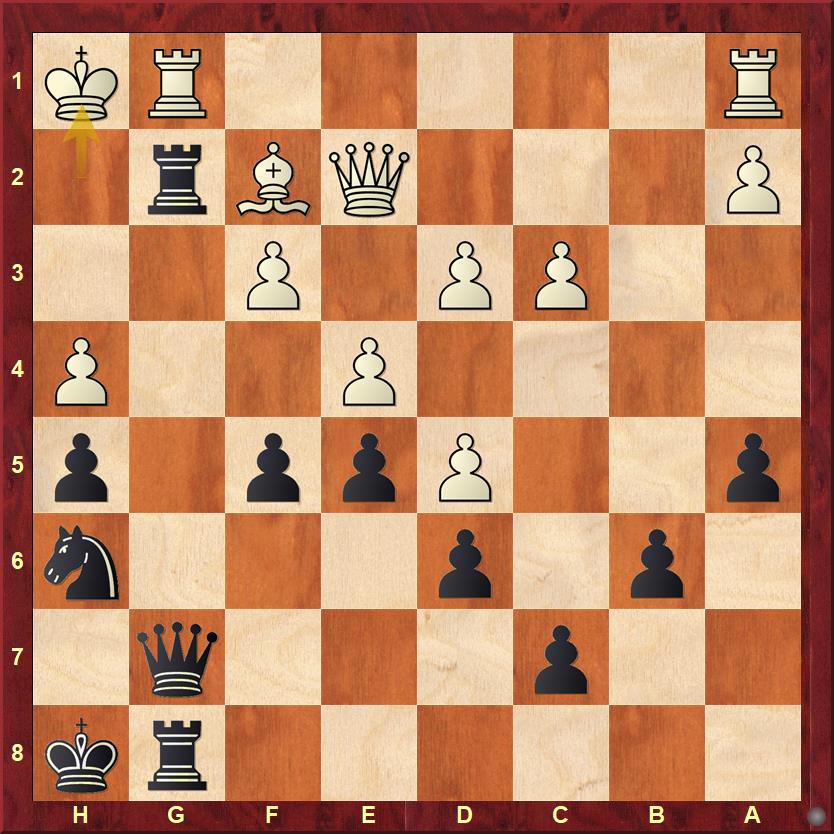
VS: Anand played the very nice 33...Qg3! here. White was forced to exchange the queens, and the endgame is completely lost as one of the pawns will fall. Anand went on to win the game comfortably.
SS: Seeing these games of Vishy in his youth, it seems to me young players have more energy in their pieces. I have tried to play this way, but always found that I'm missing one tempo! But these players are always on time.

VS: Vishy's play in the 90s always had a certain flamboyance. Anand was not an opening theoretician in those days, but he always knew where to deviate from opening theory and create an original position that had rich possibilities. You know, in his first and last game against the legendary Mikhail Tal, he played c4 c5 Nf3 Nc6 Nc3 Nd4!? When he would come back to India after his Europe events, we had dinner together. One day I asked him, "Why Nd4?" He replied, "I was just having fun". [smiles]
SS: Thank you Saravanan for your time, it was too much fun discussing Anand's metamorphosis as a chess player. Bye!
VS: Thank you so much, Sagar. Bye!

